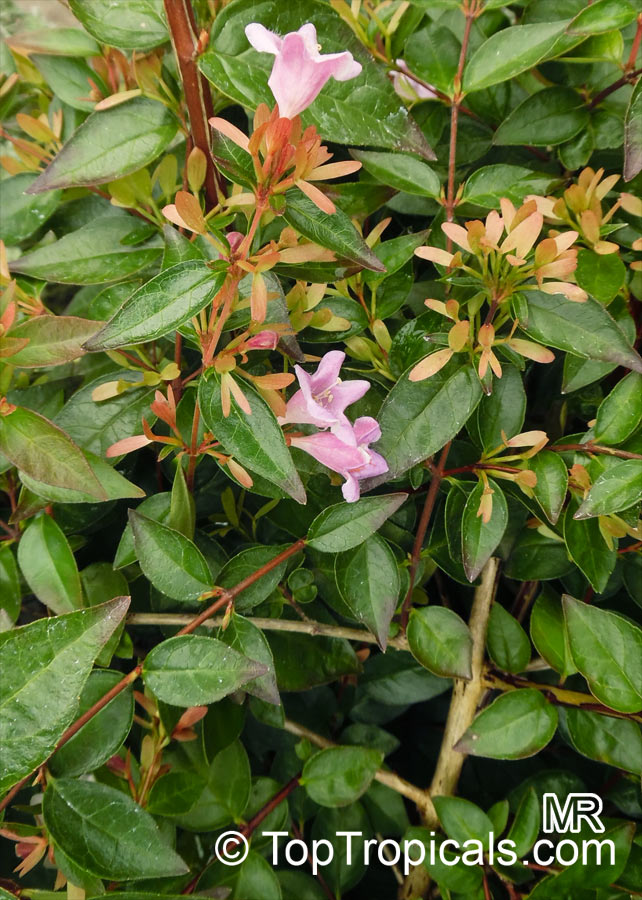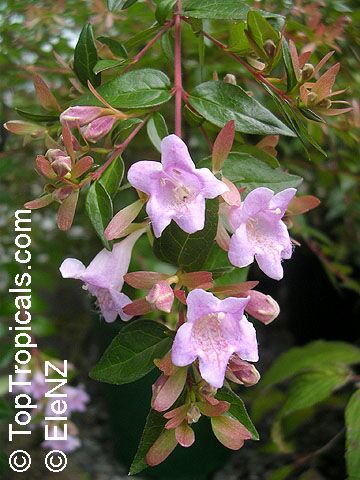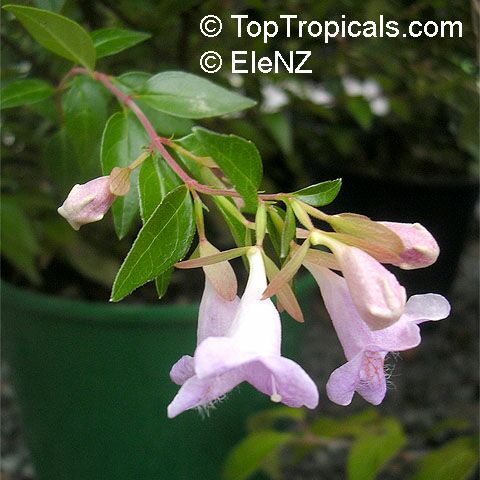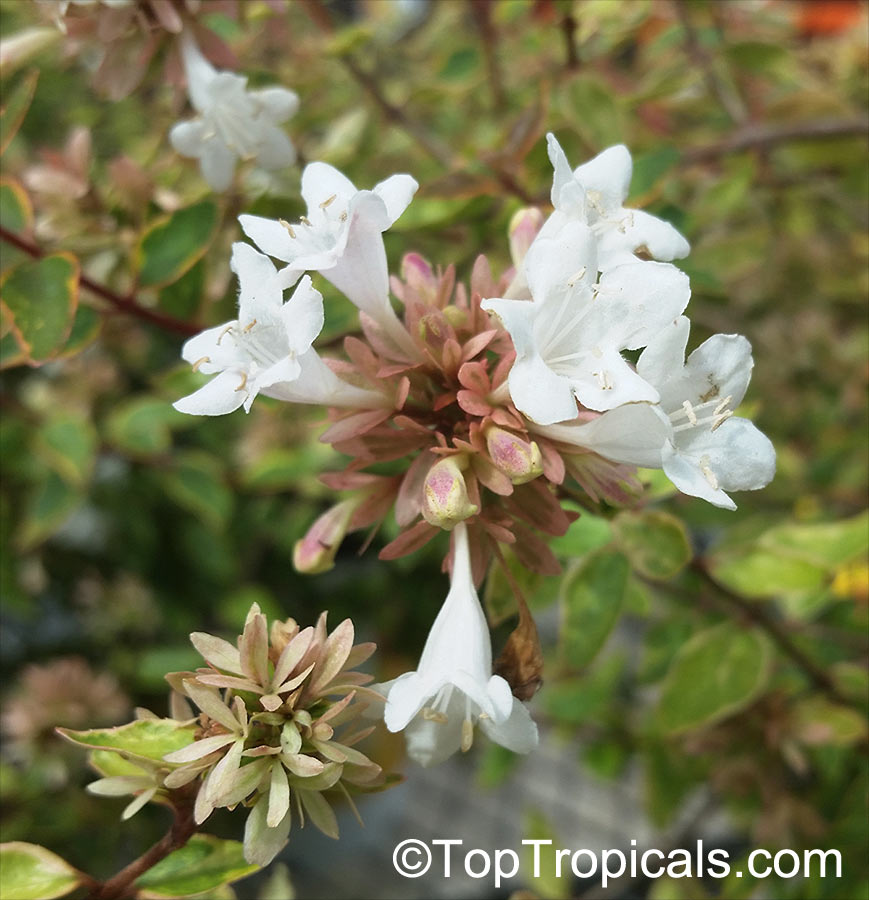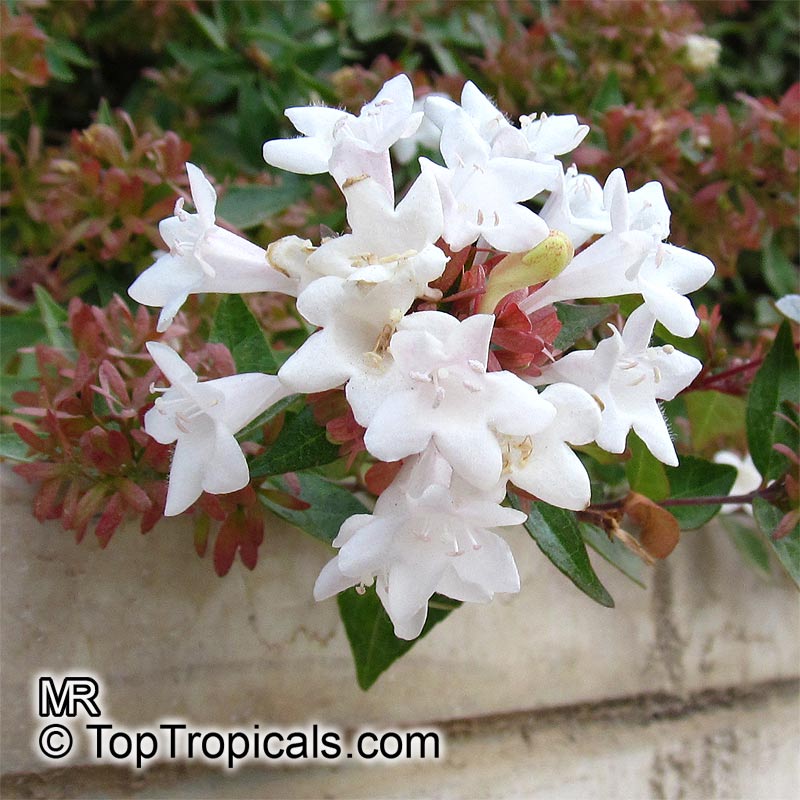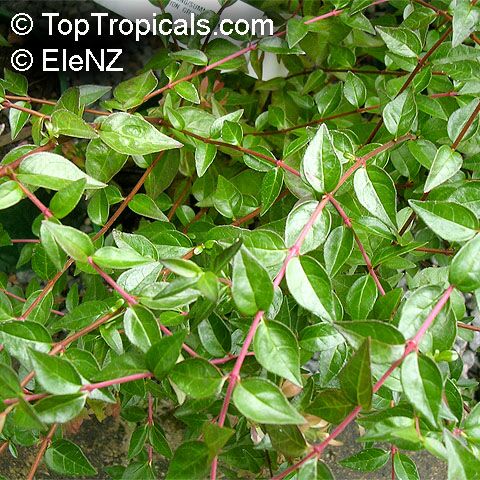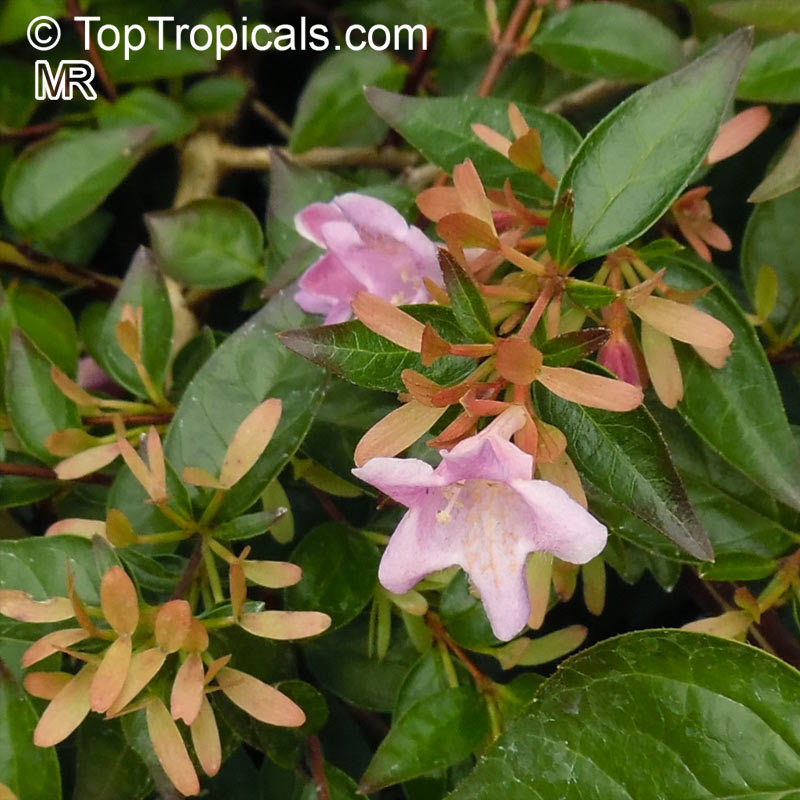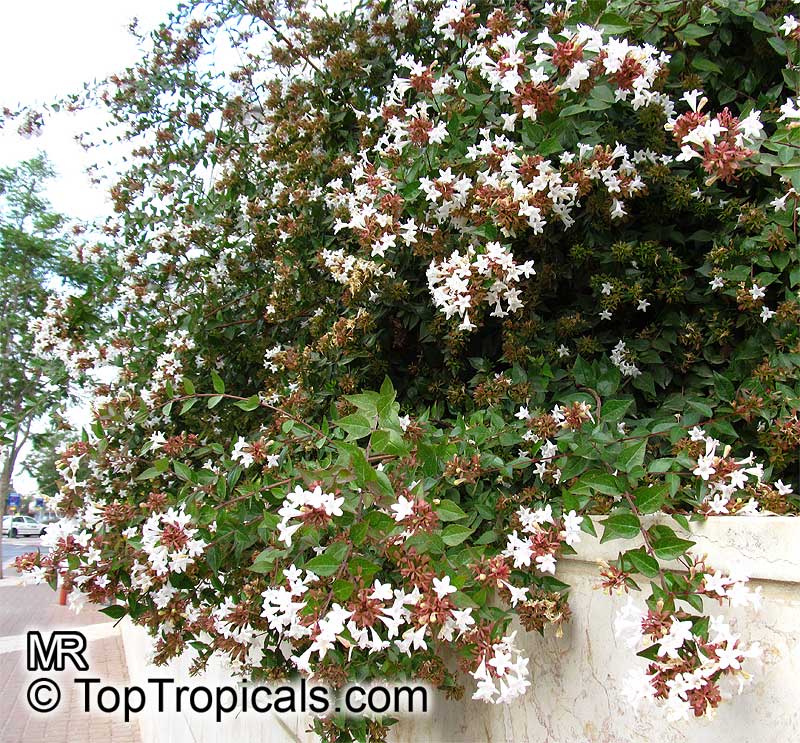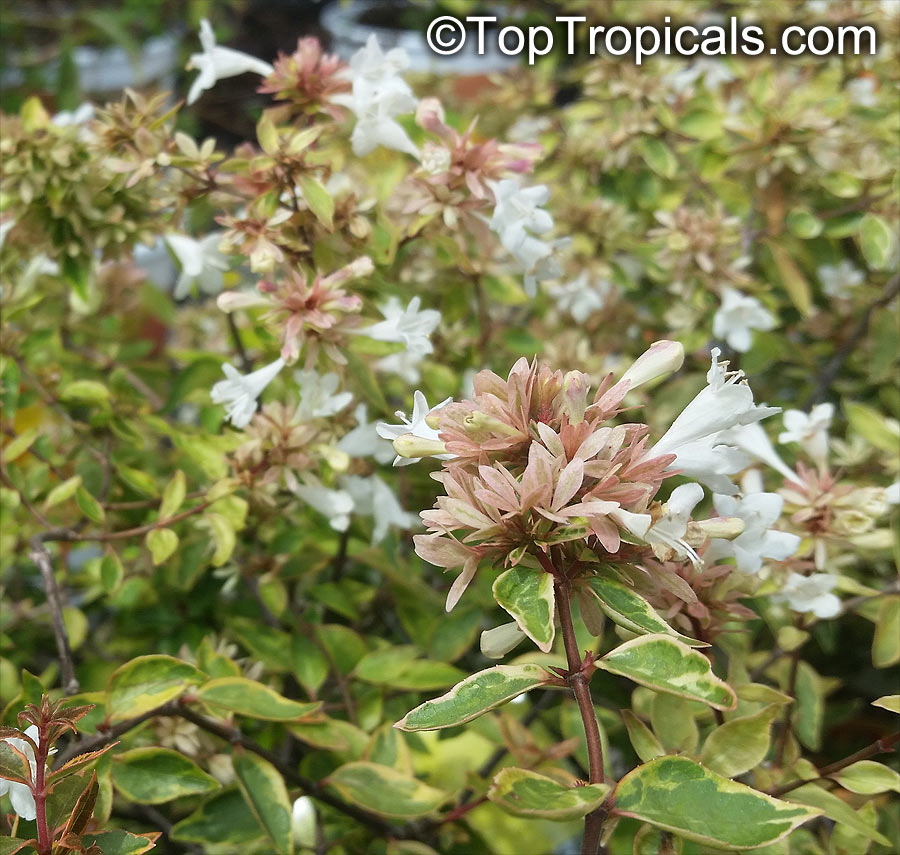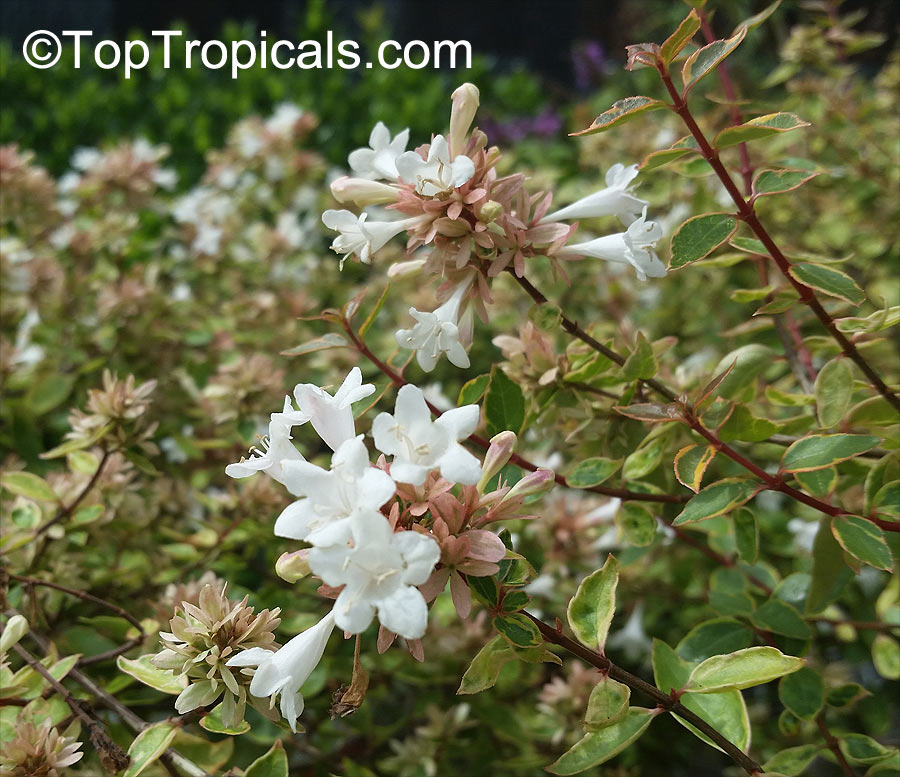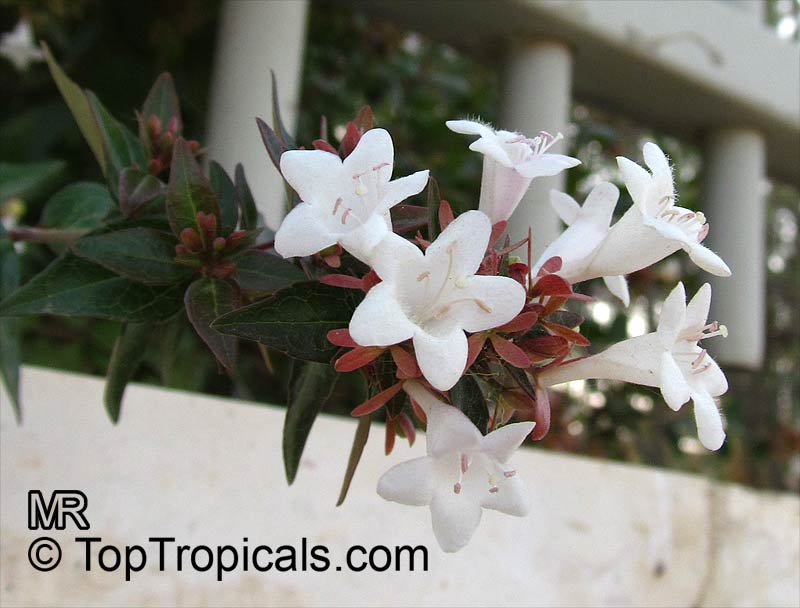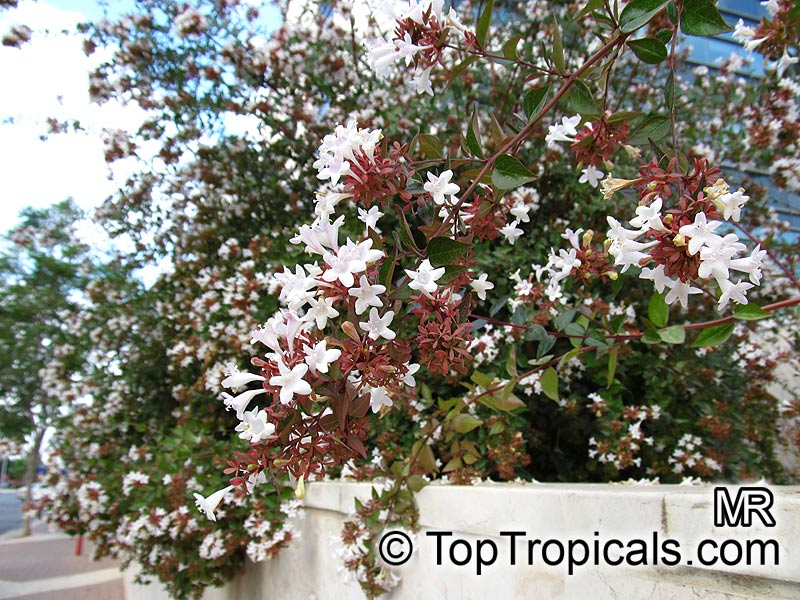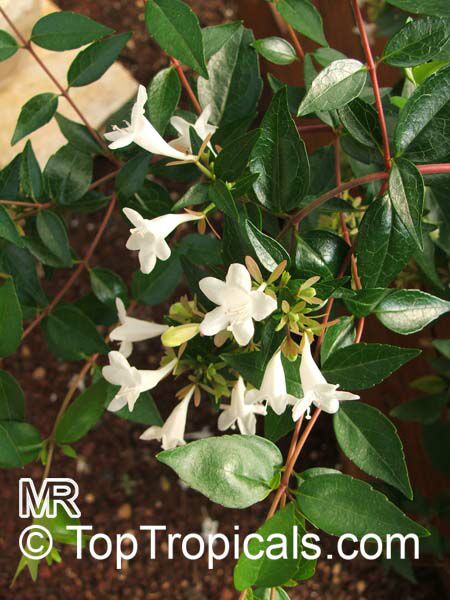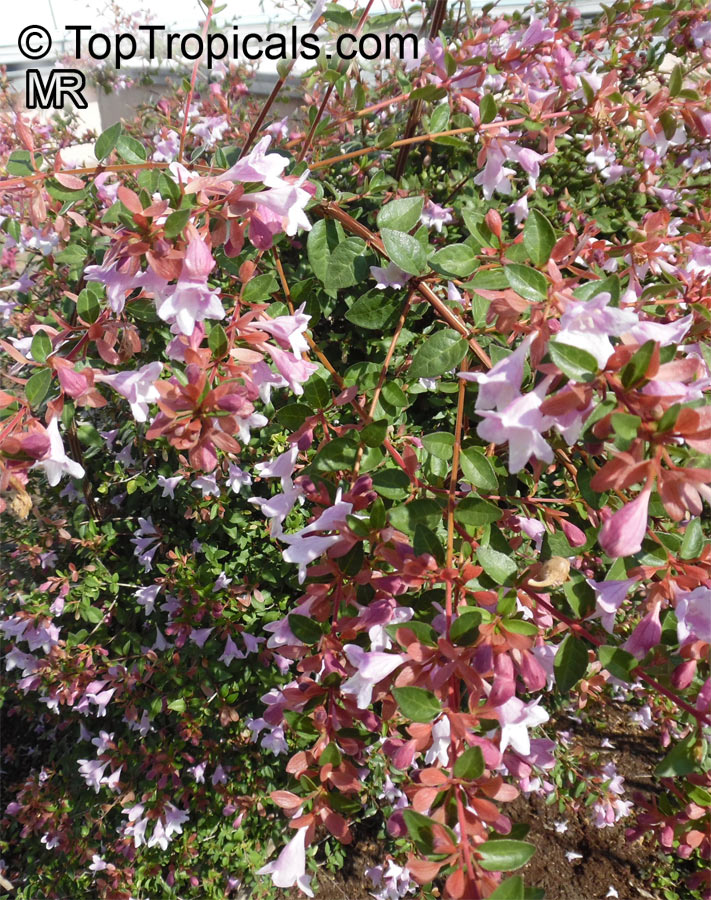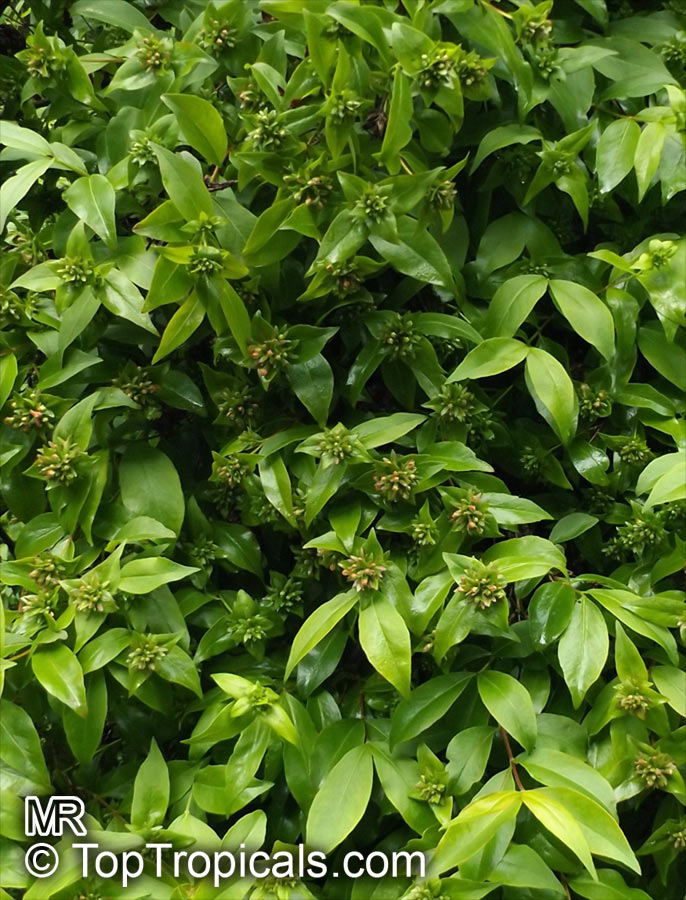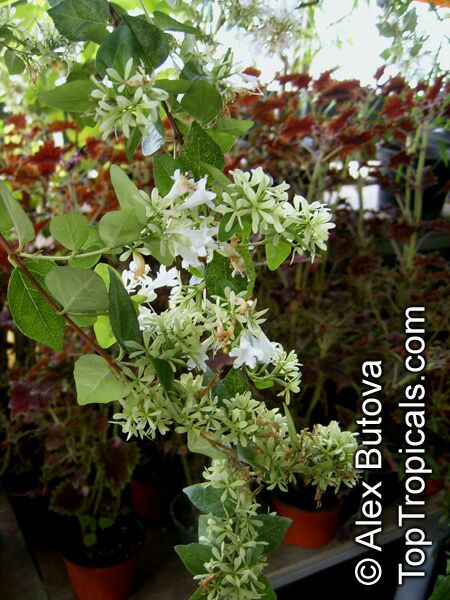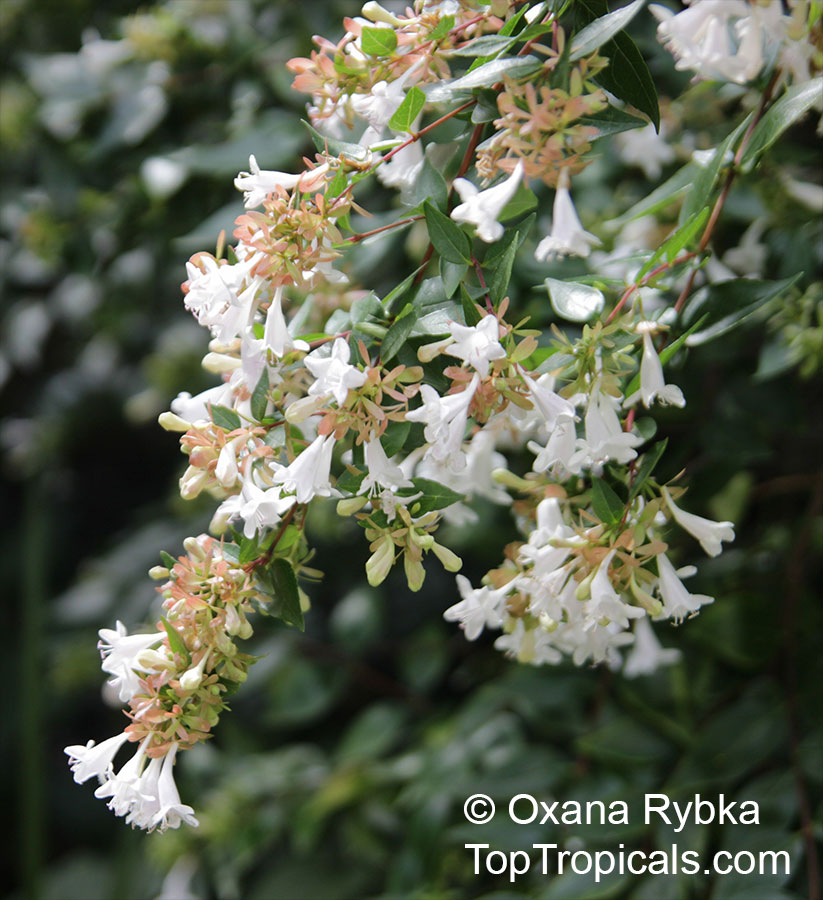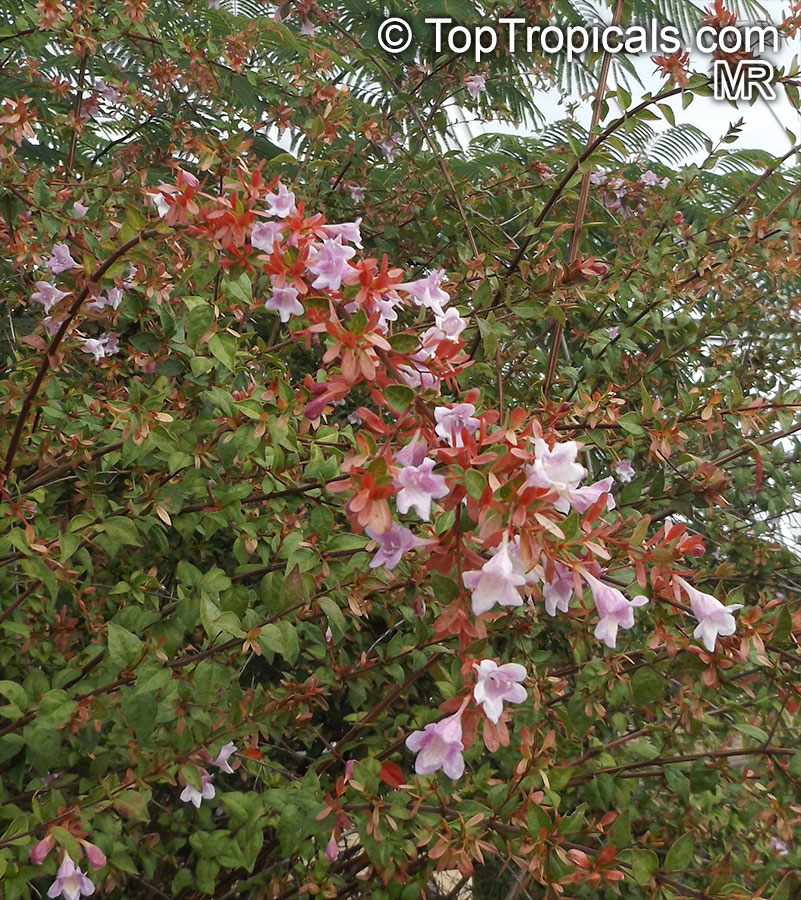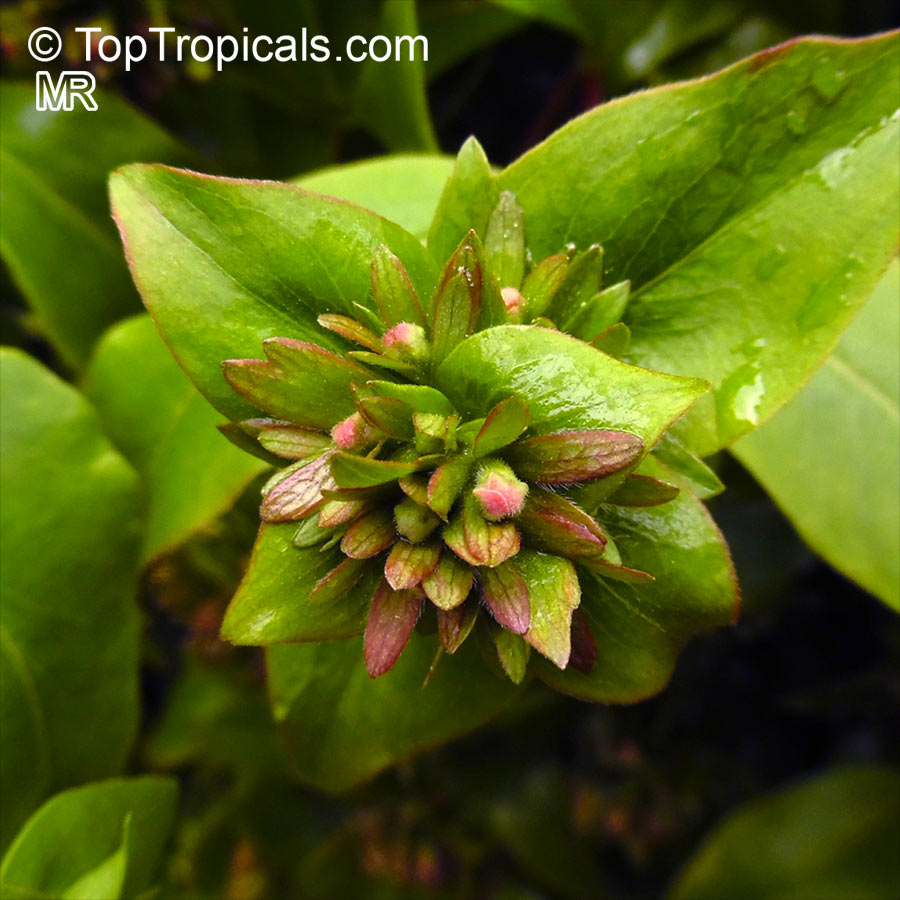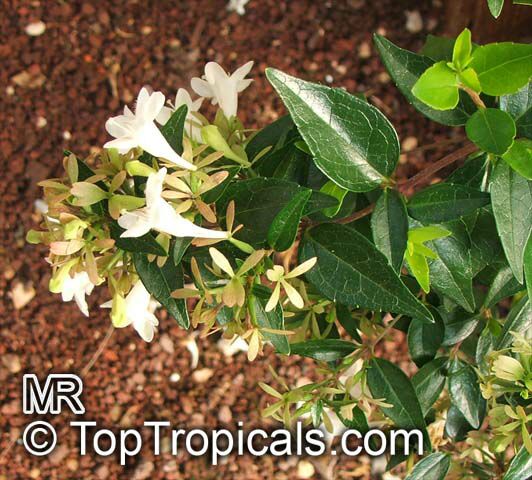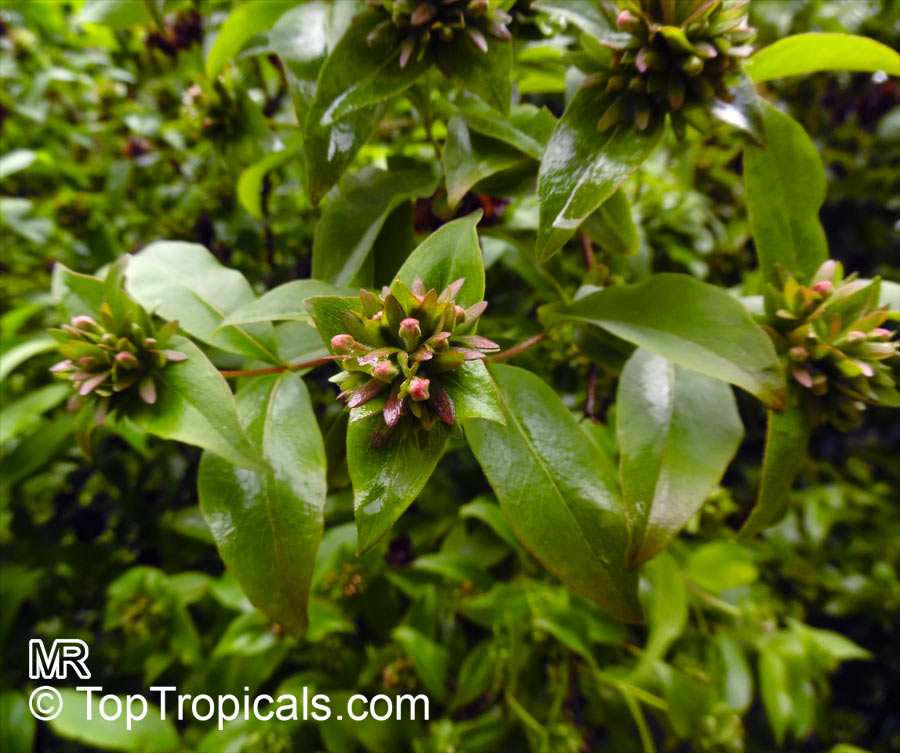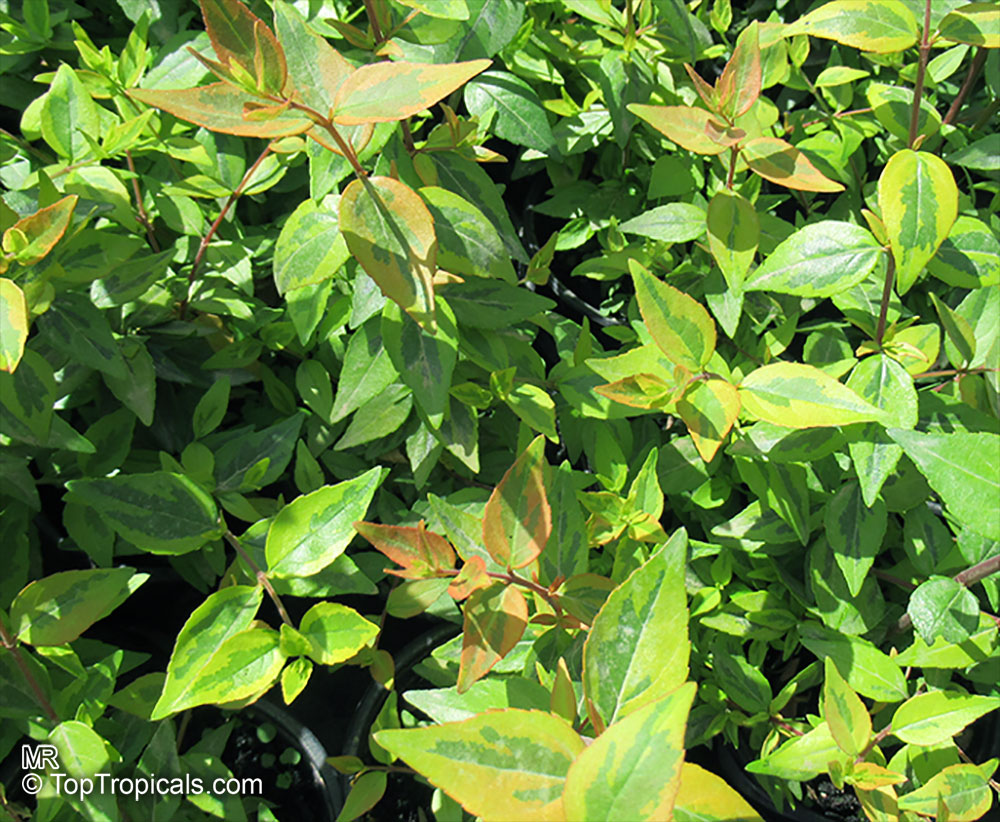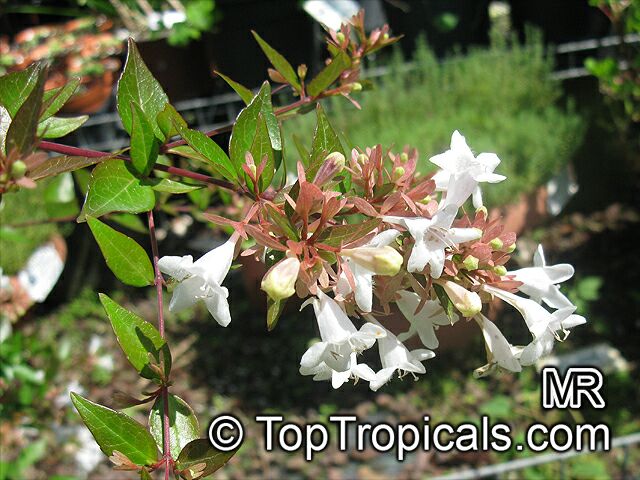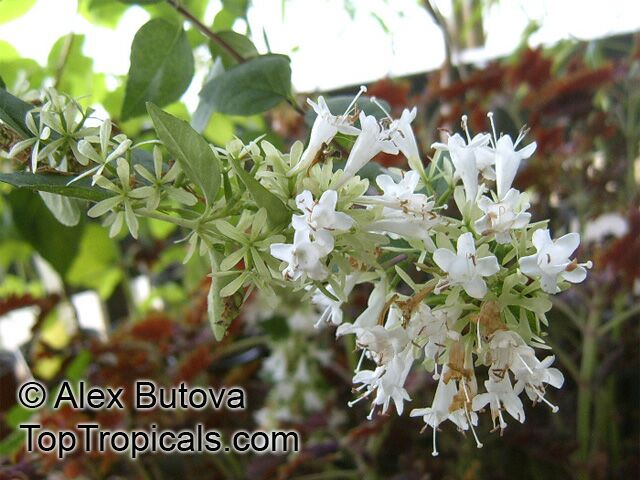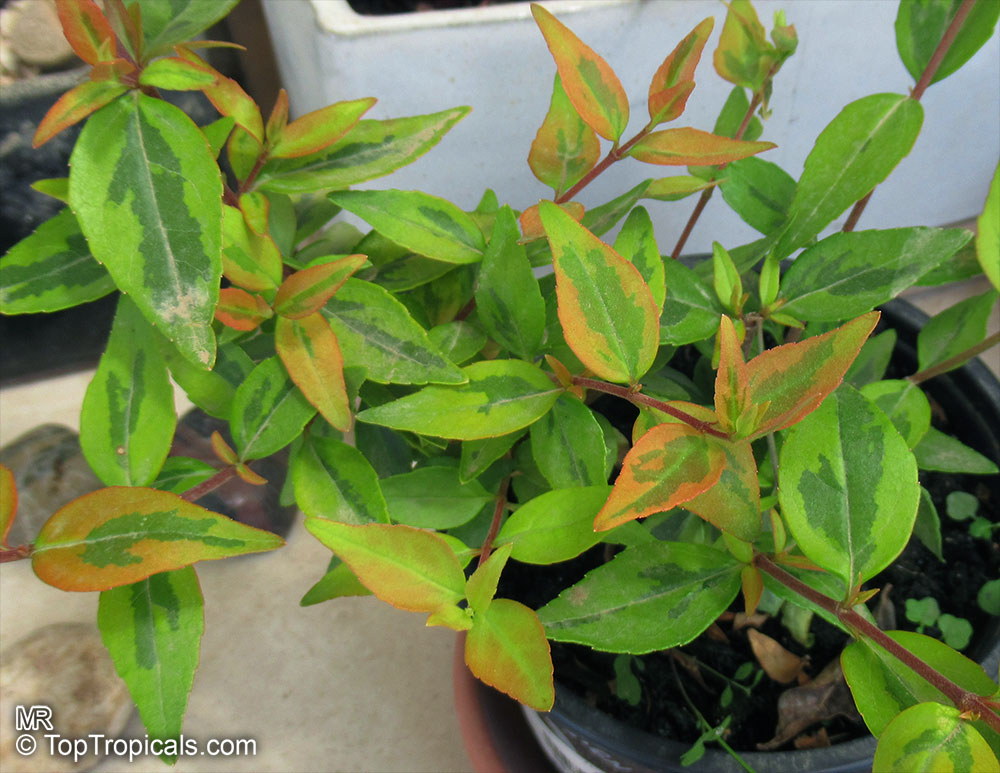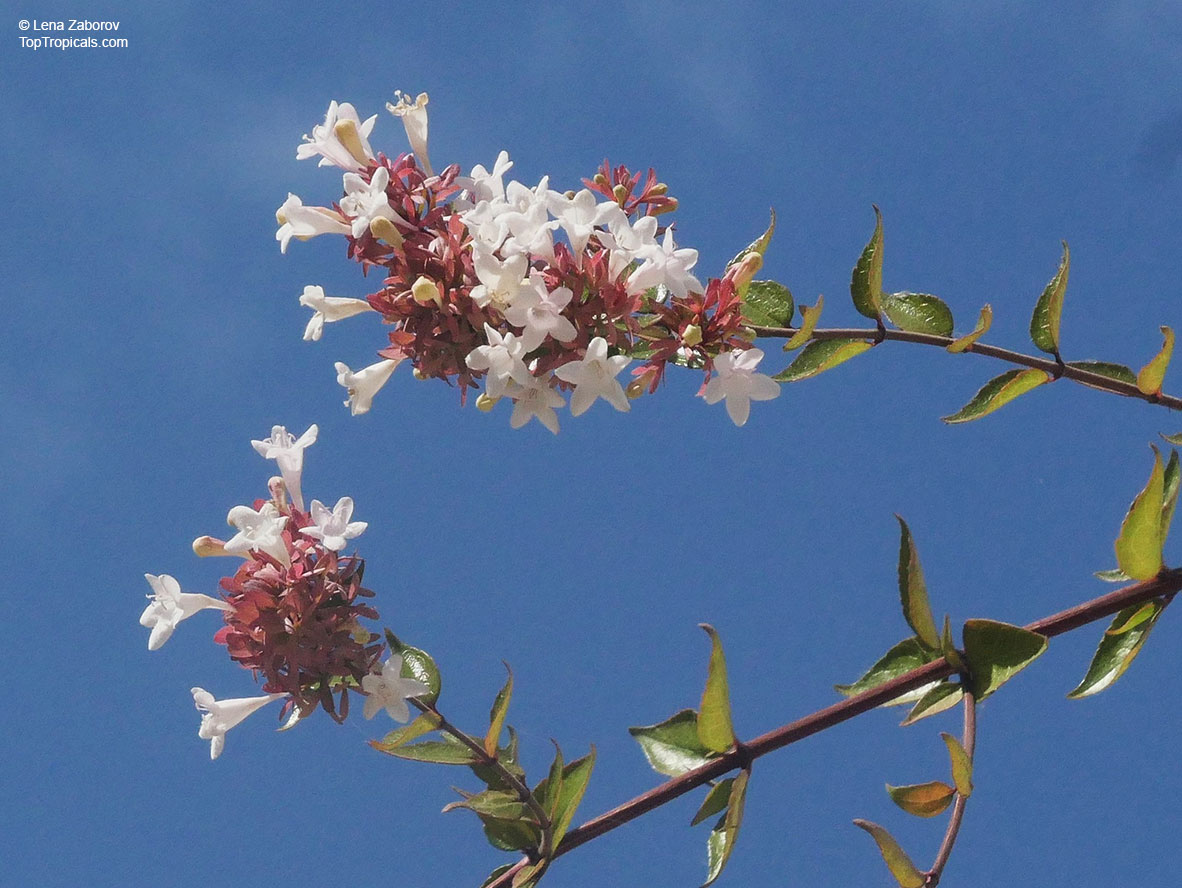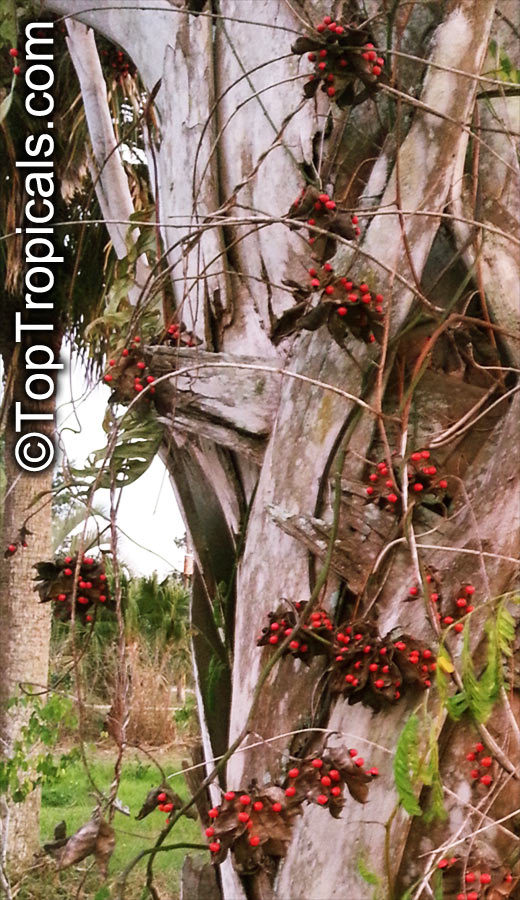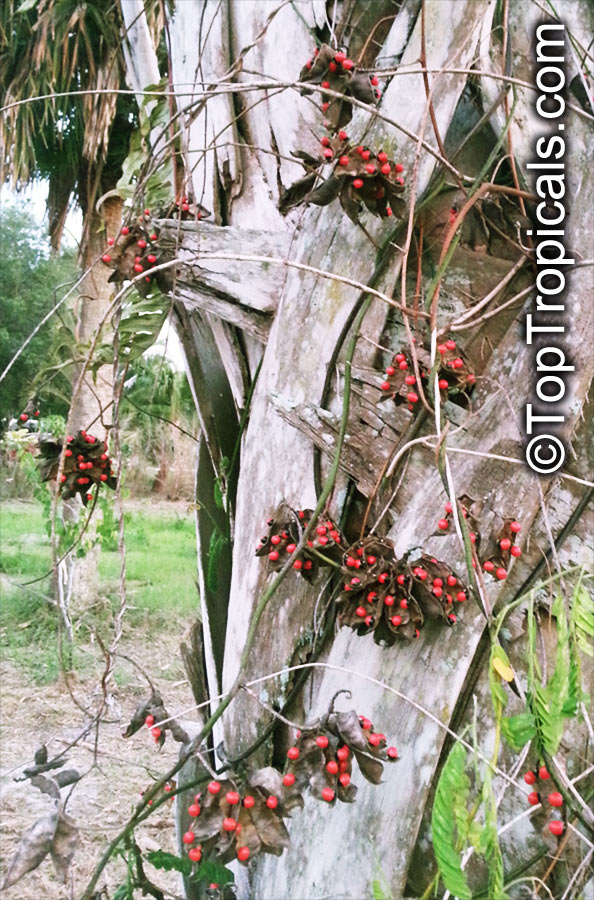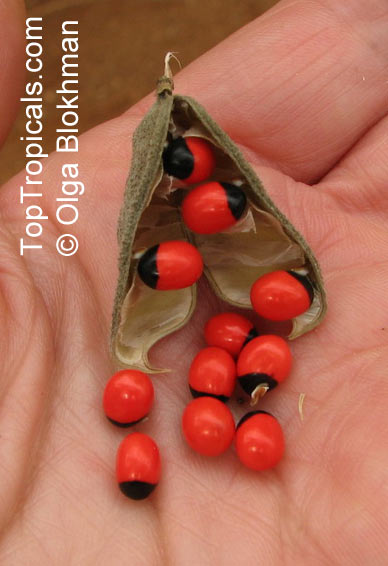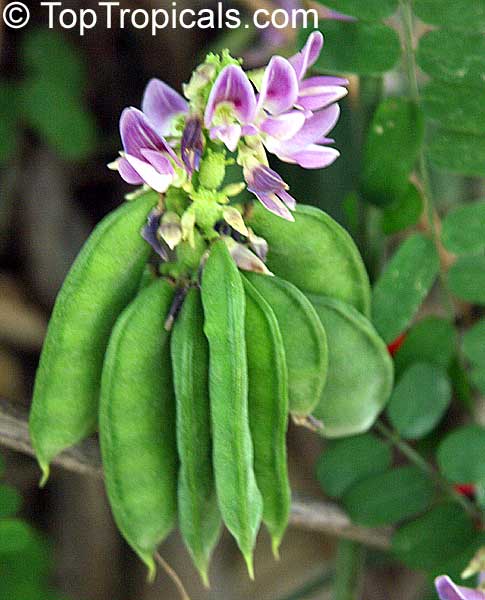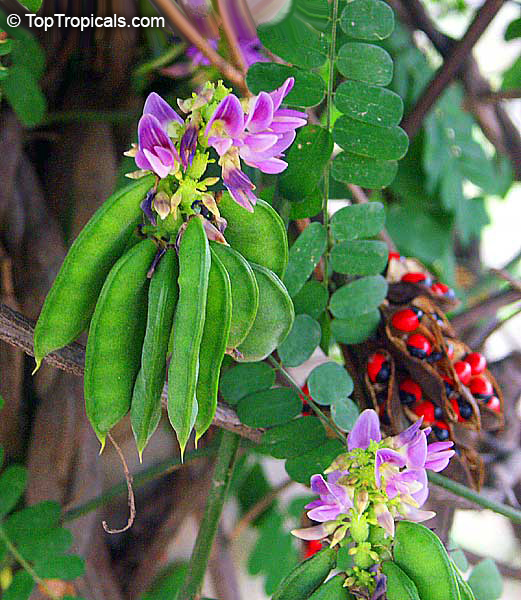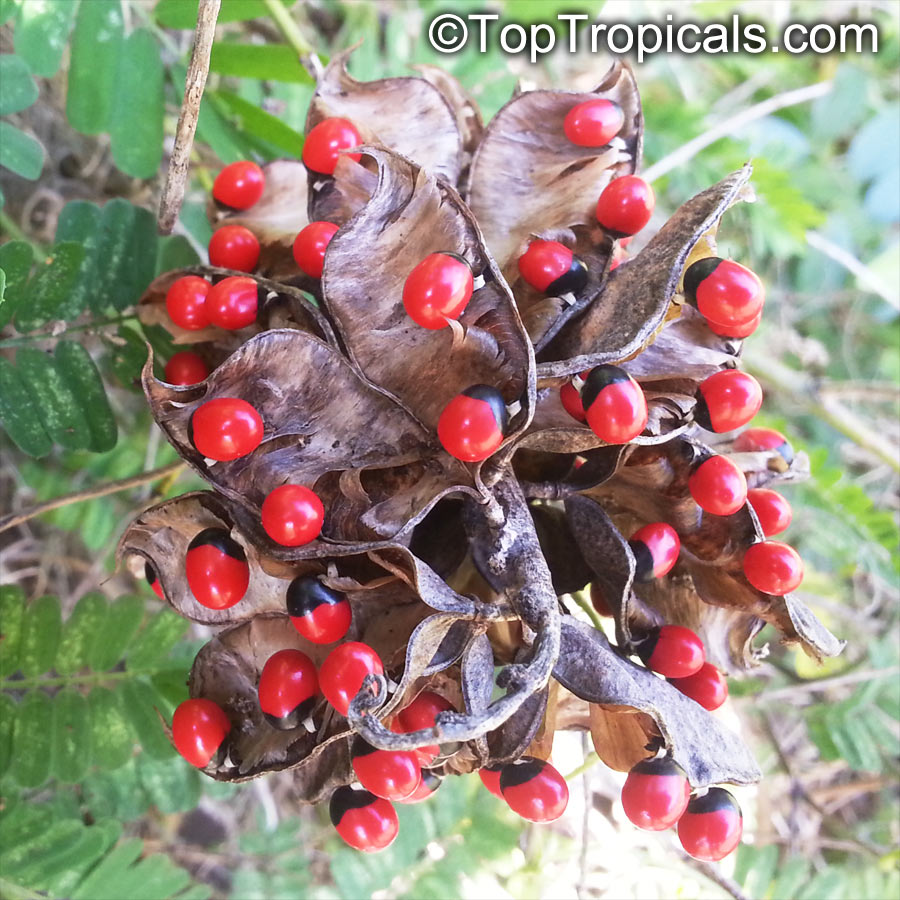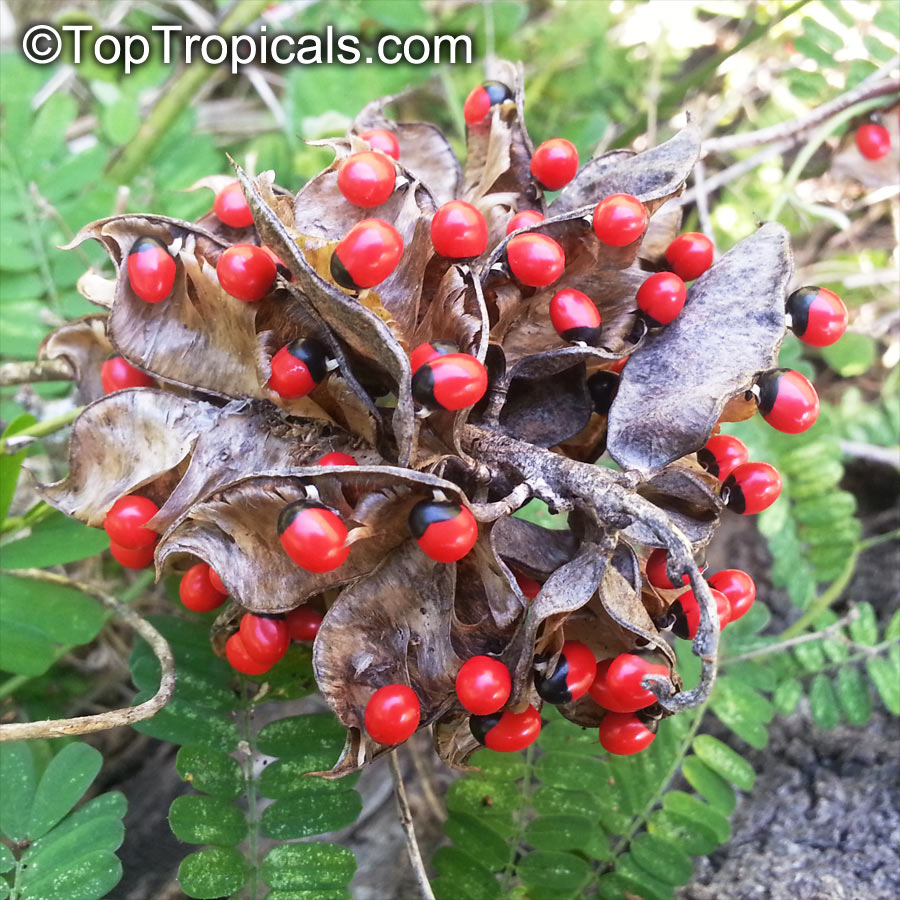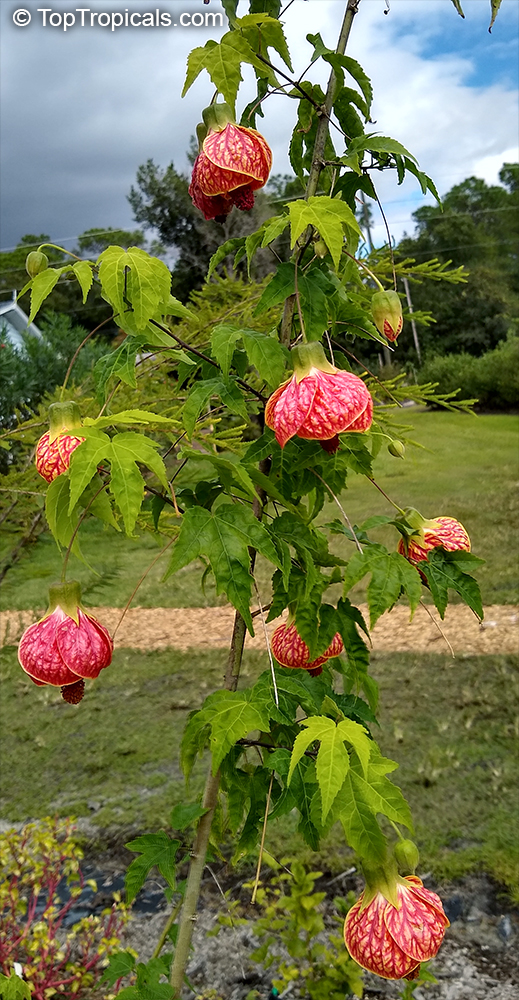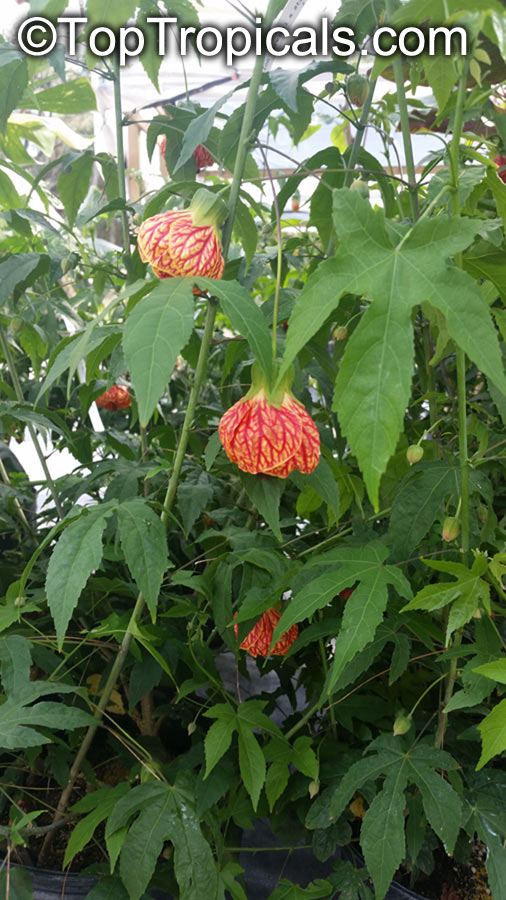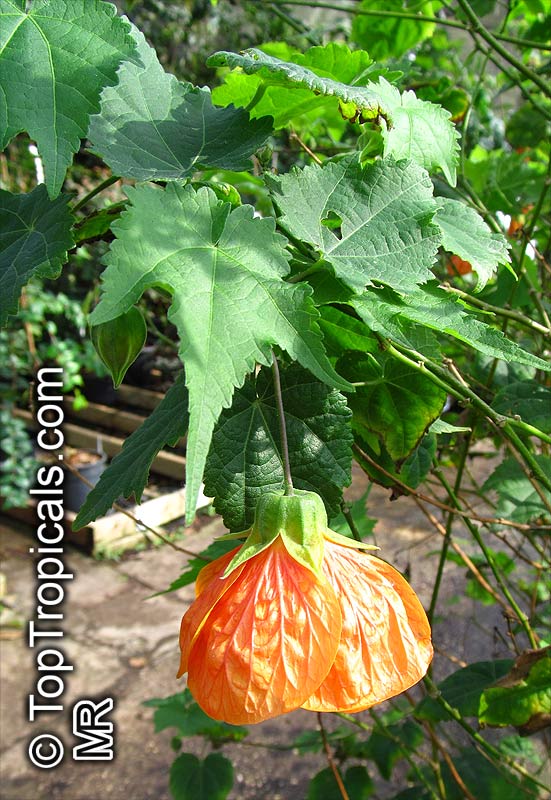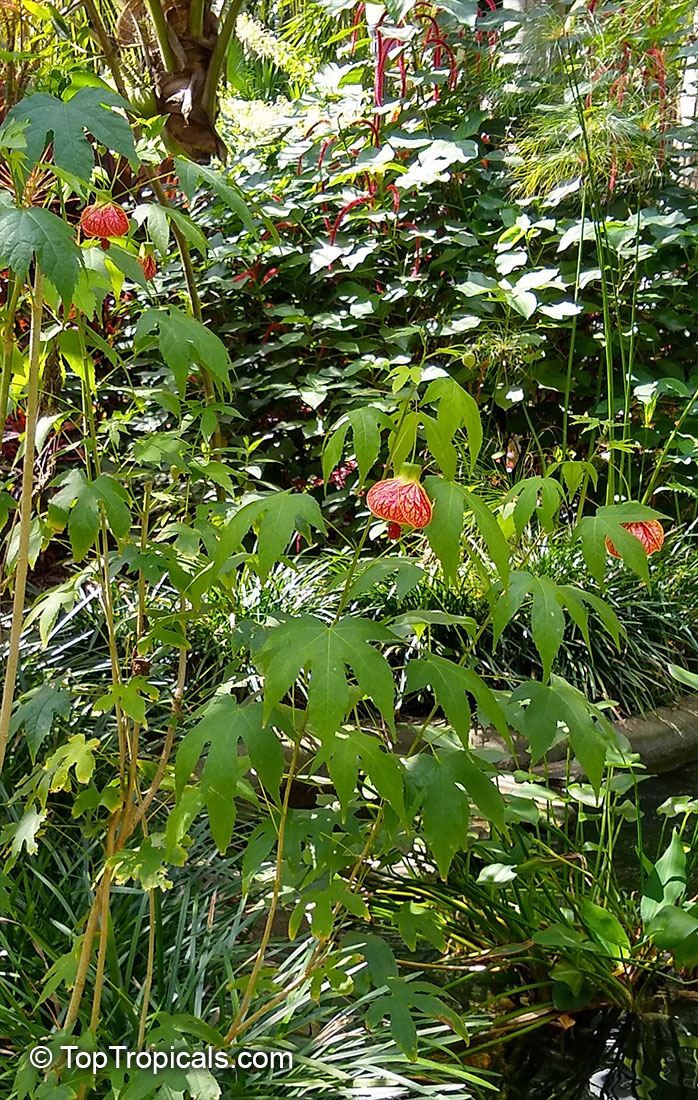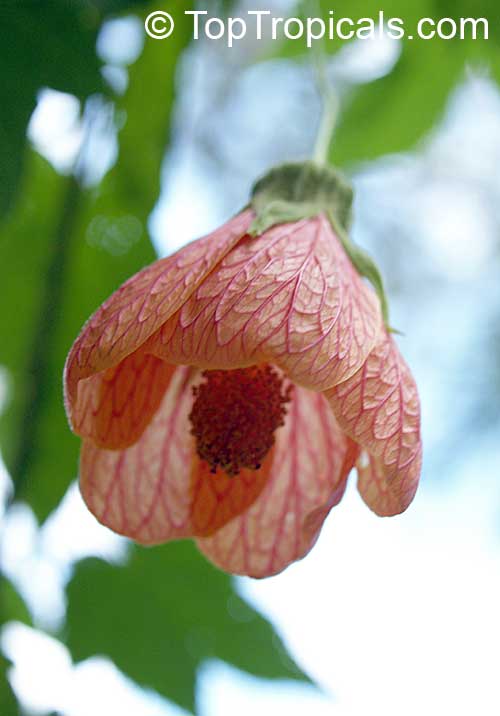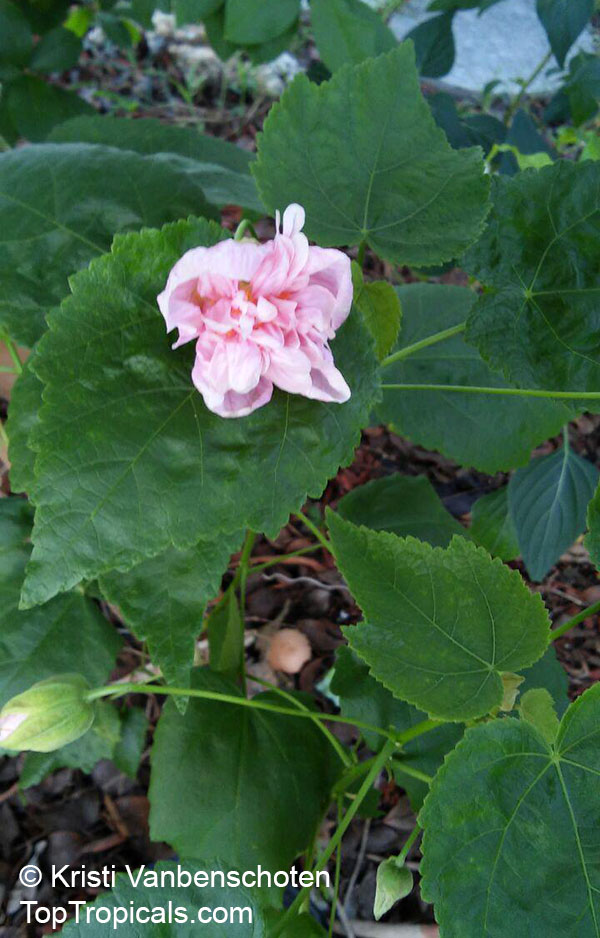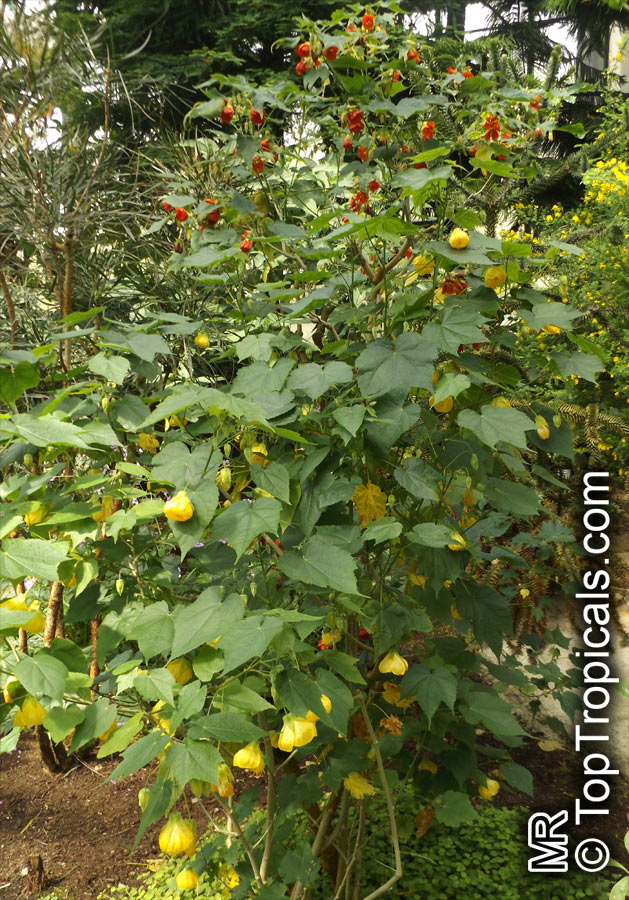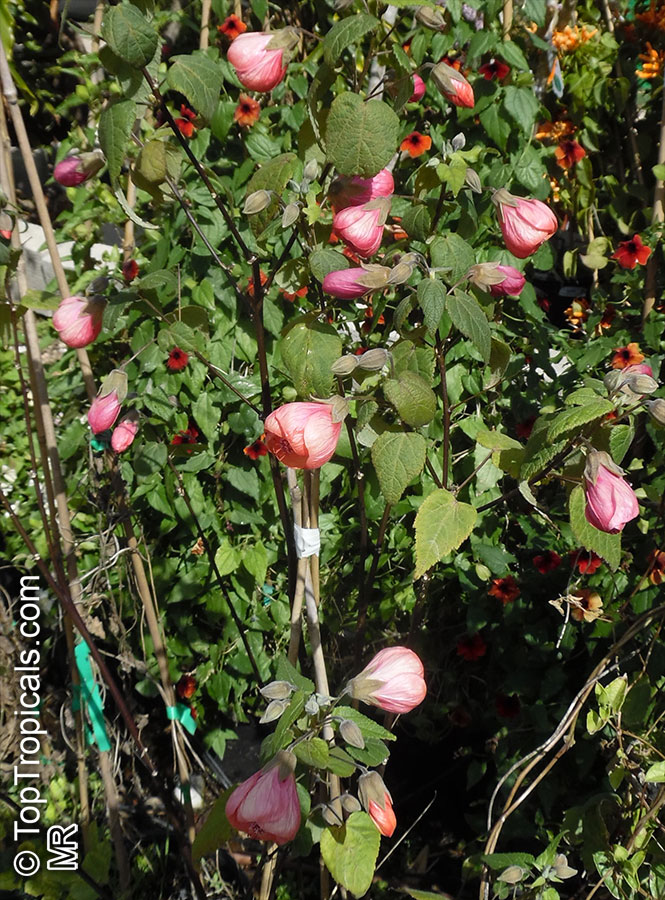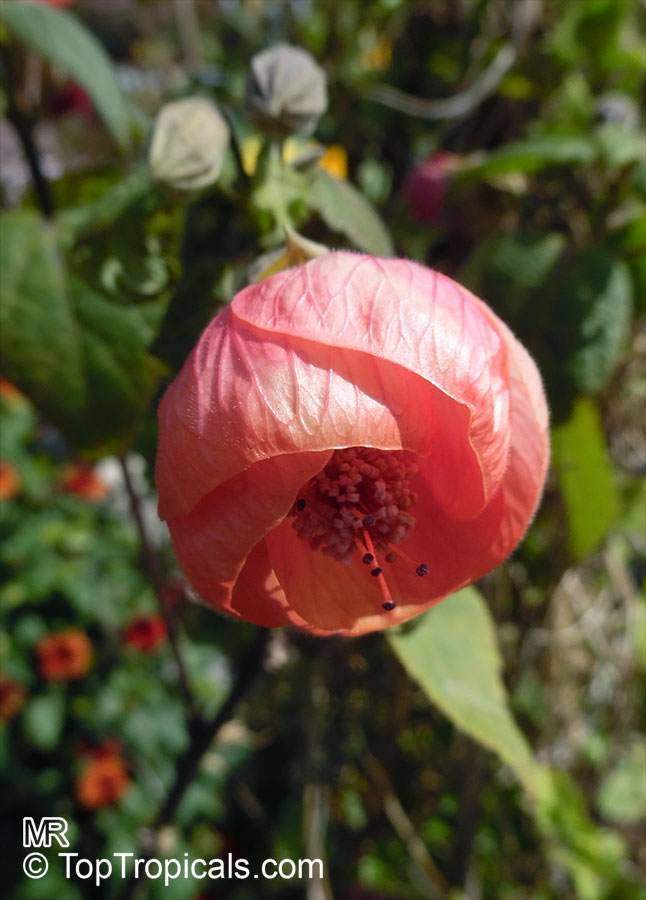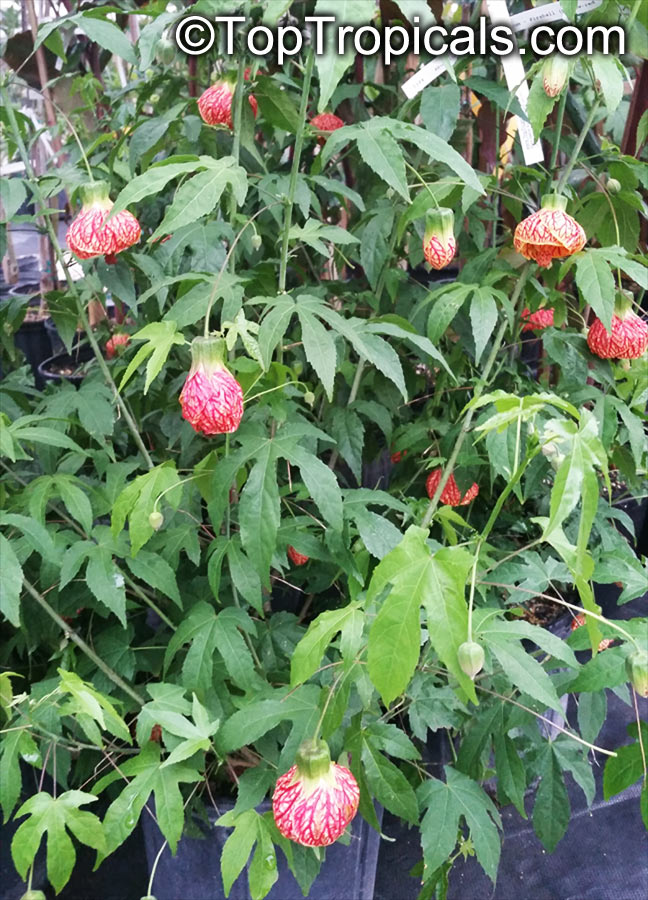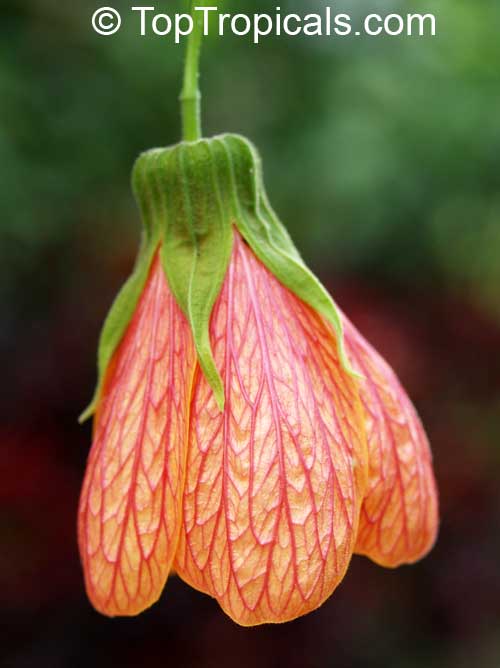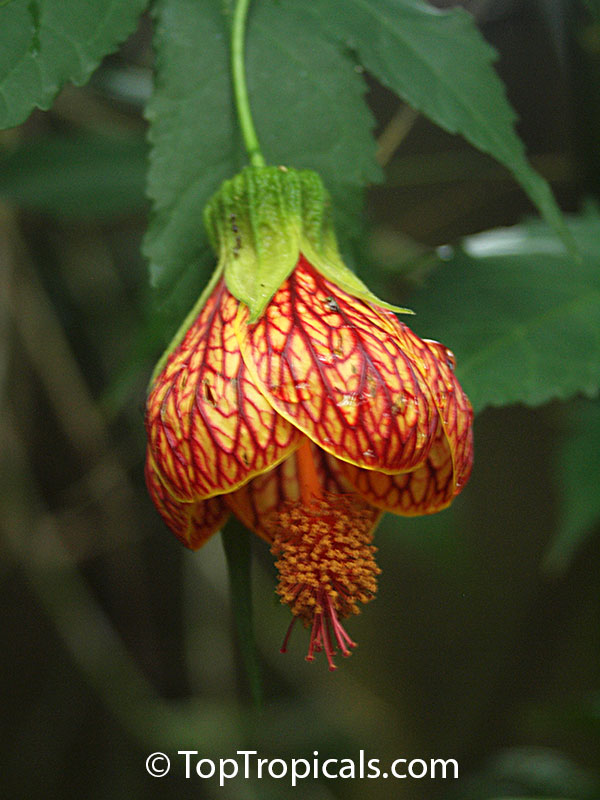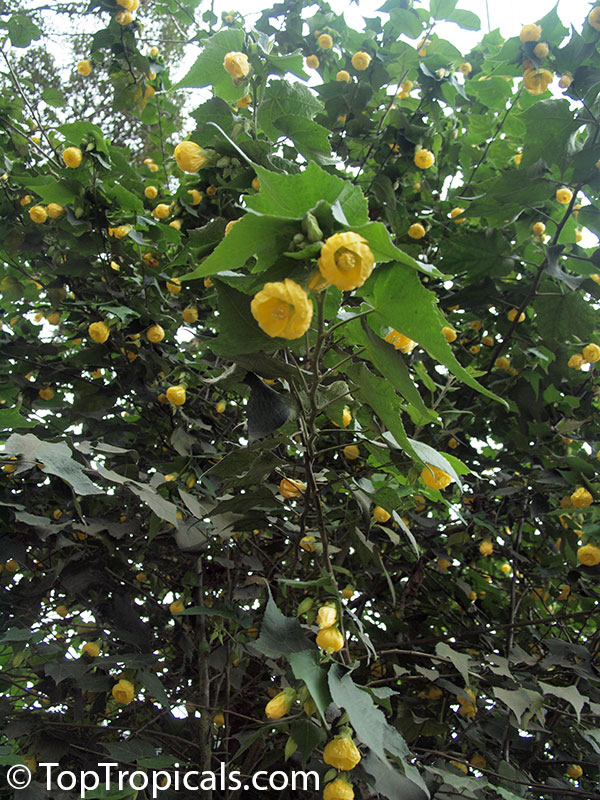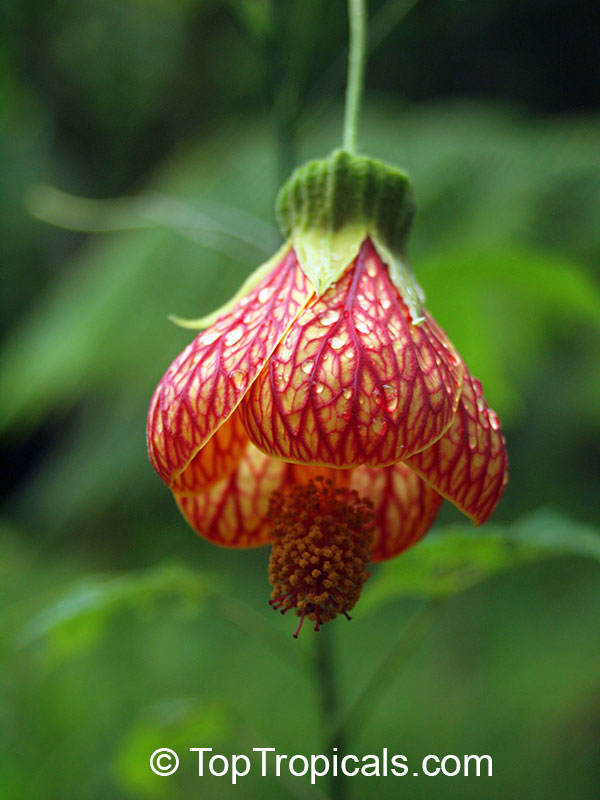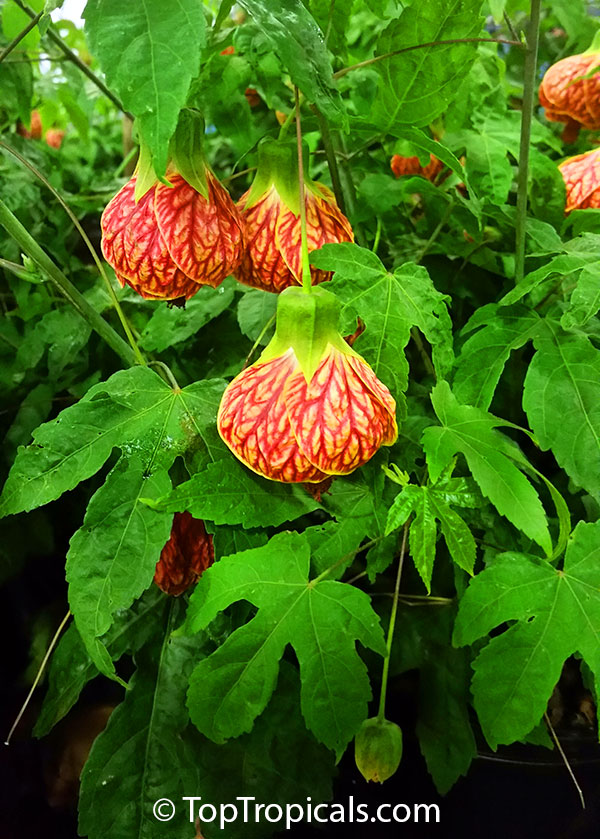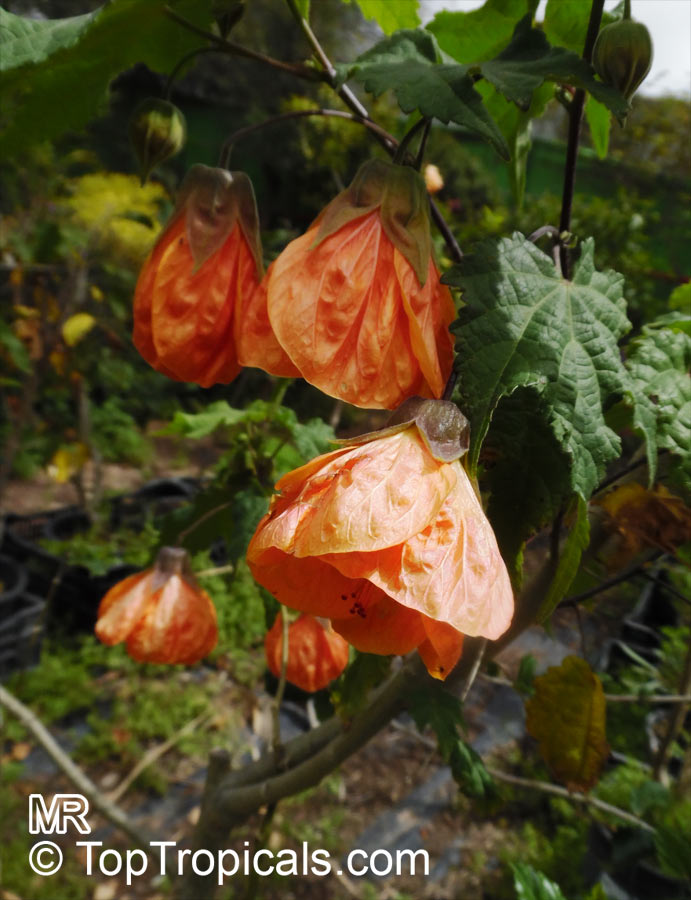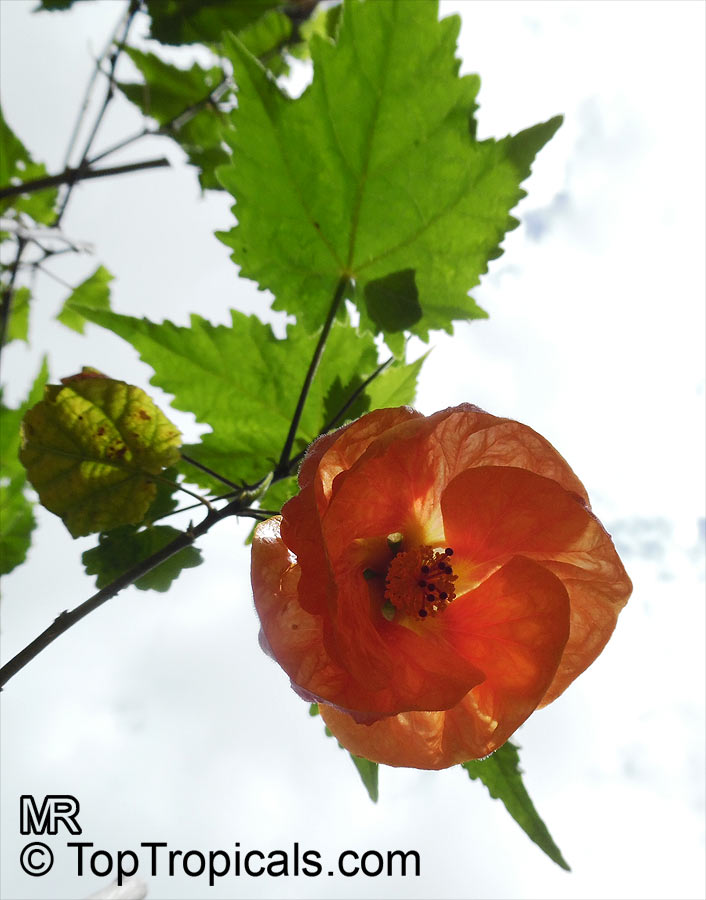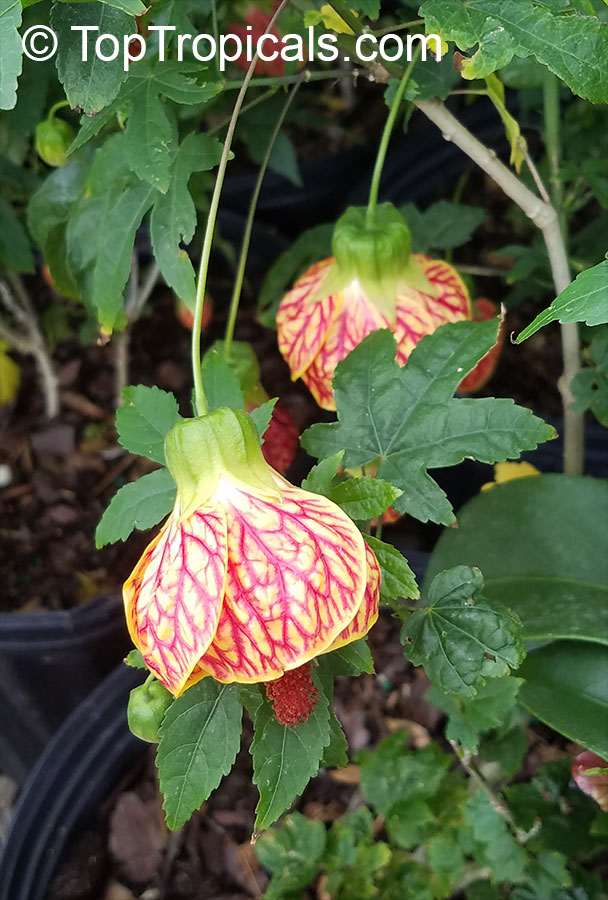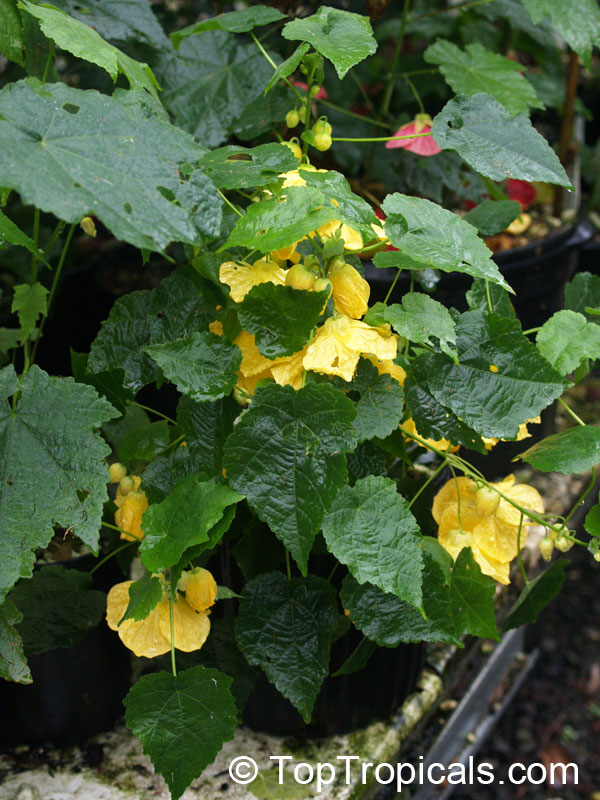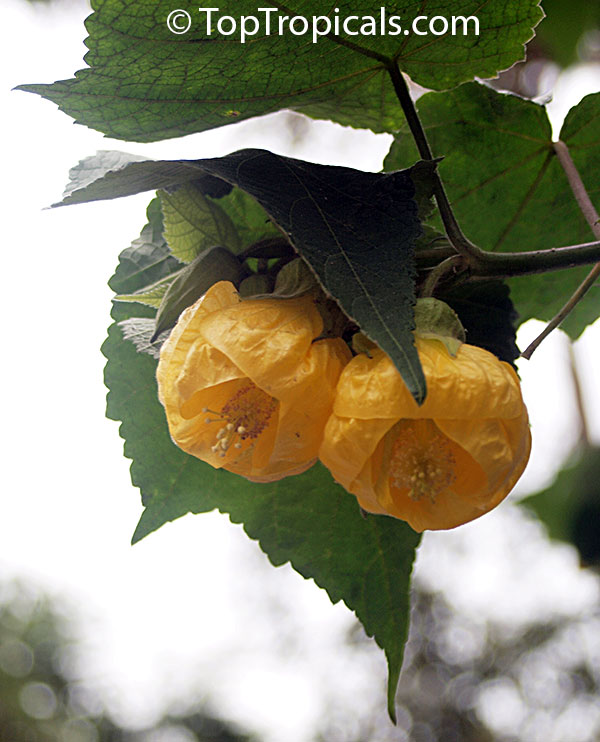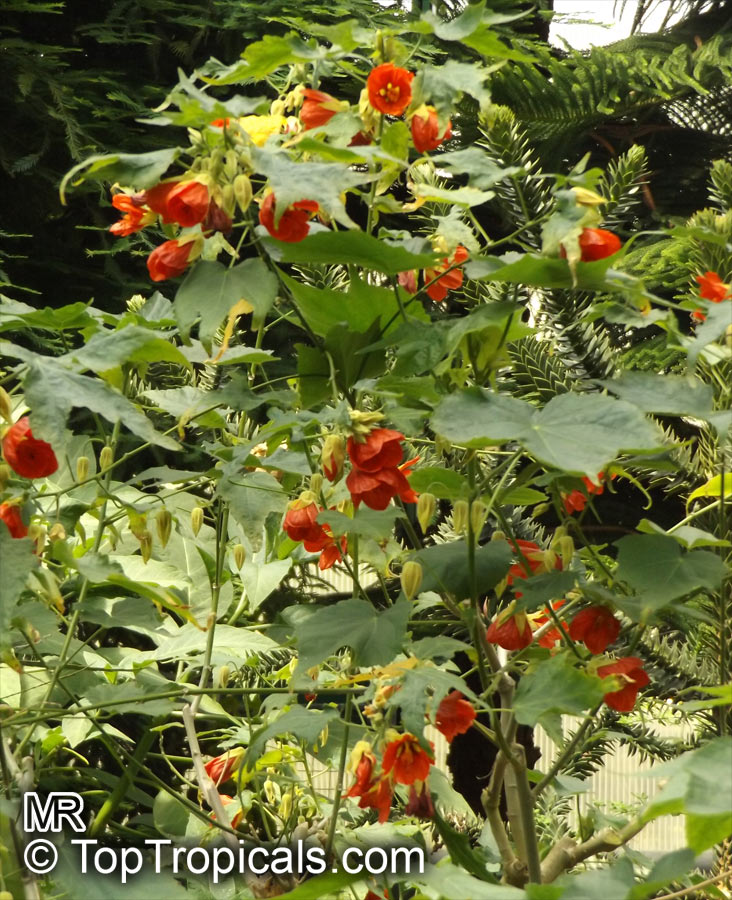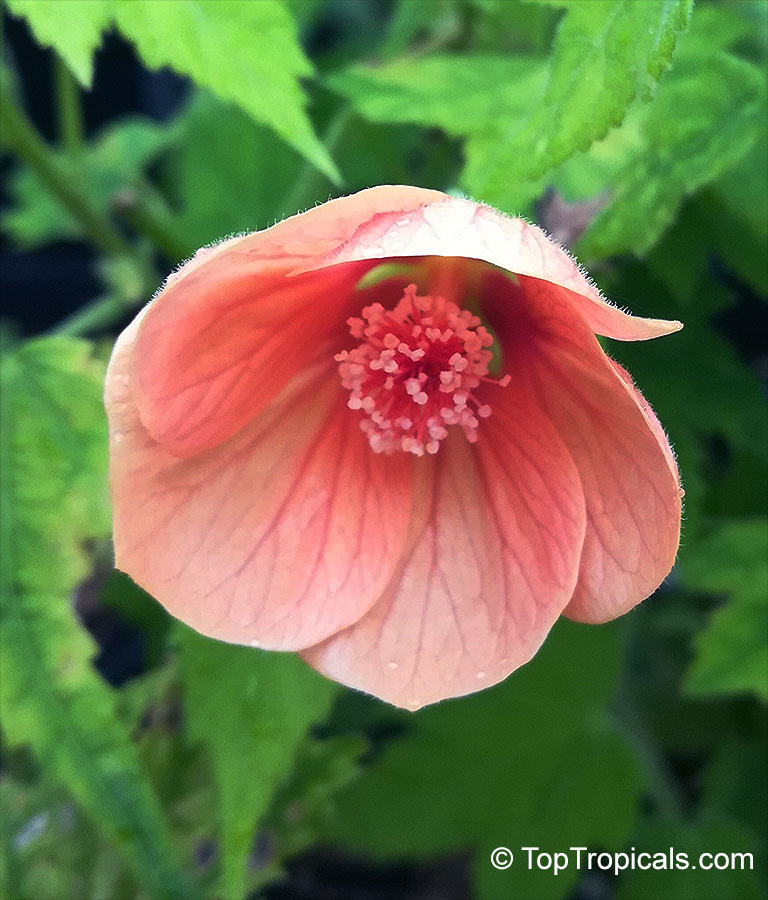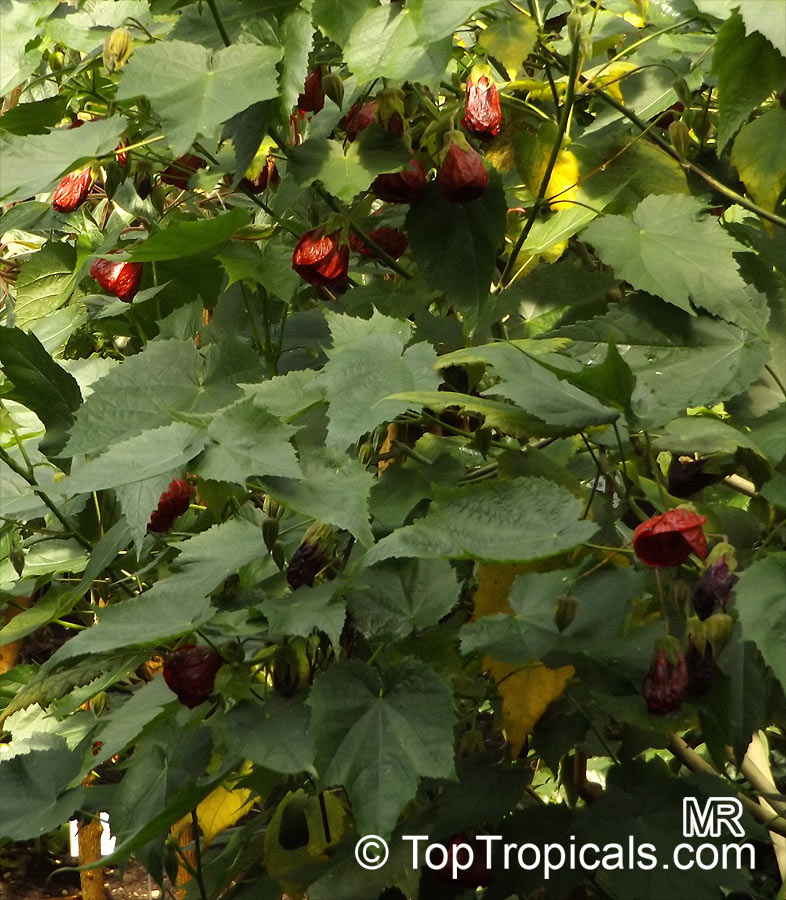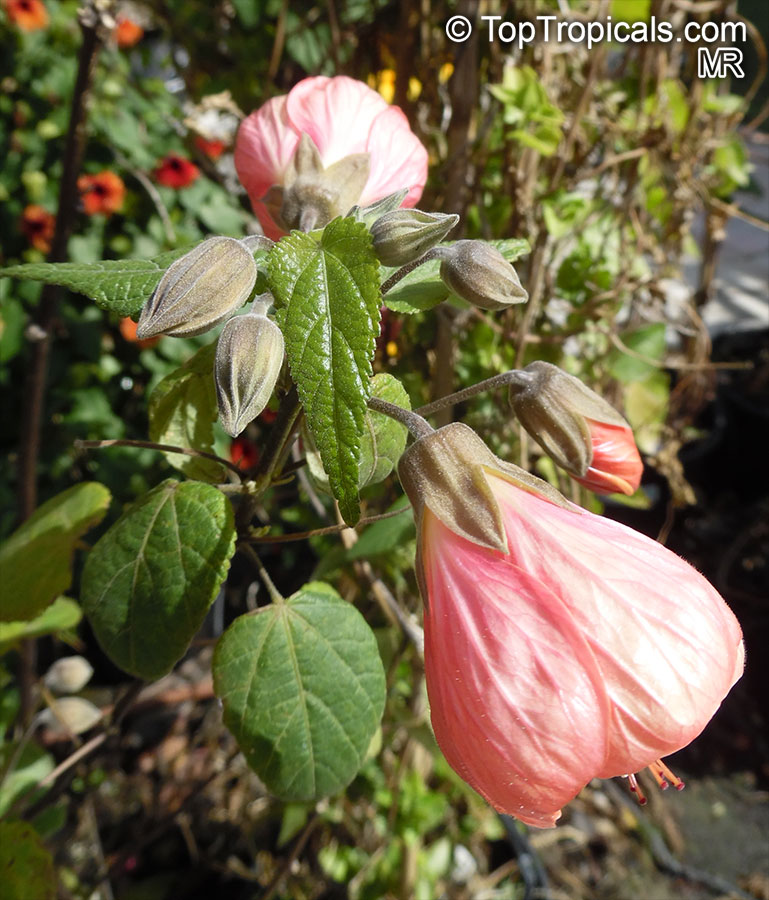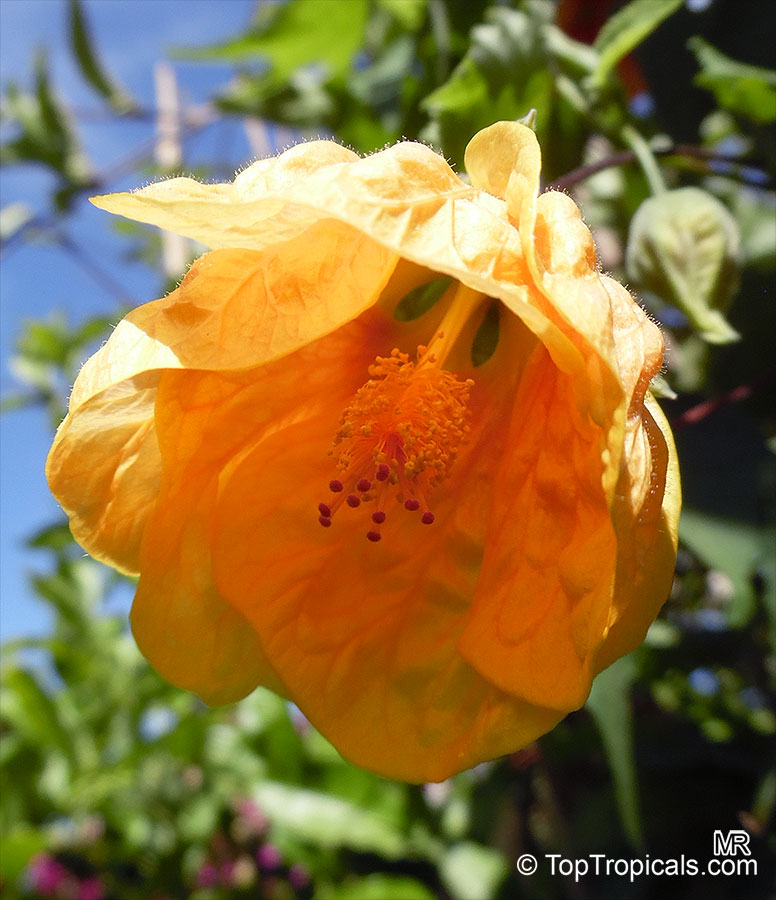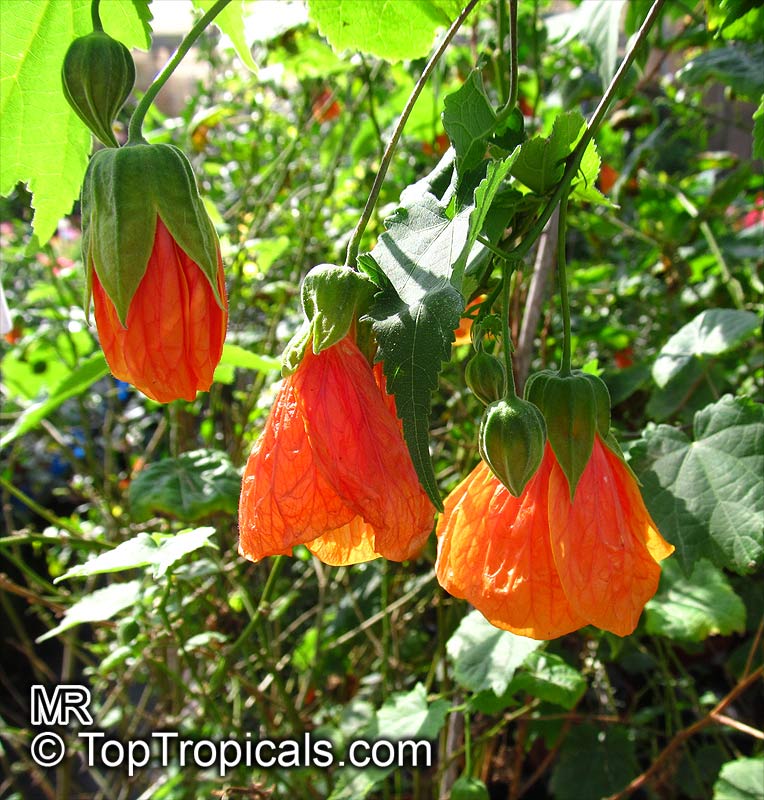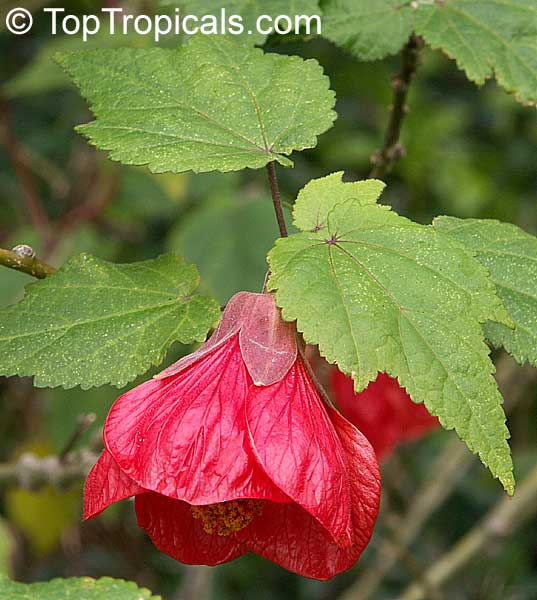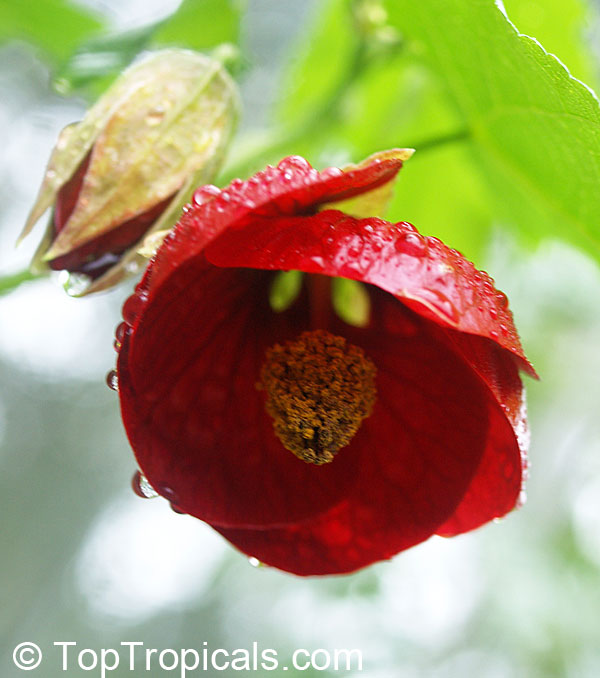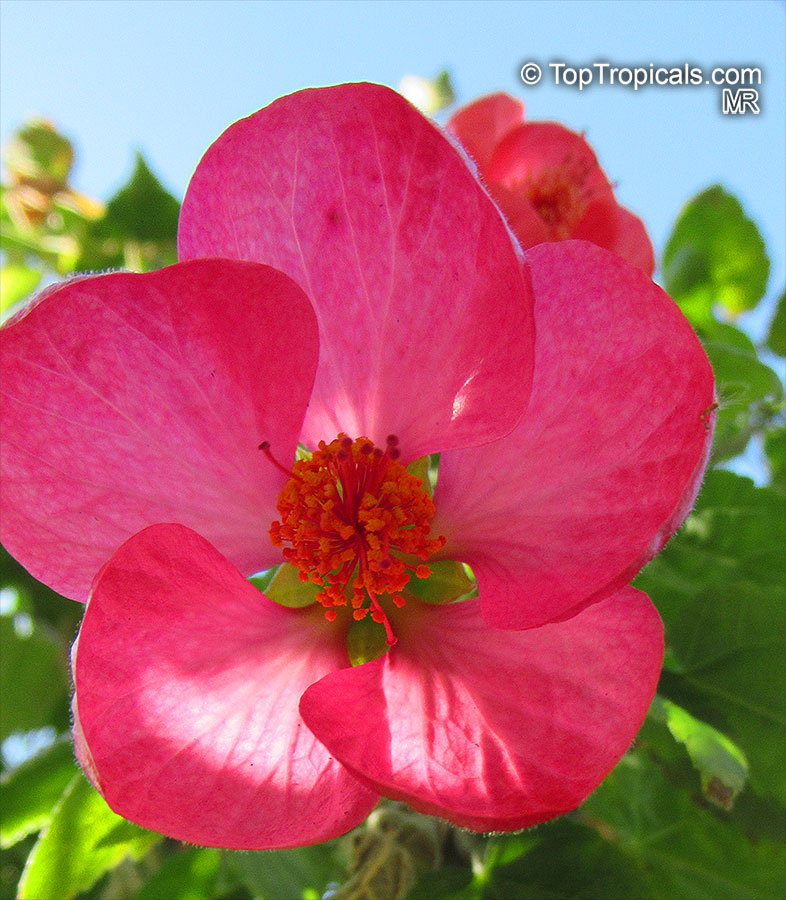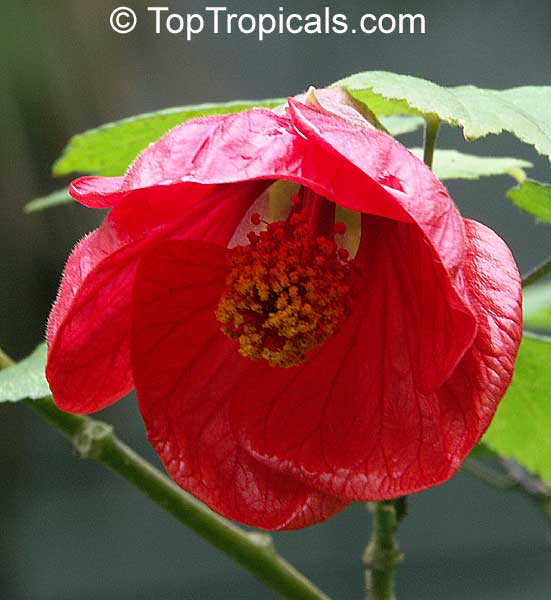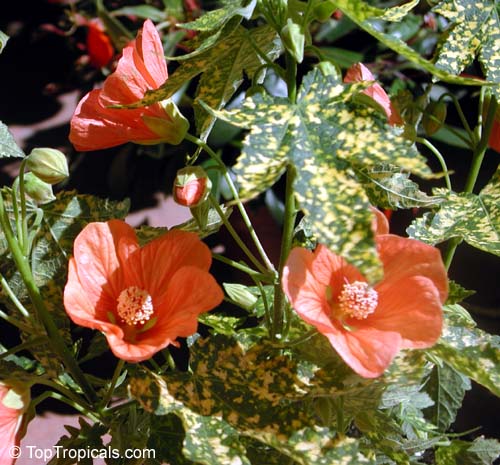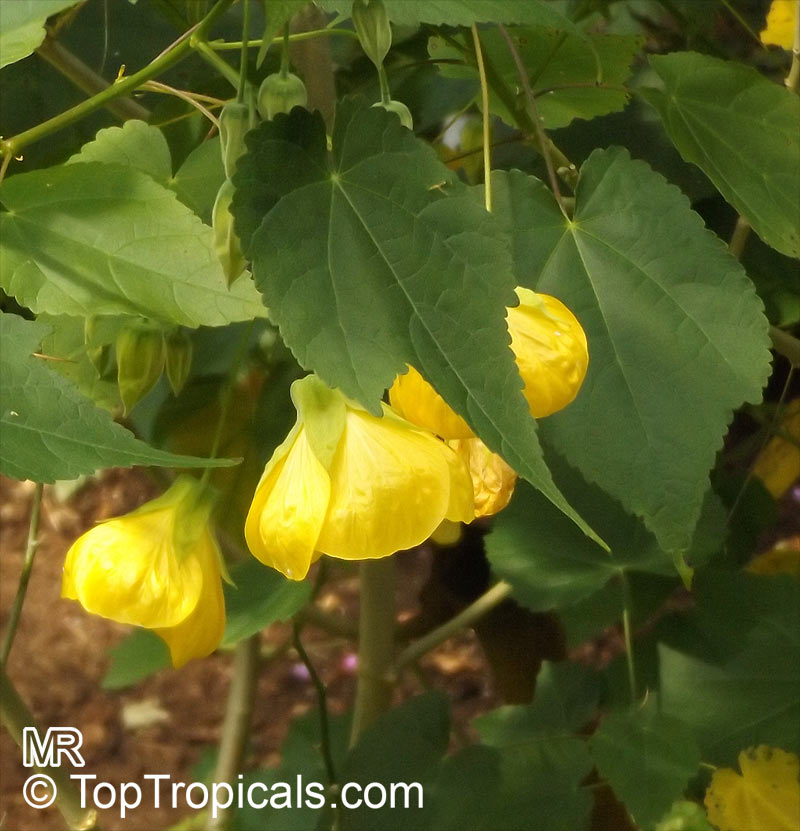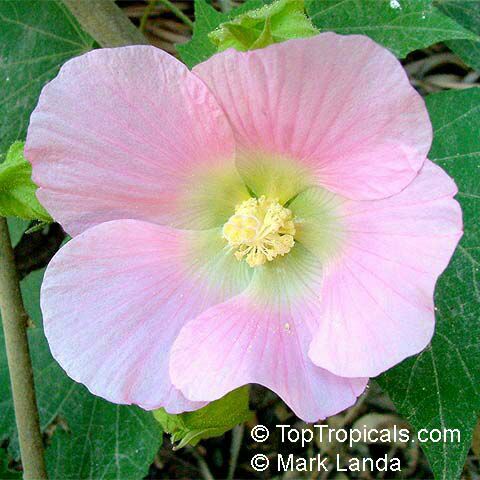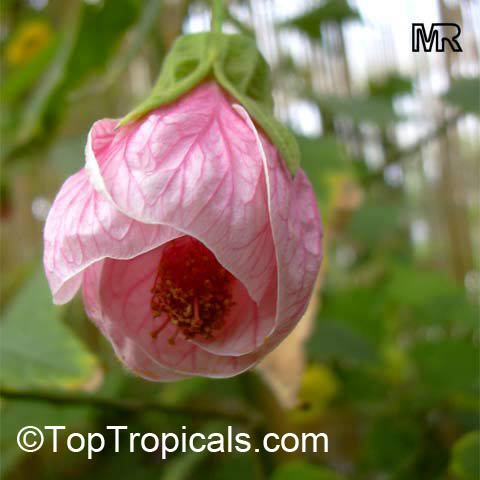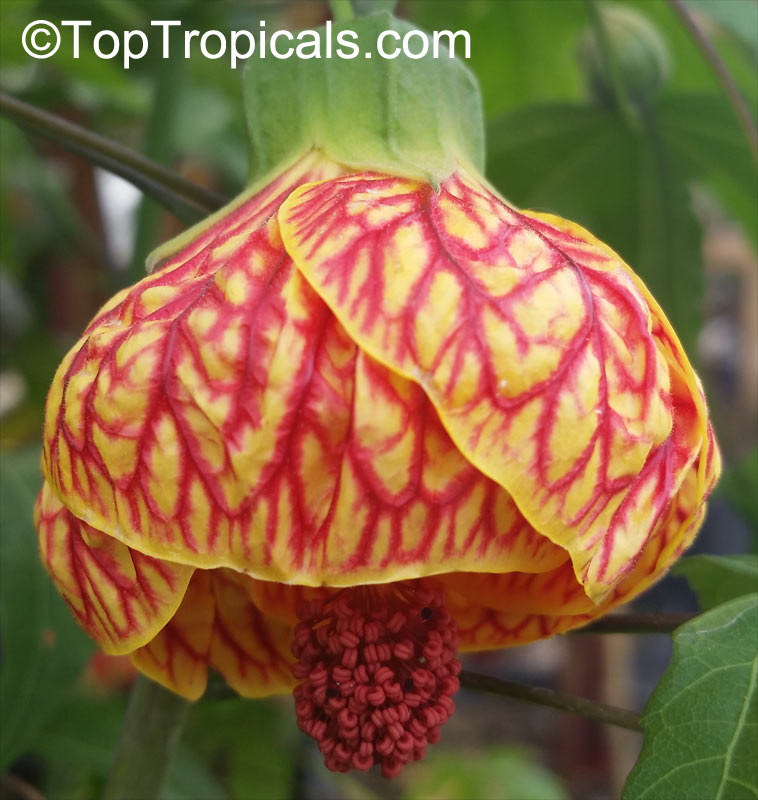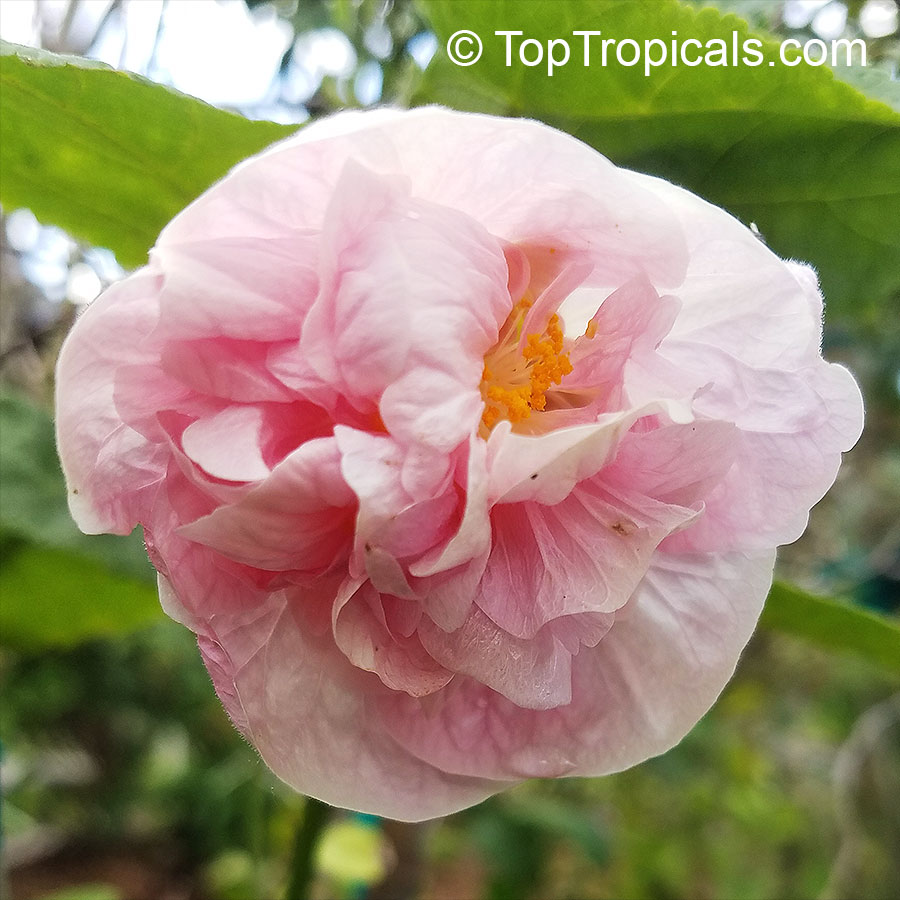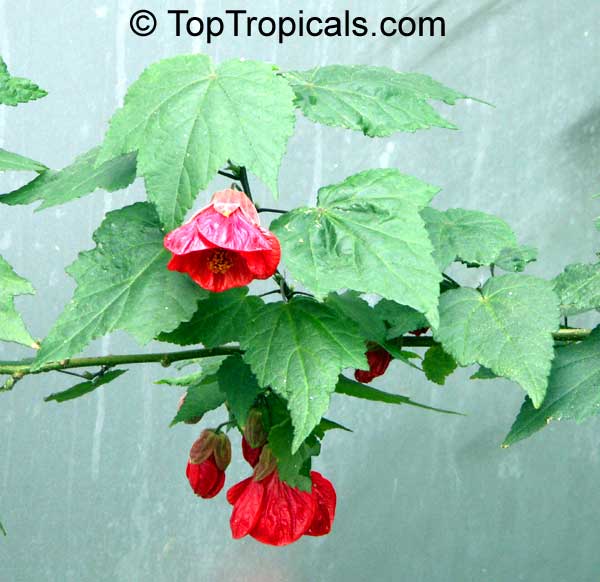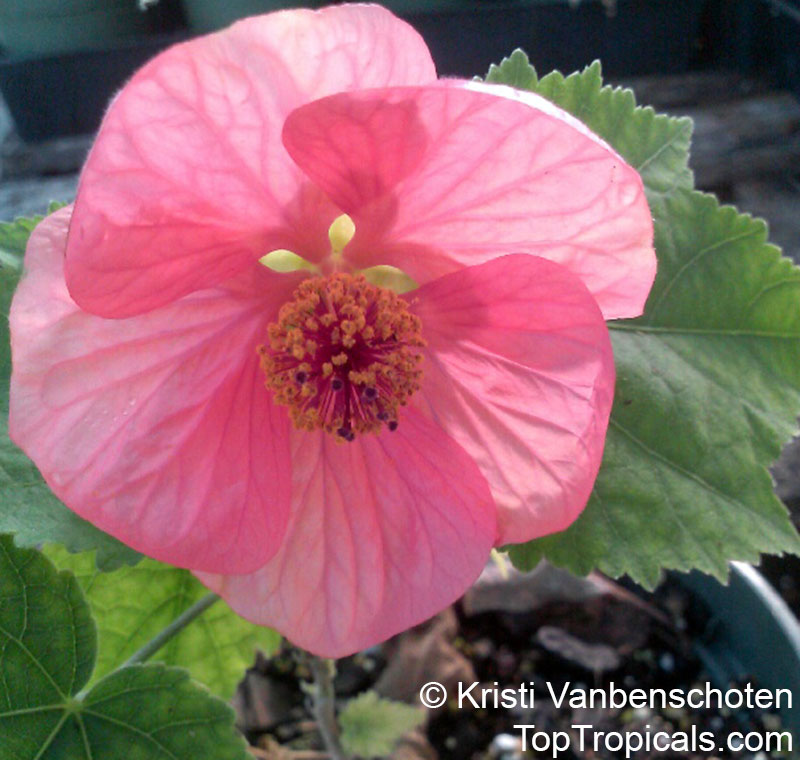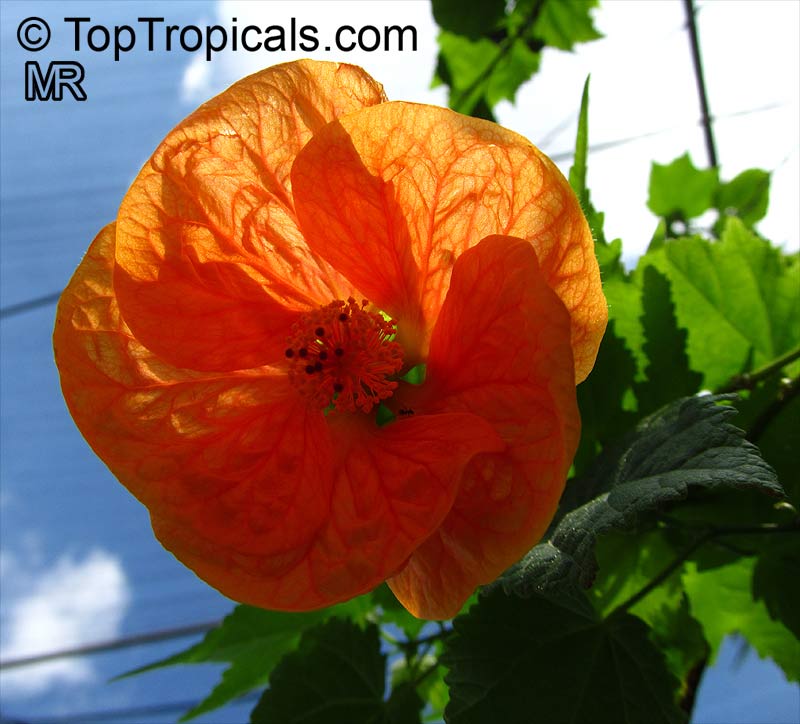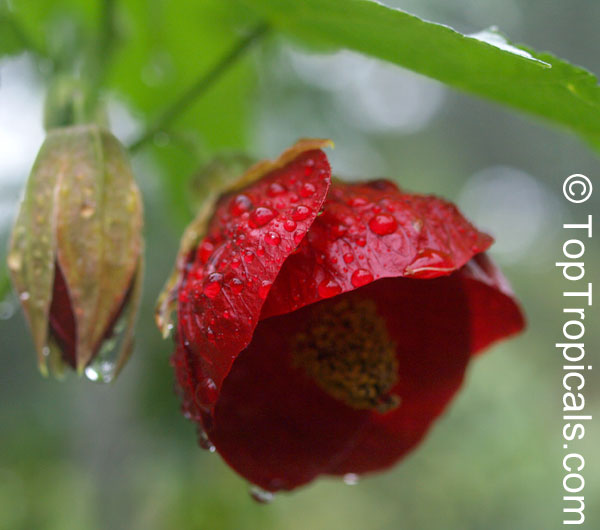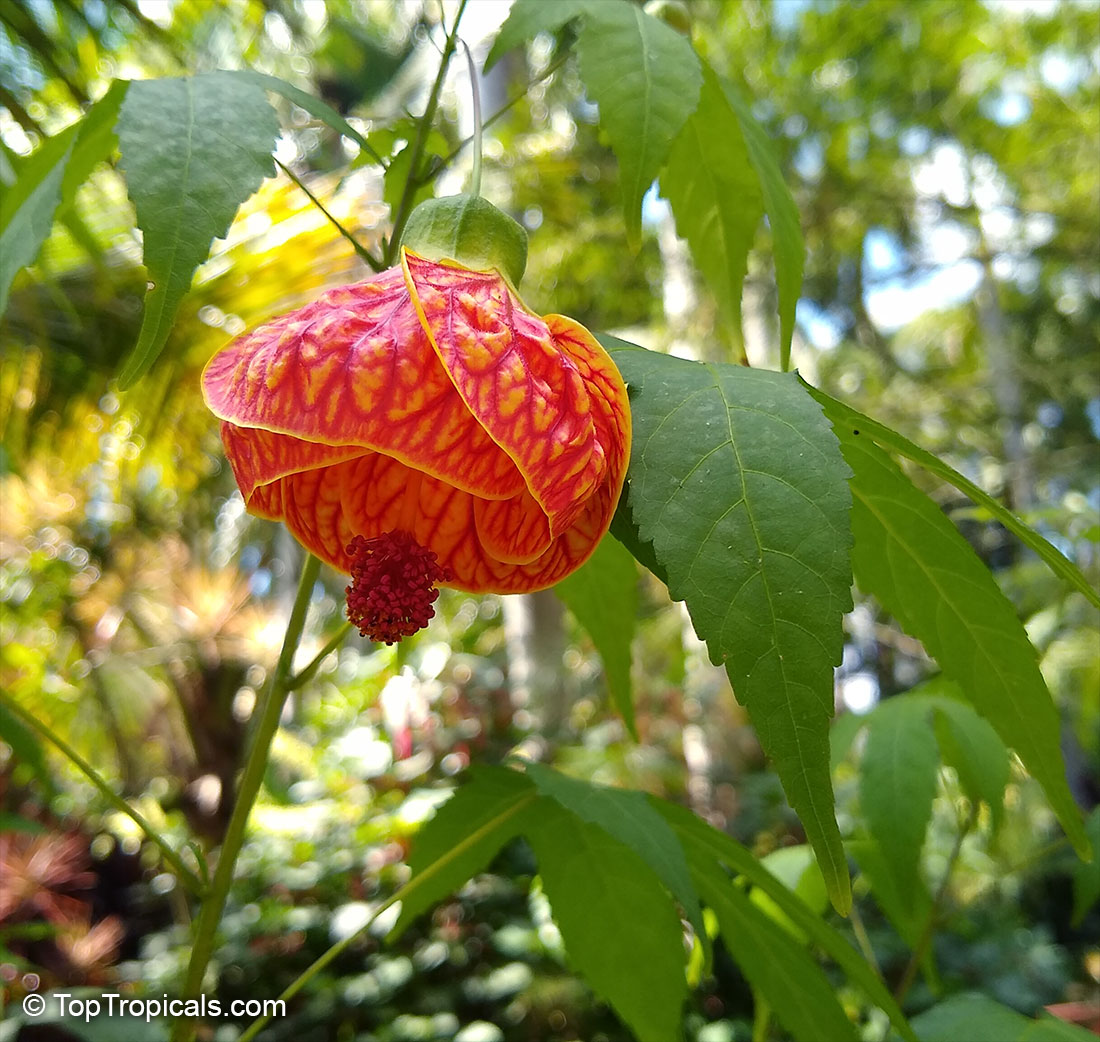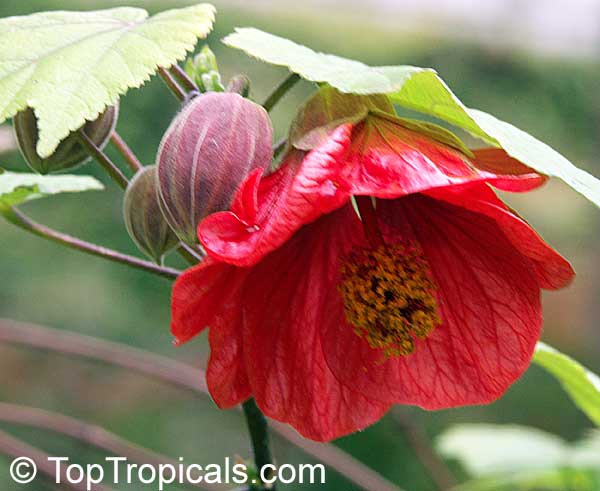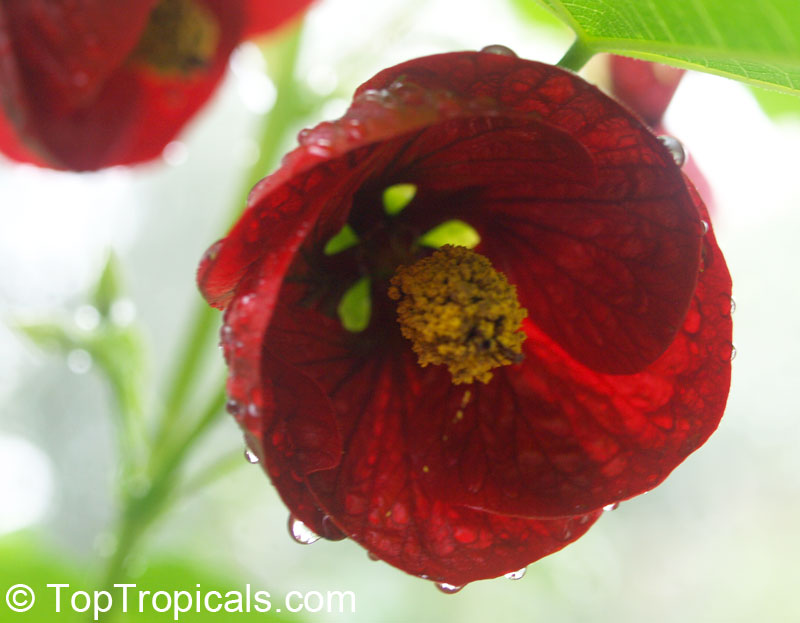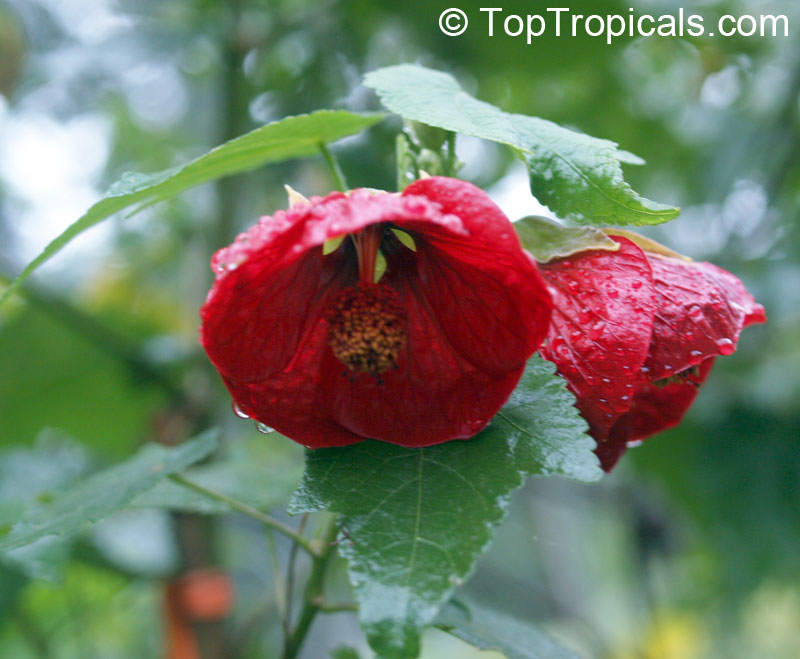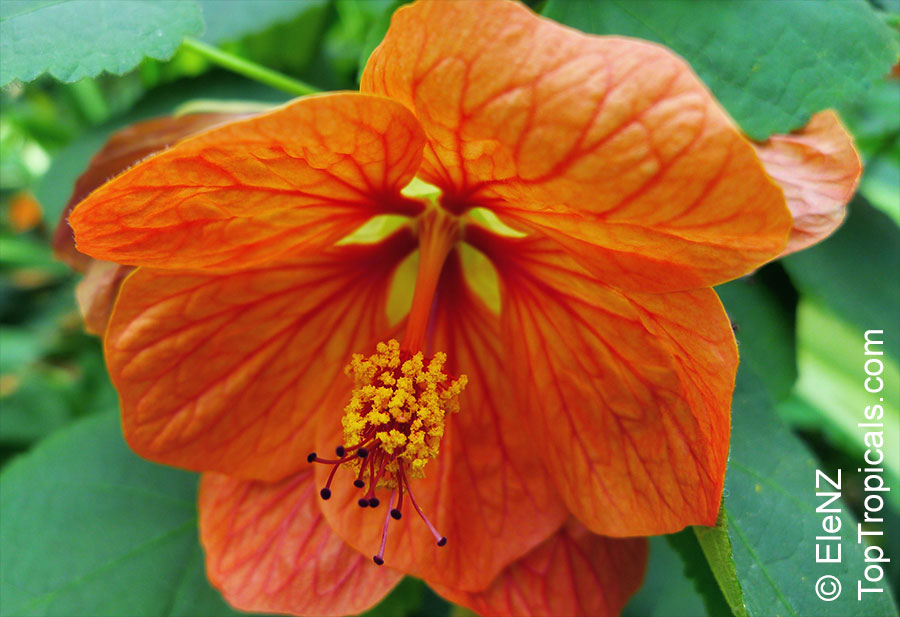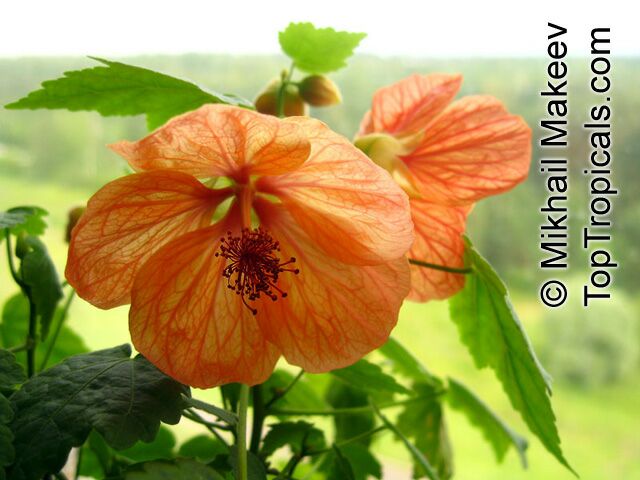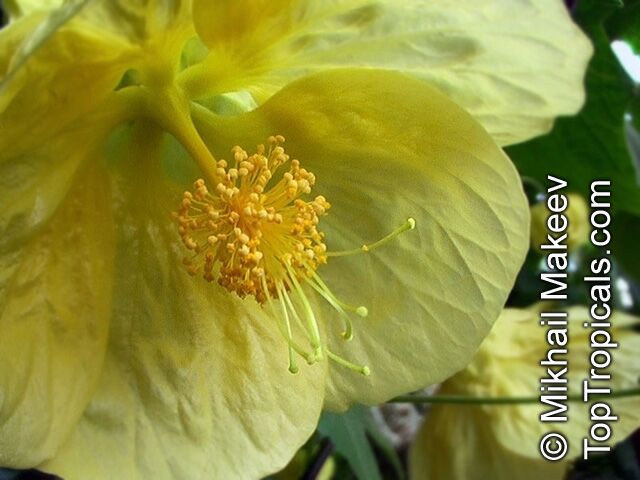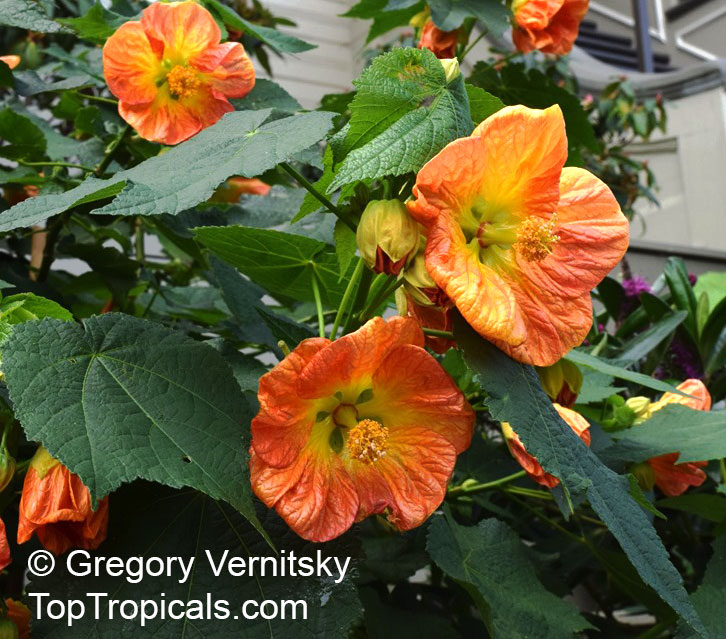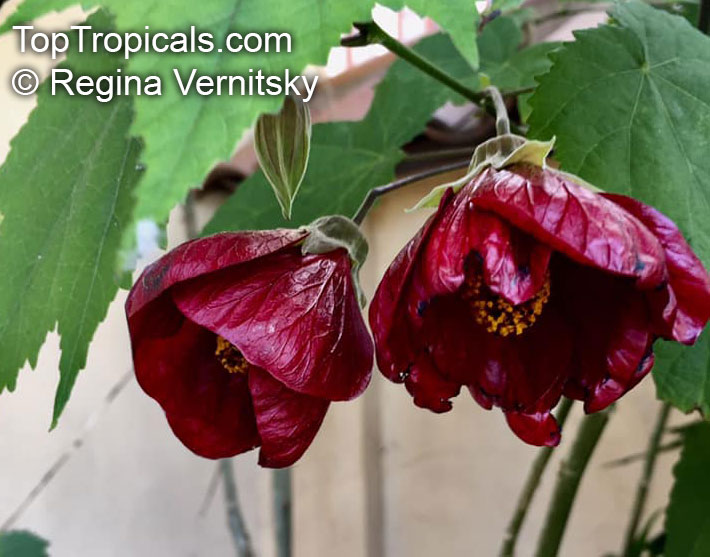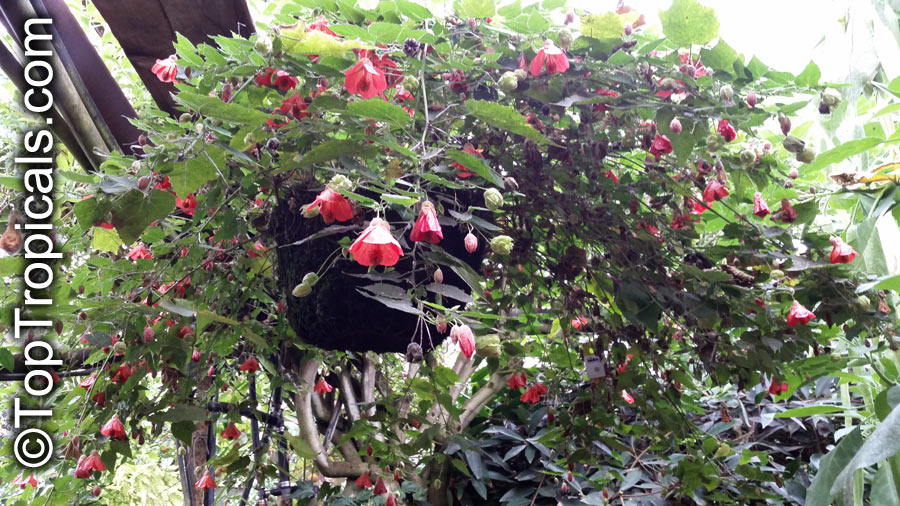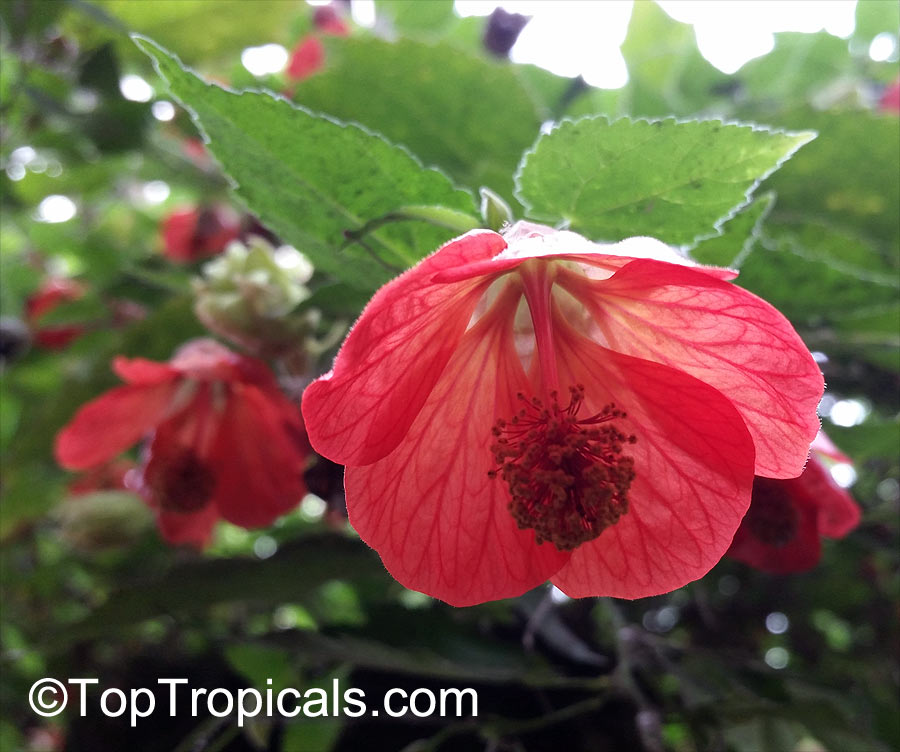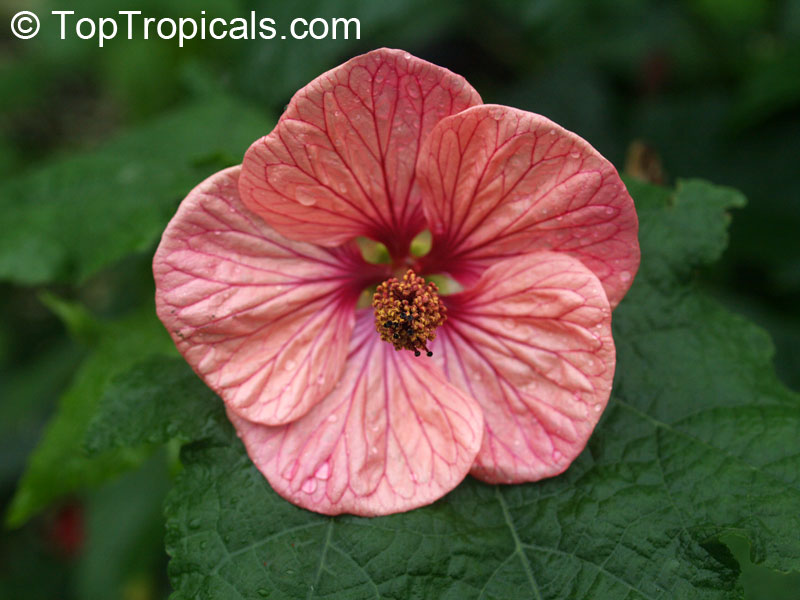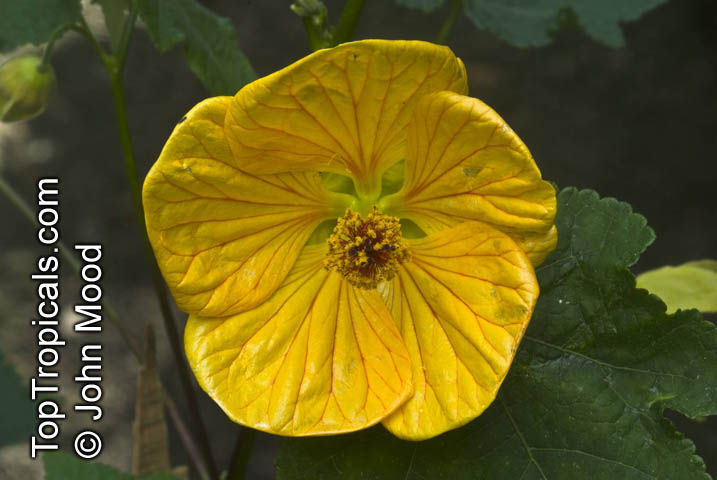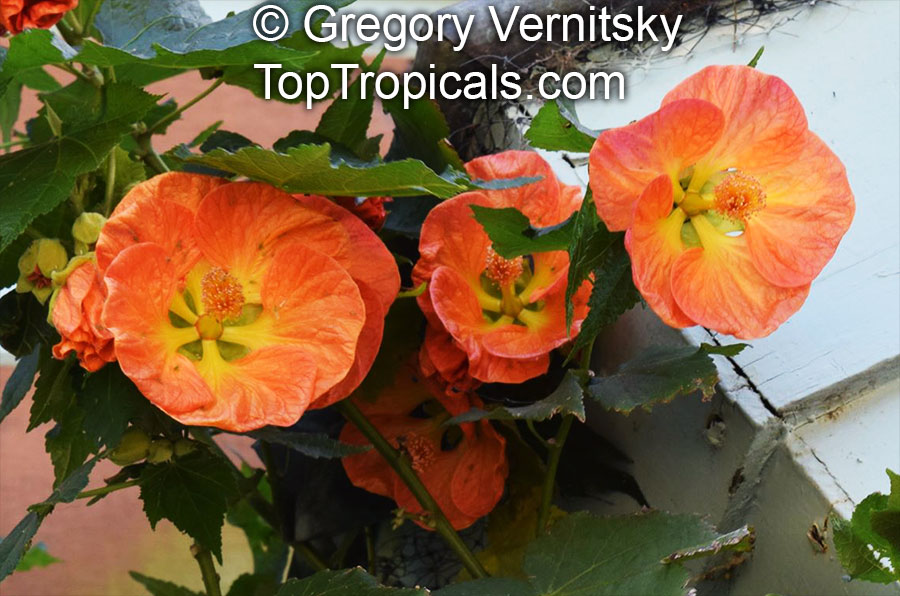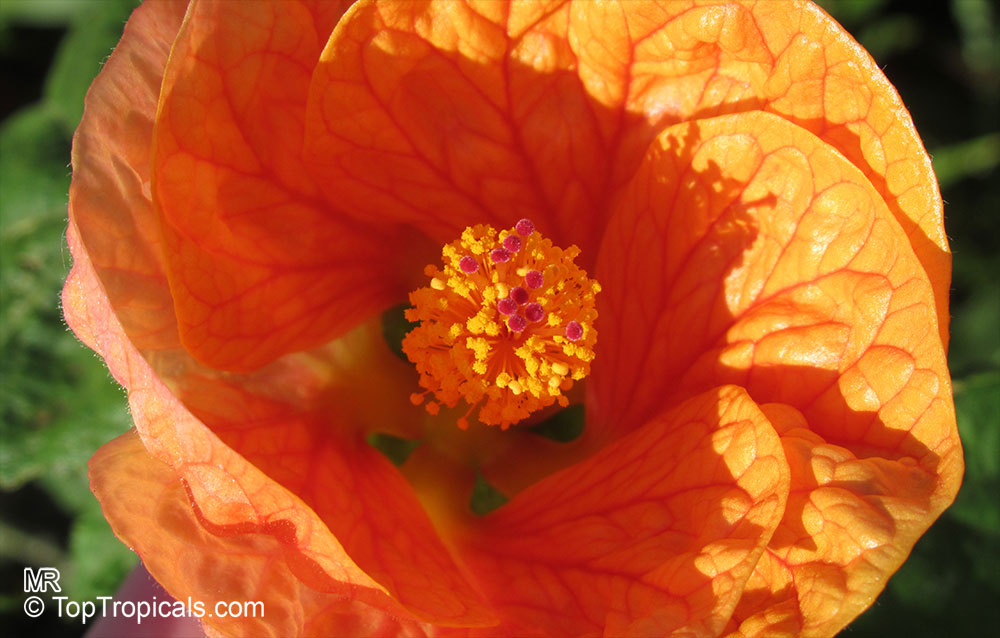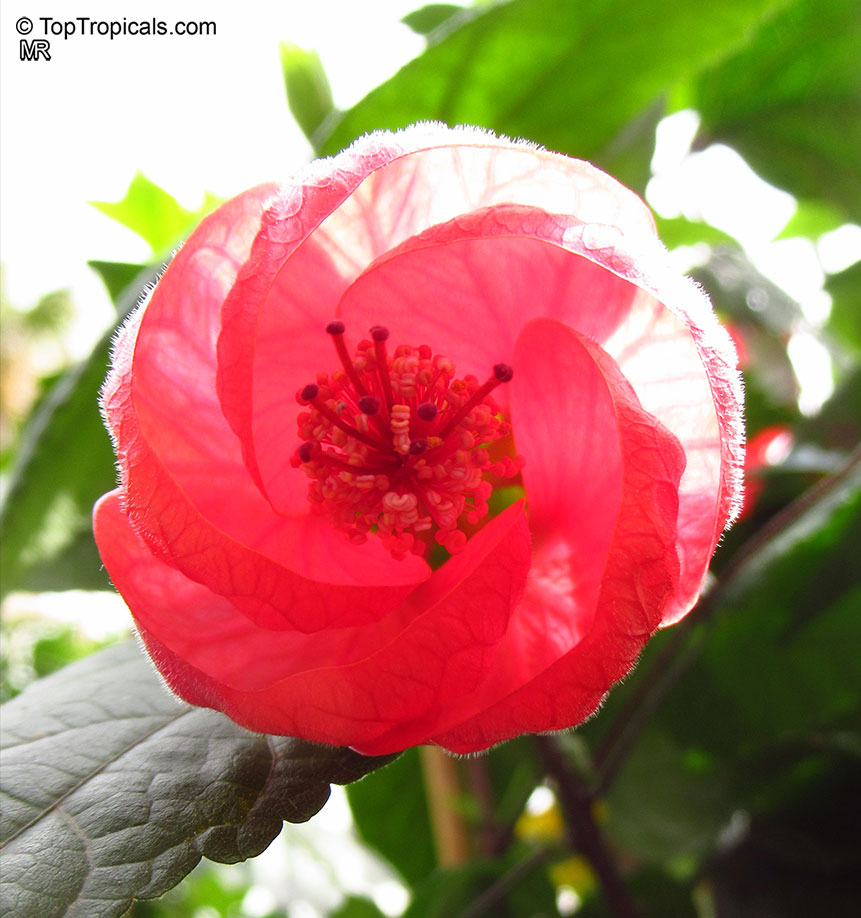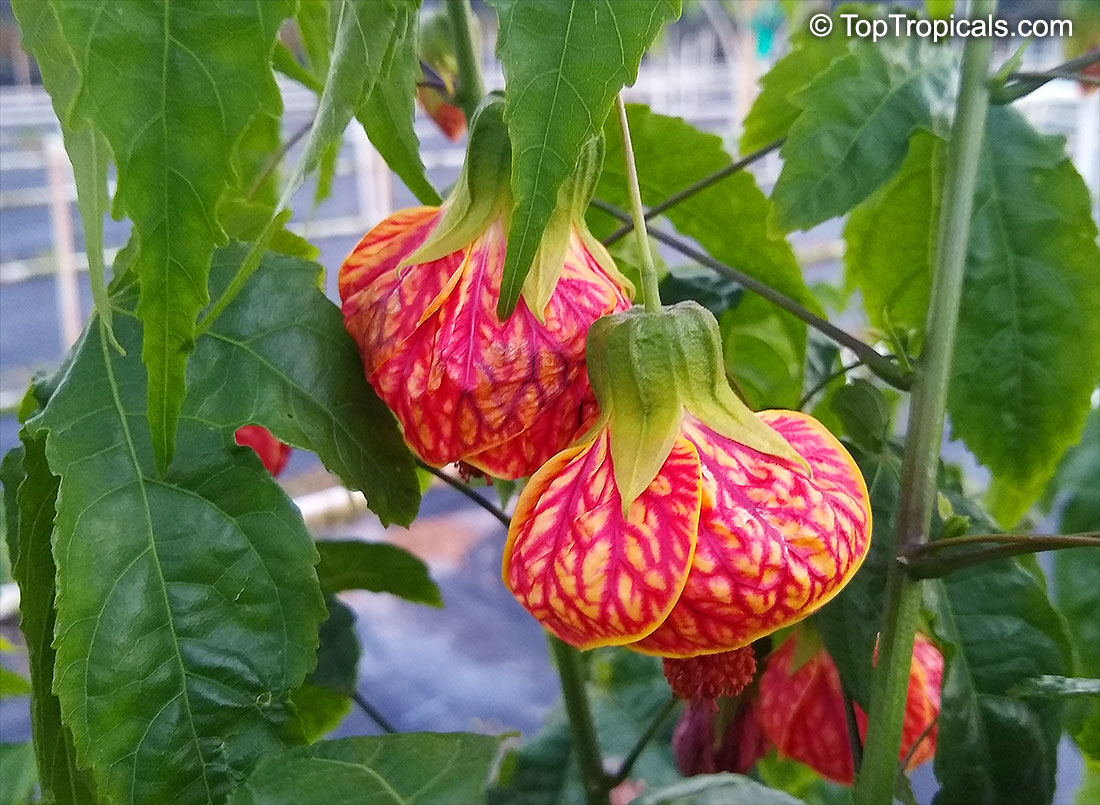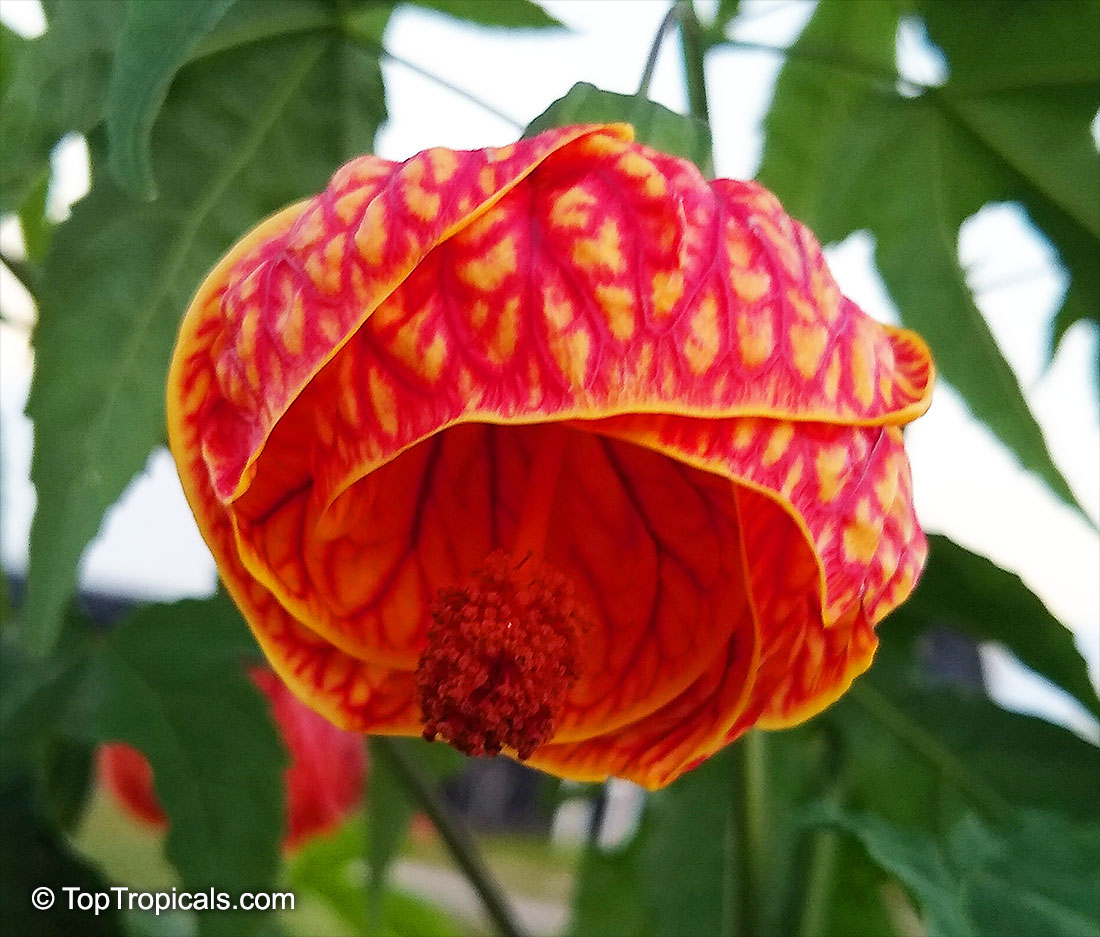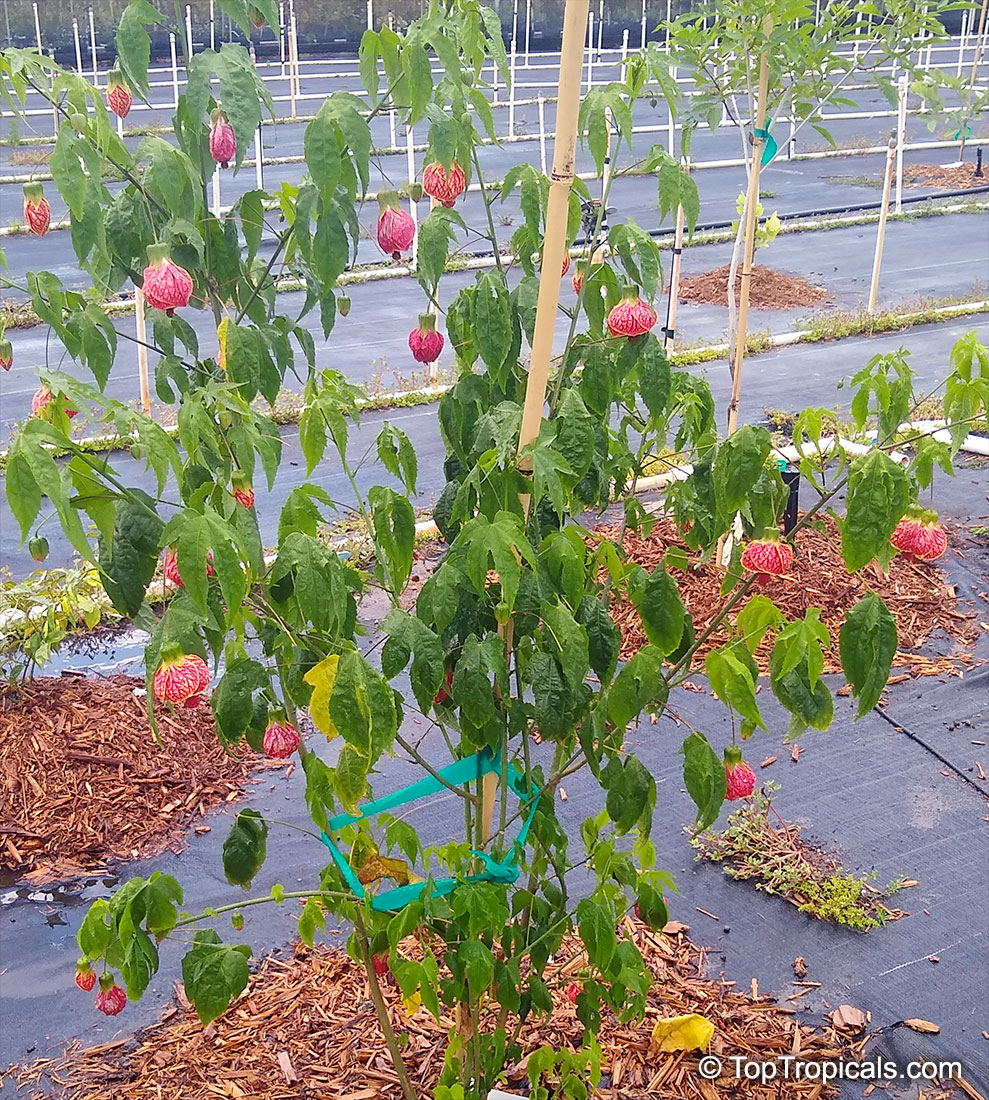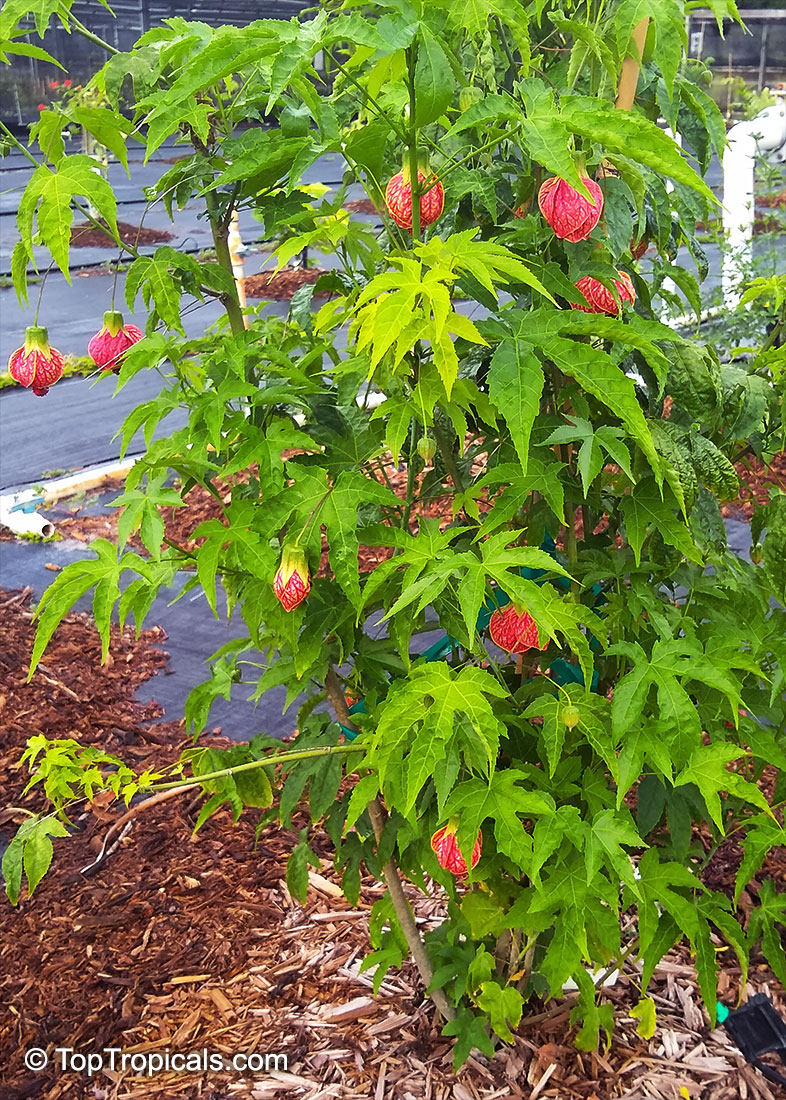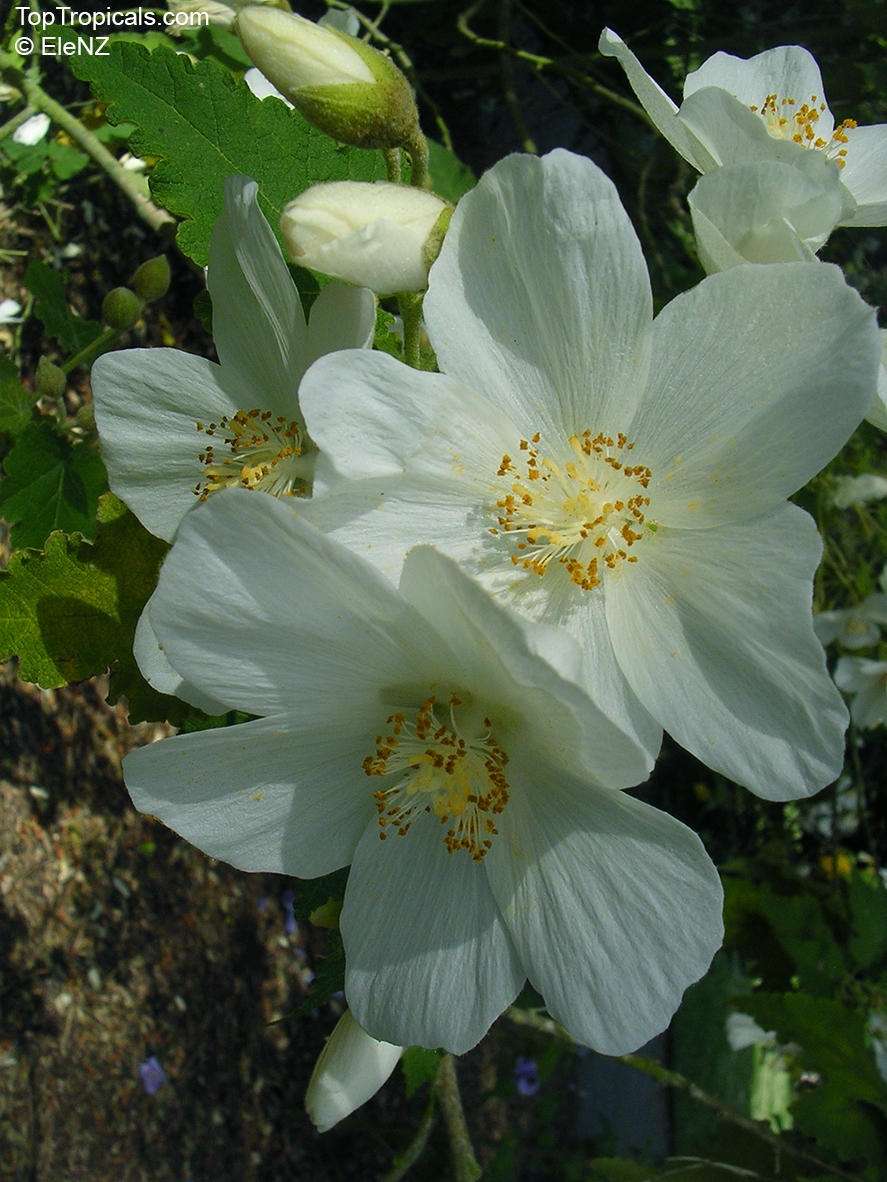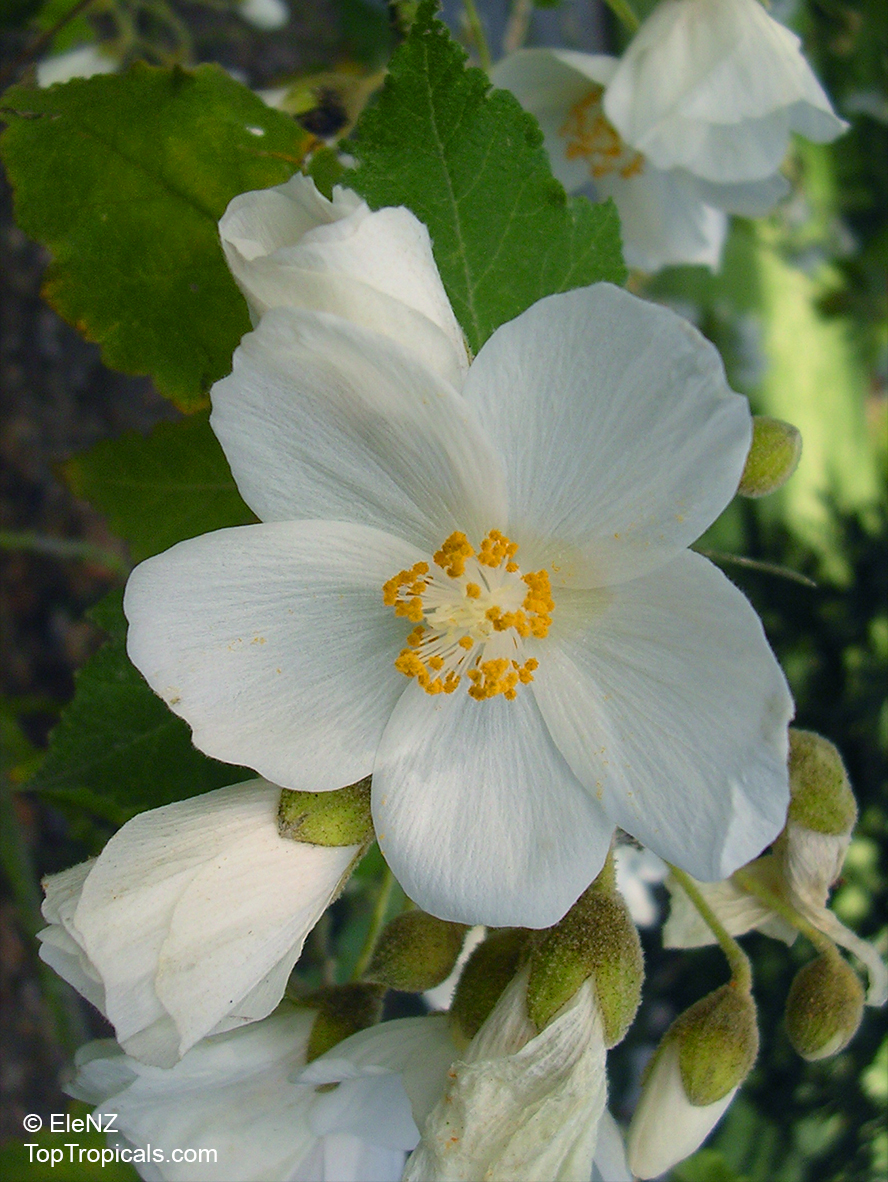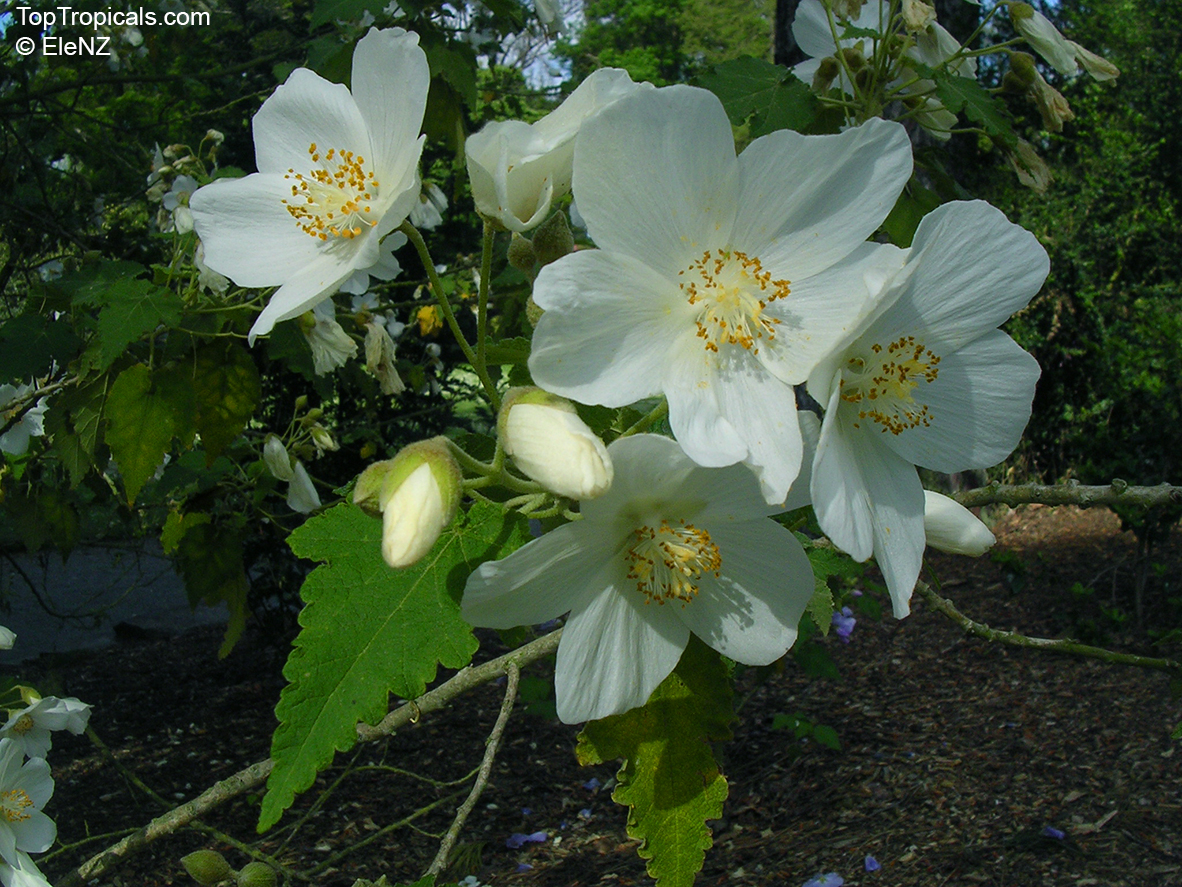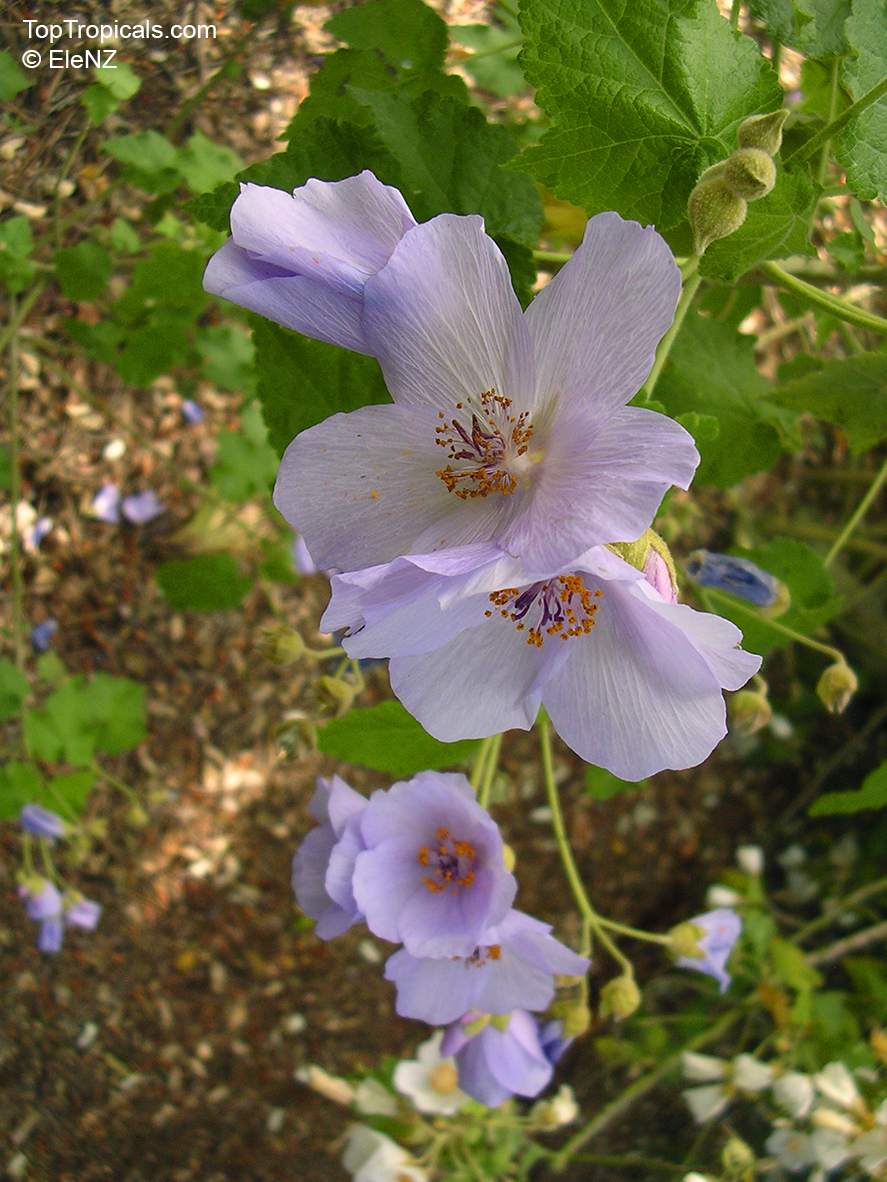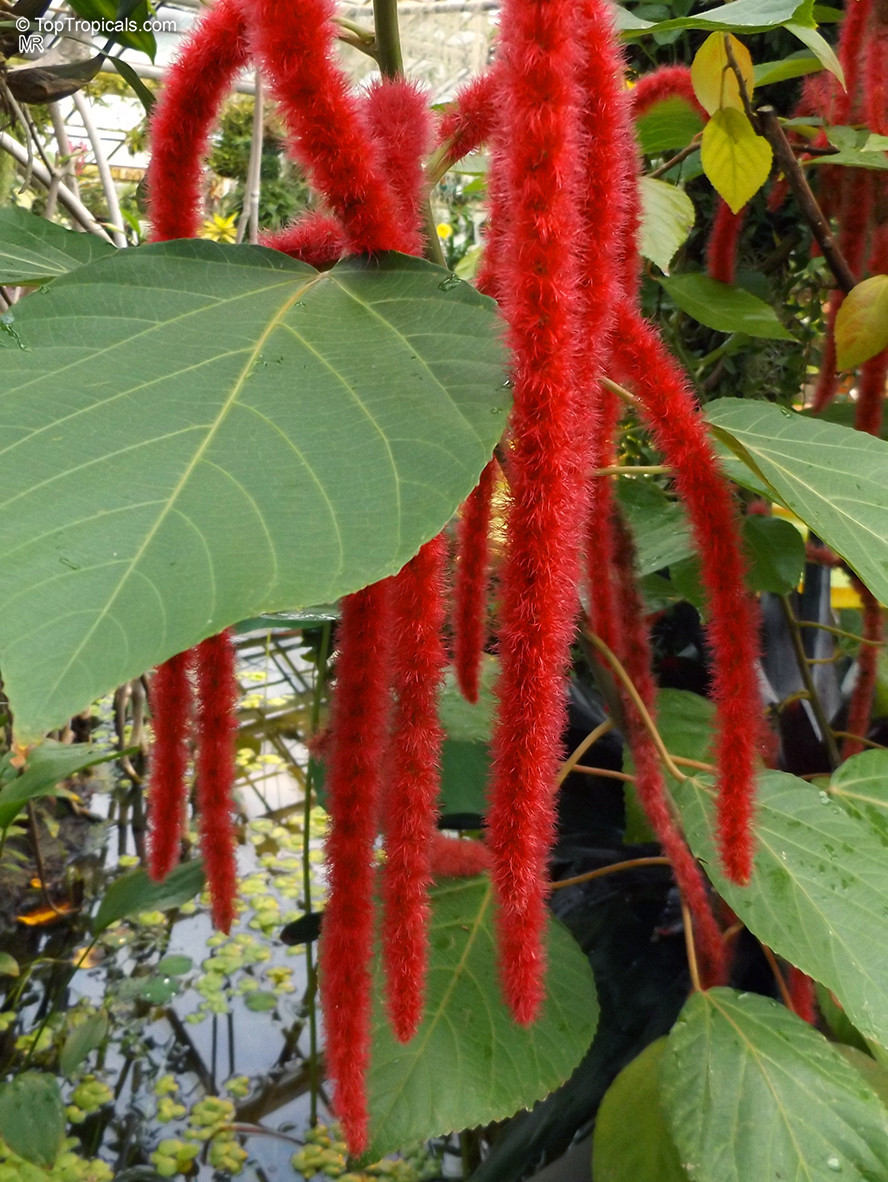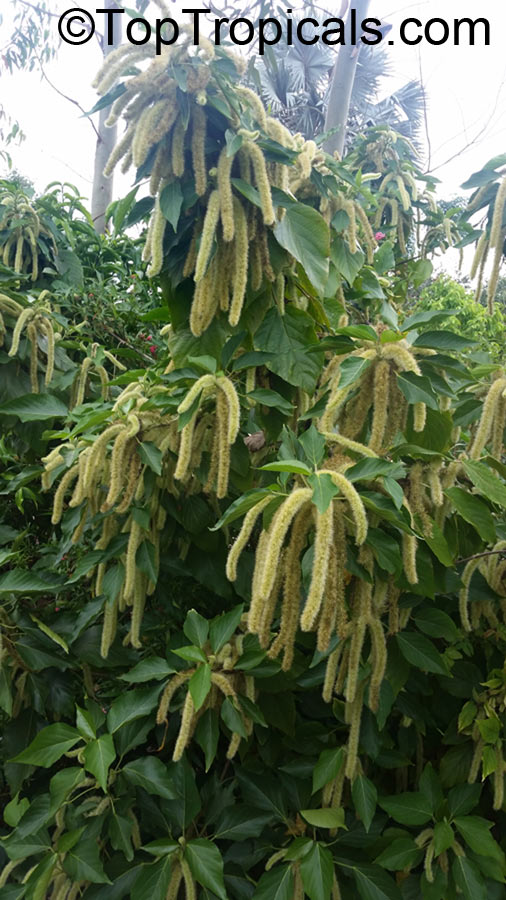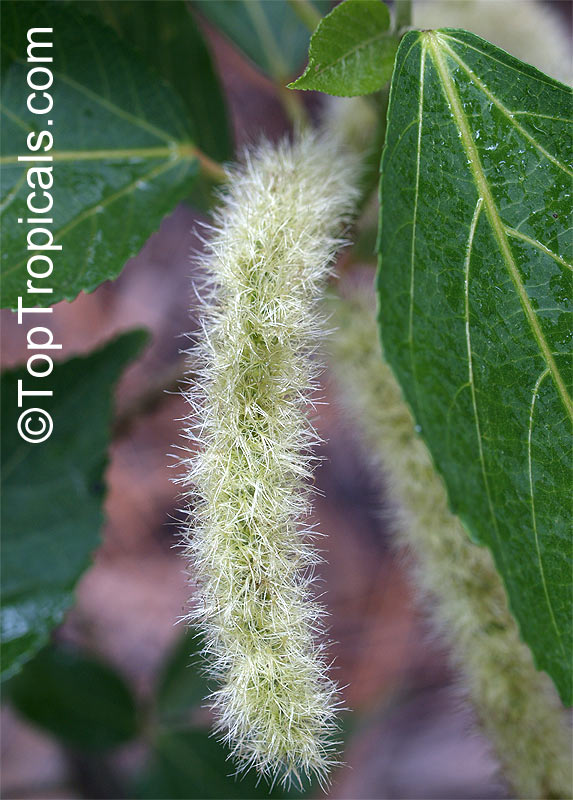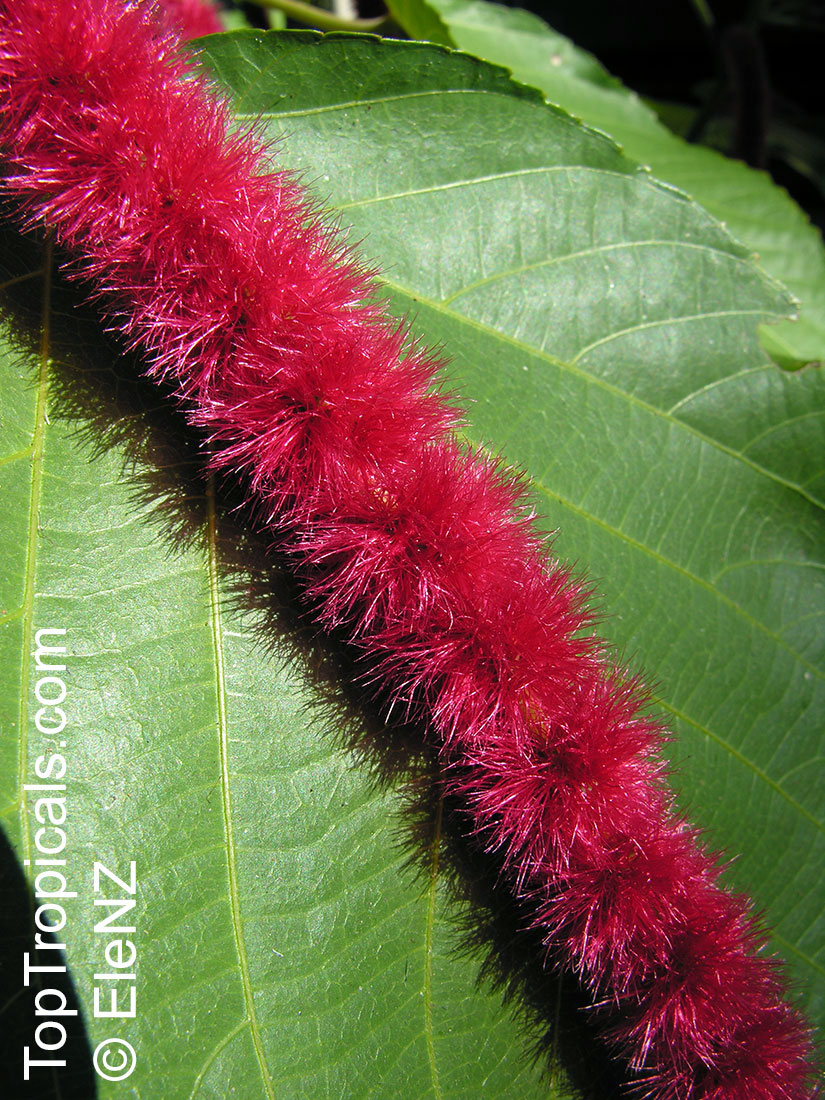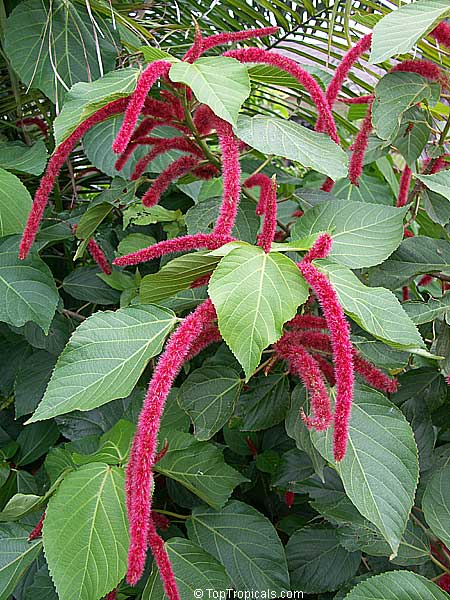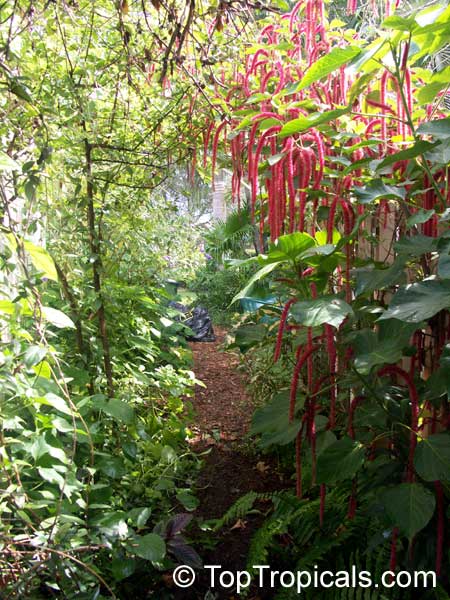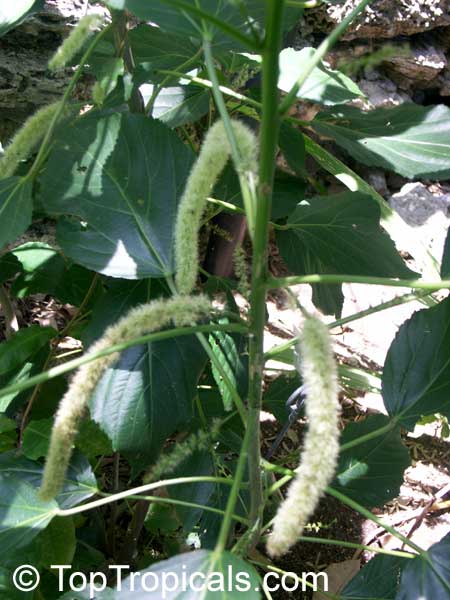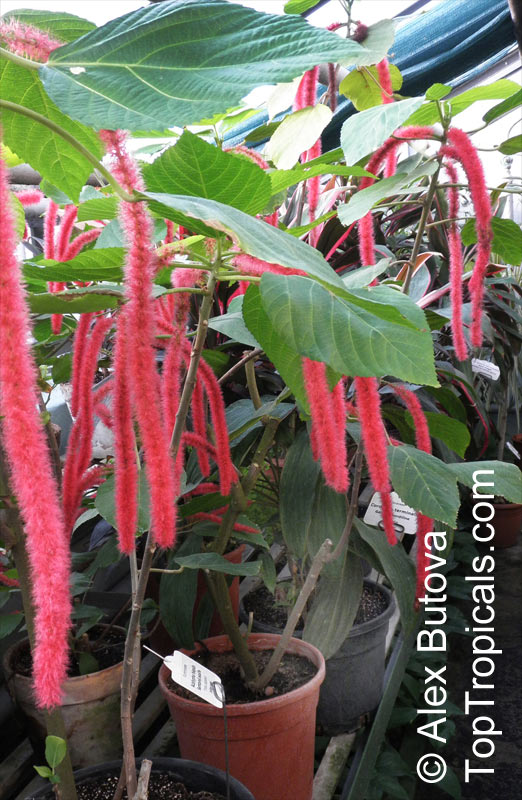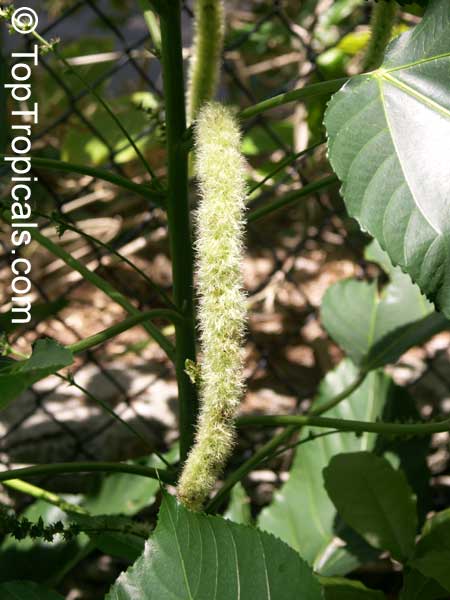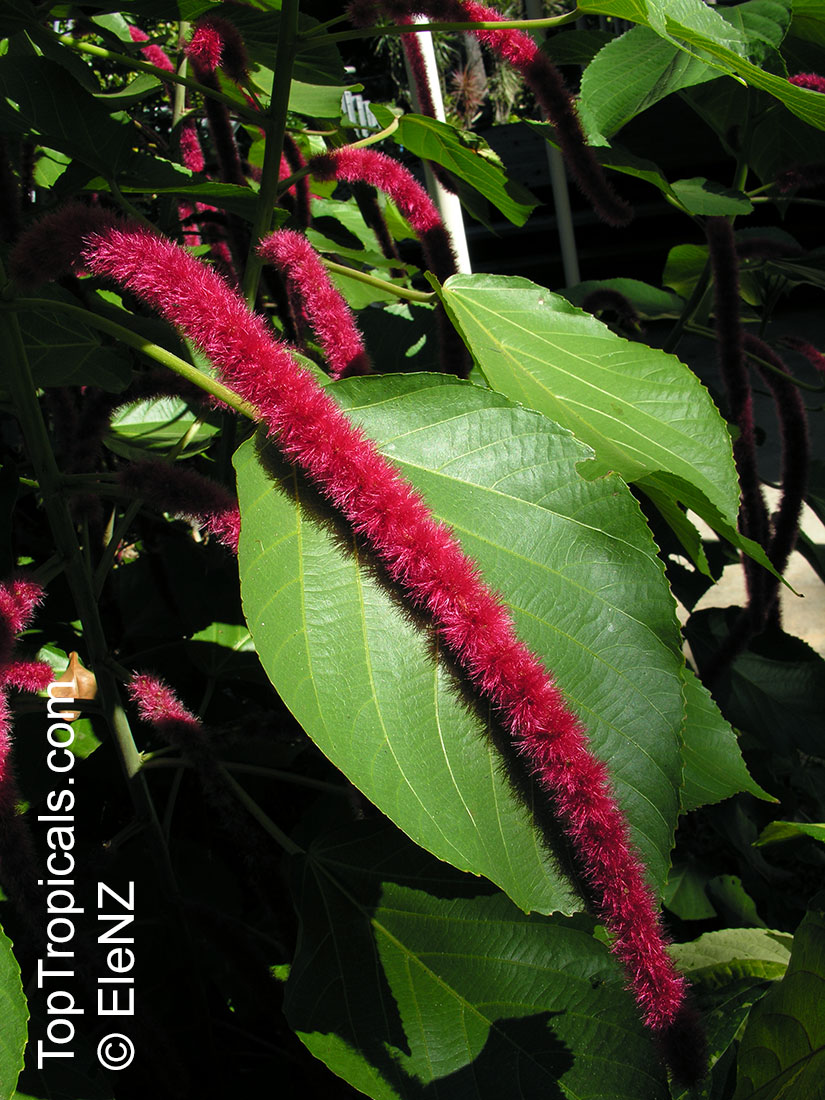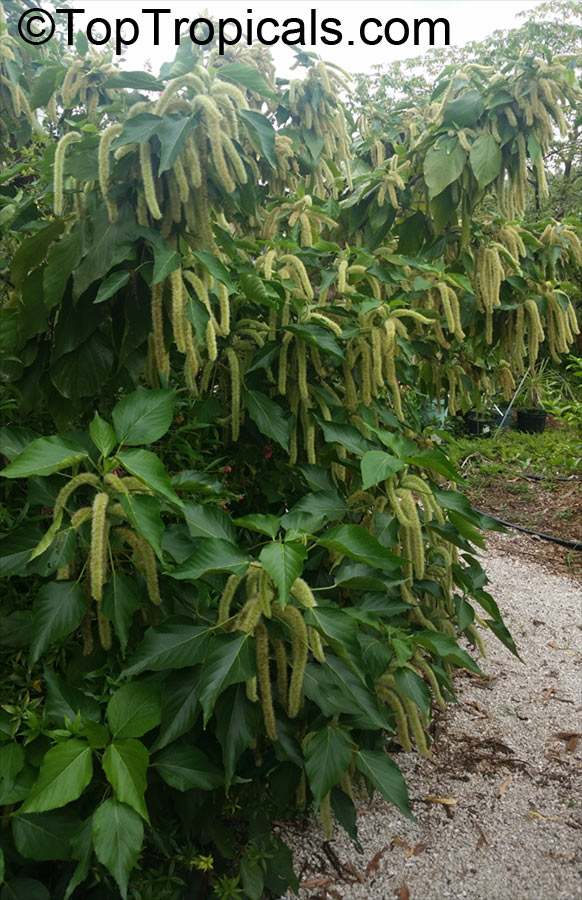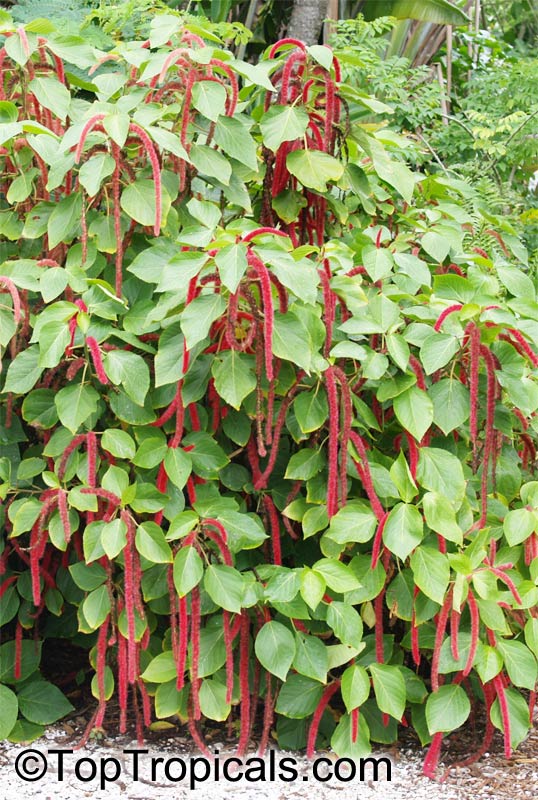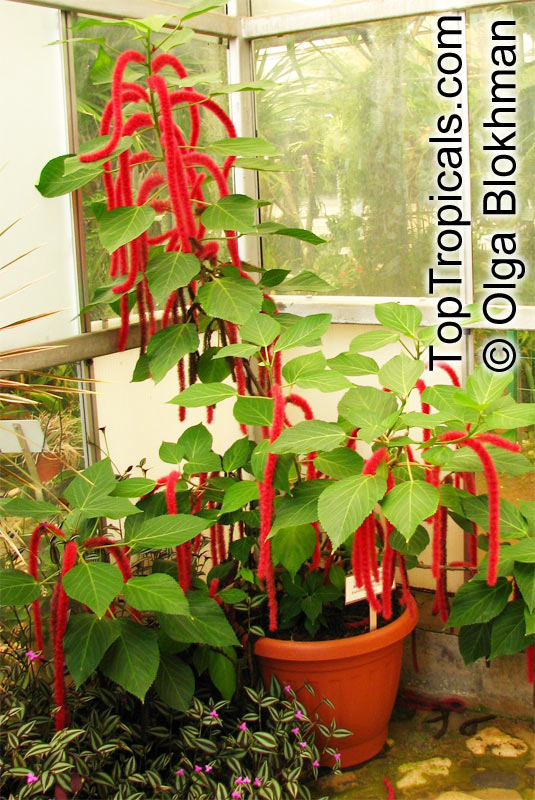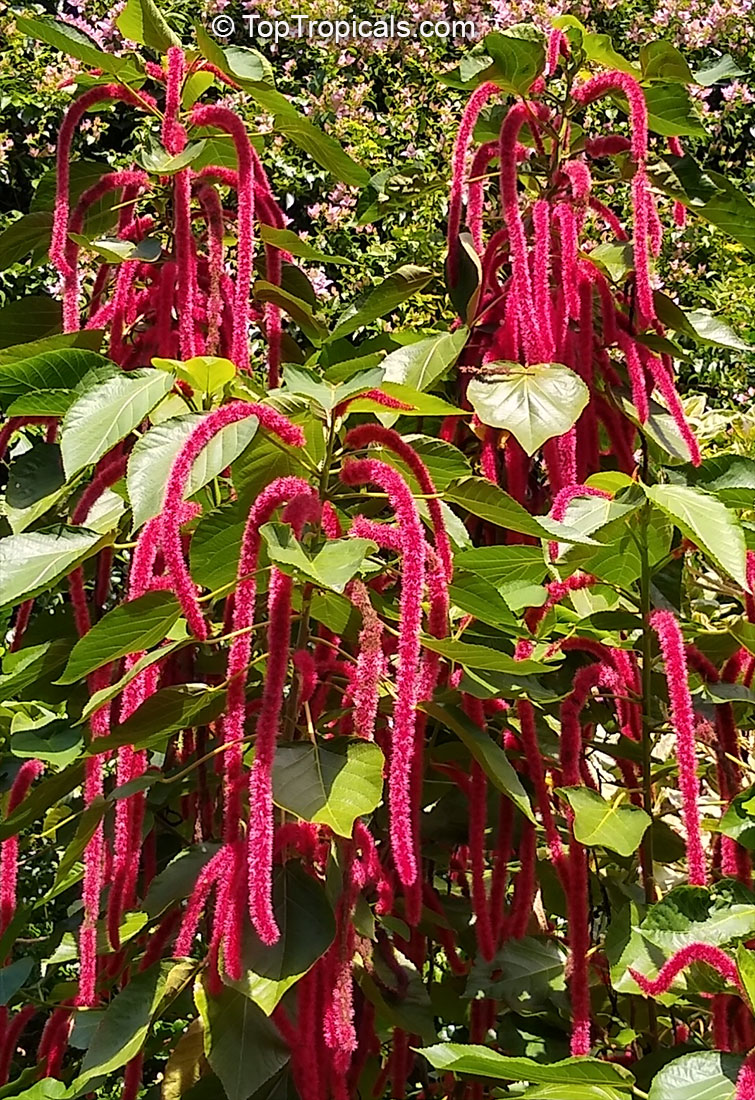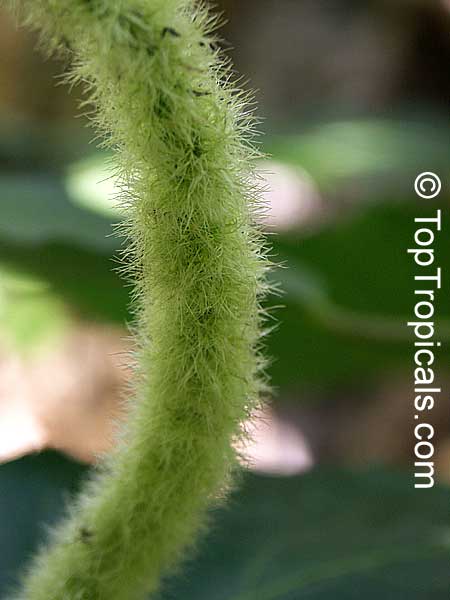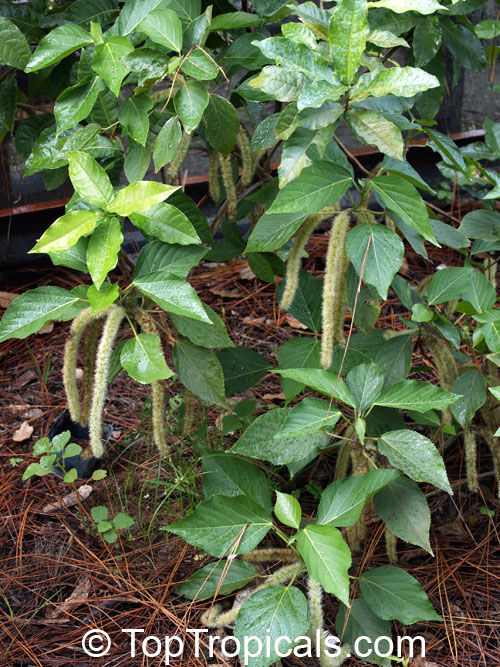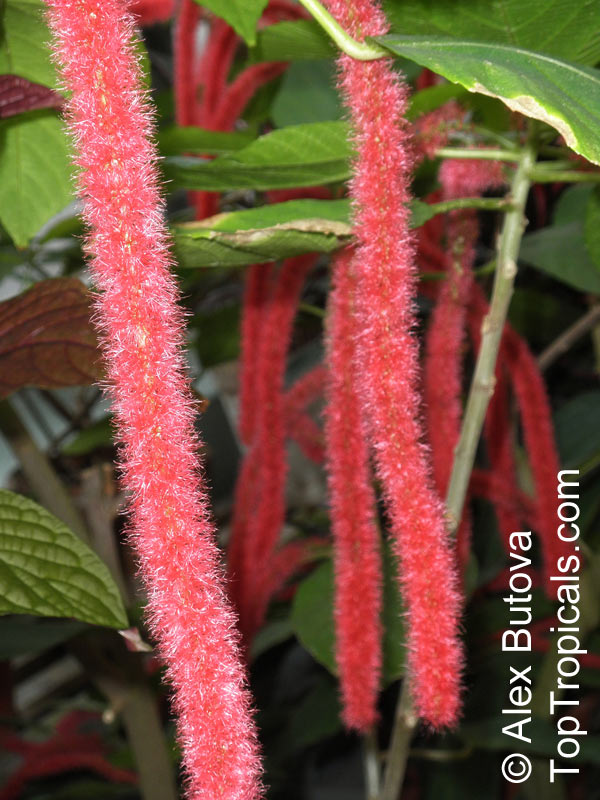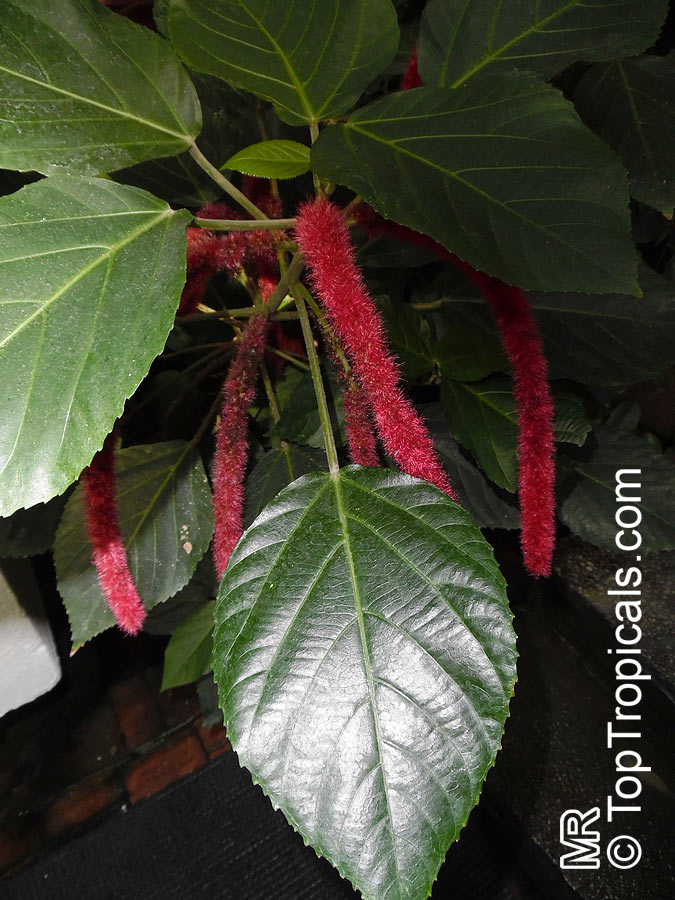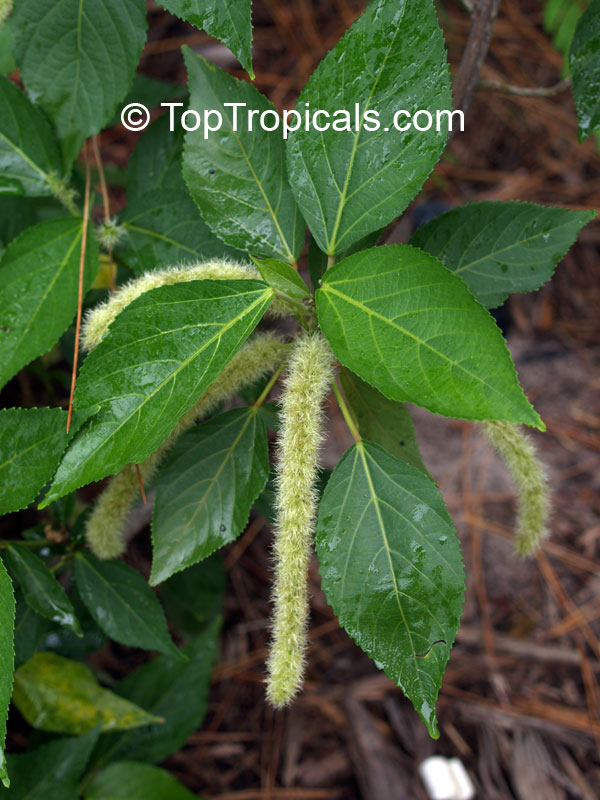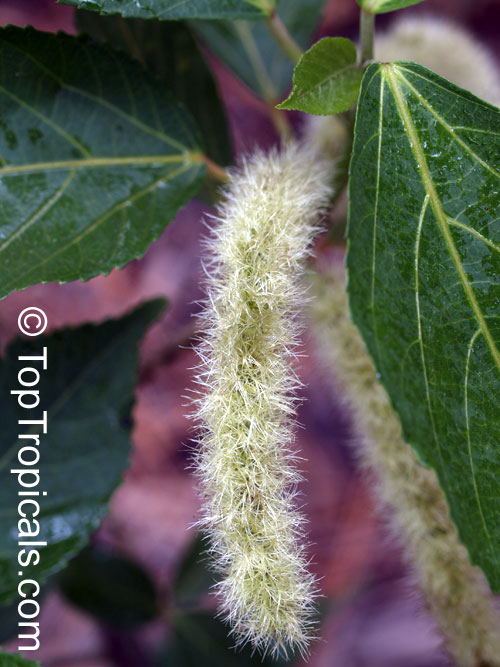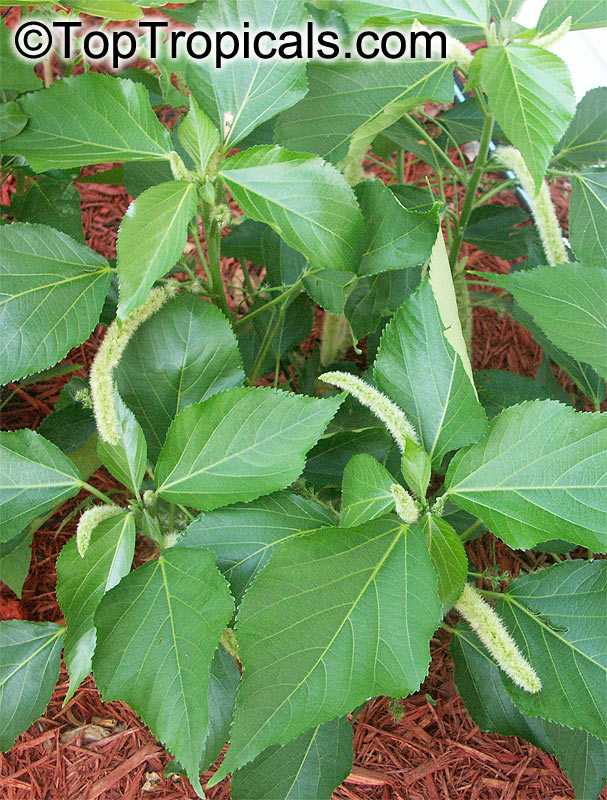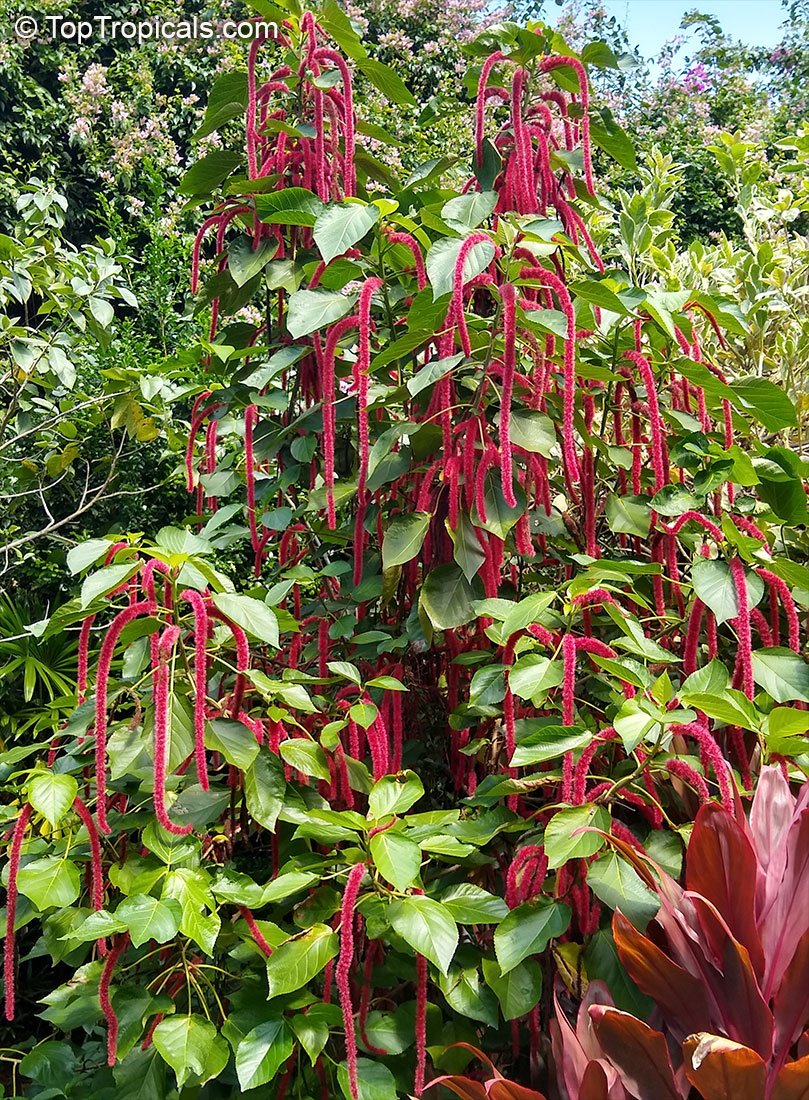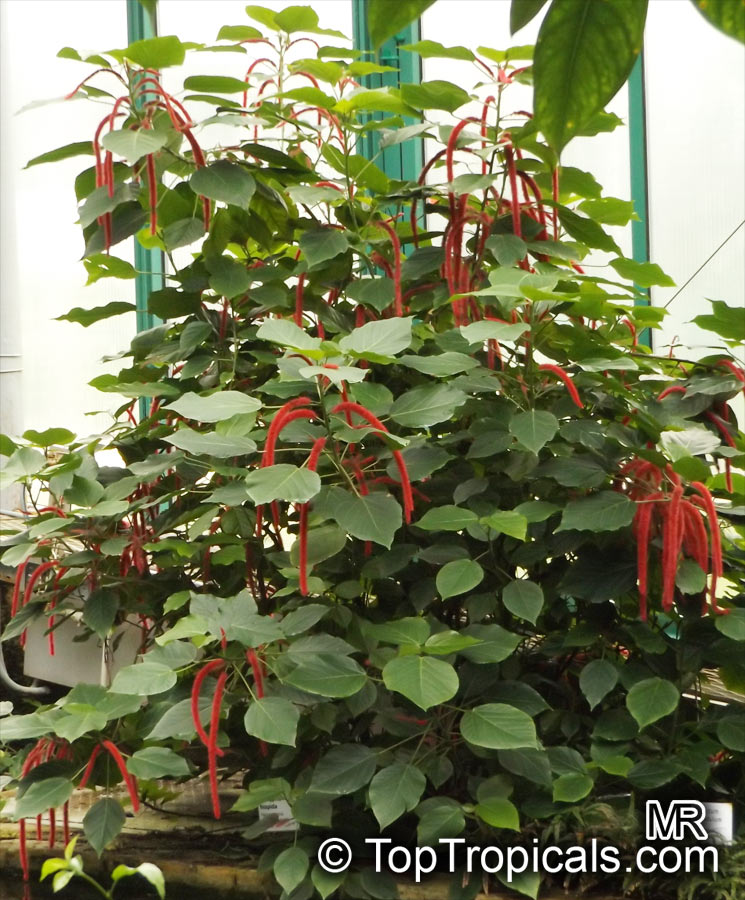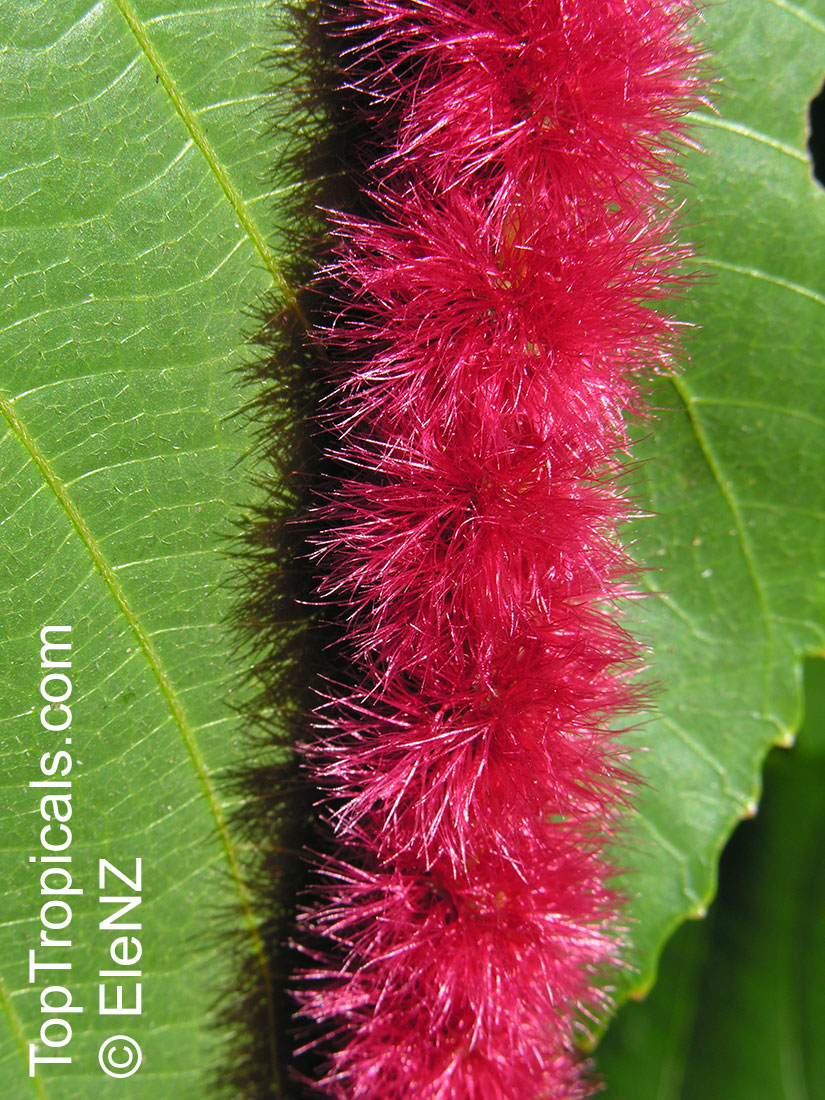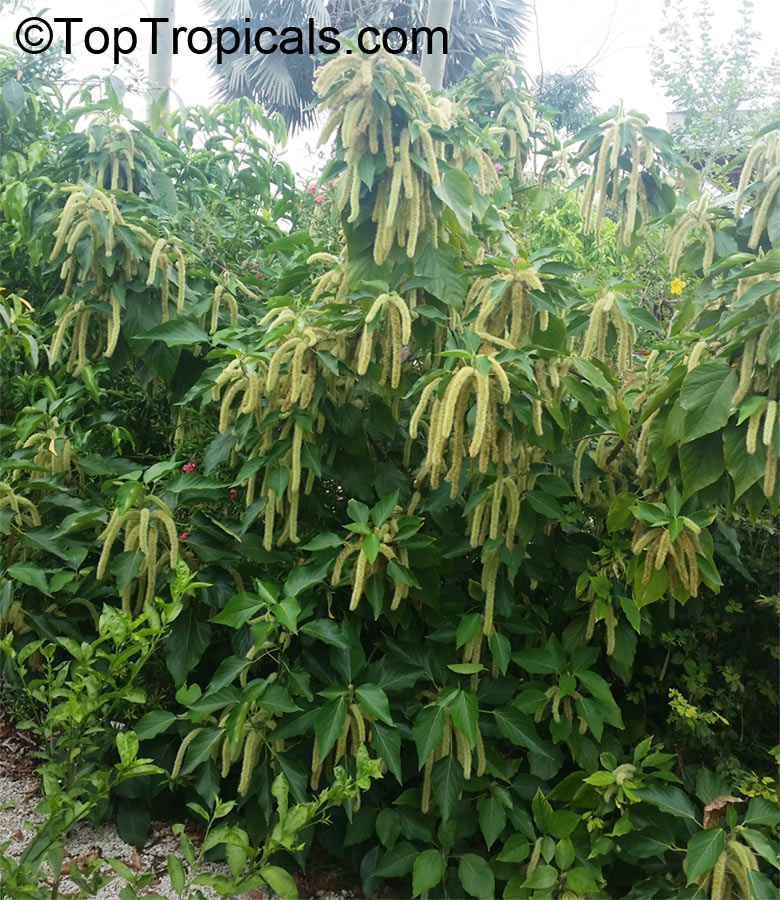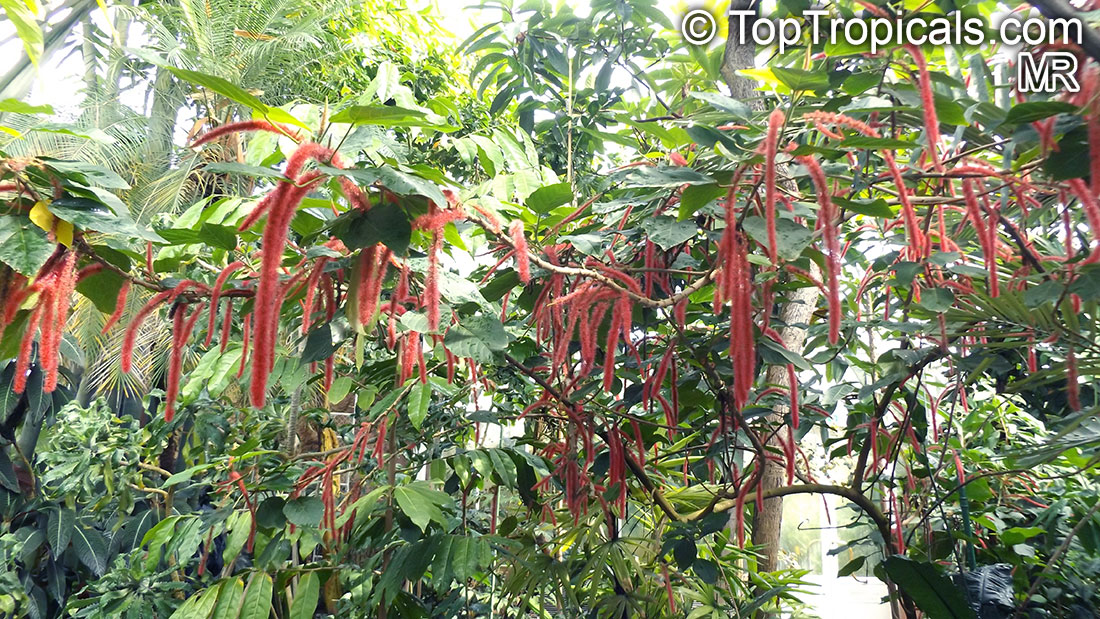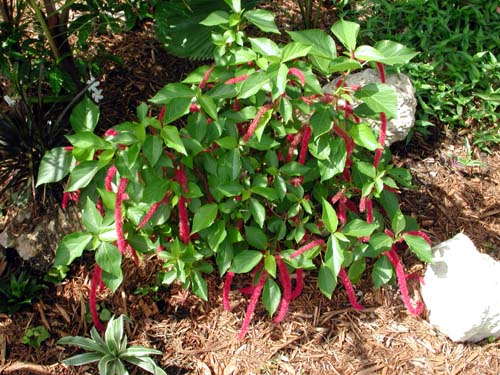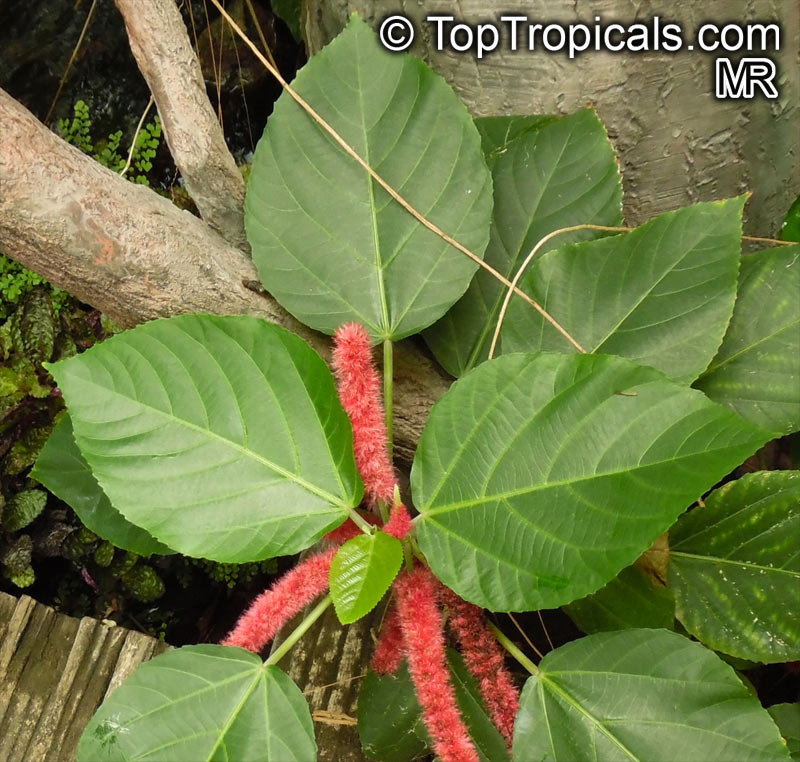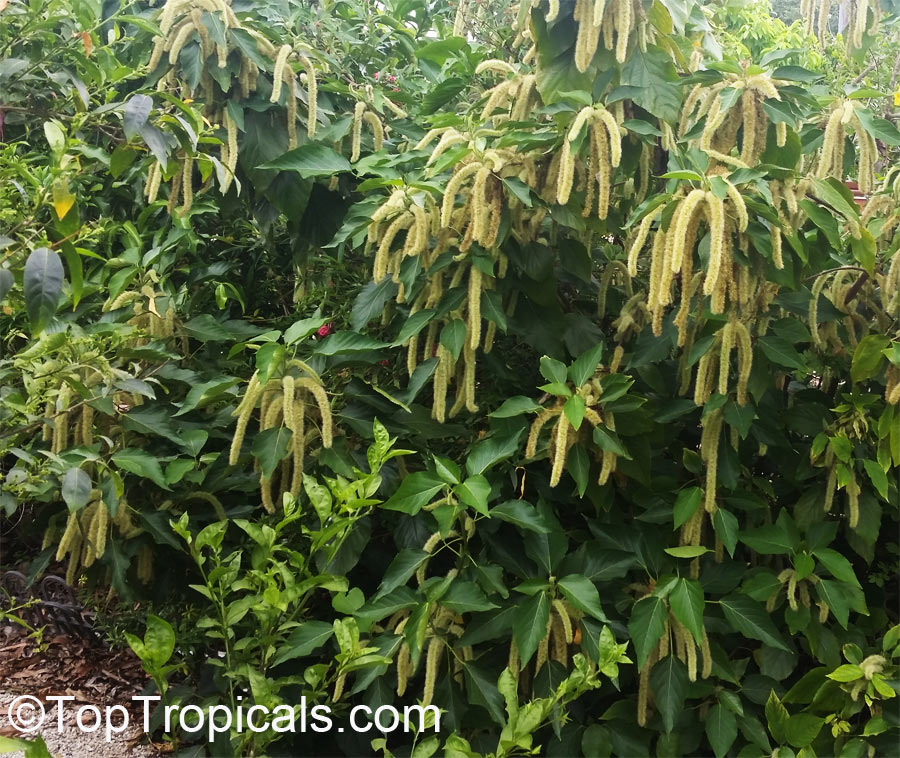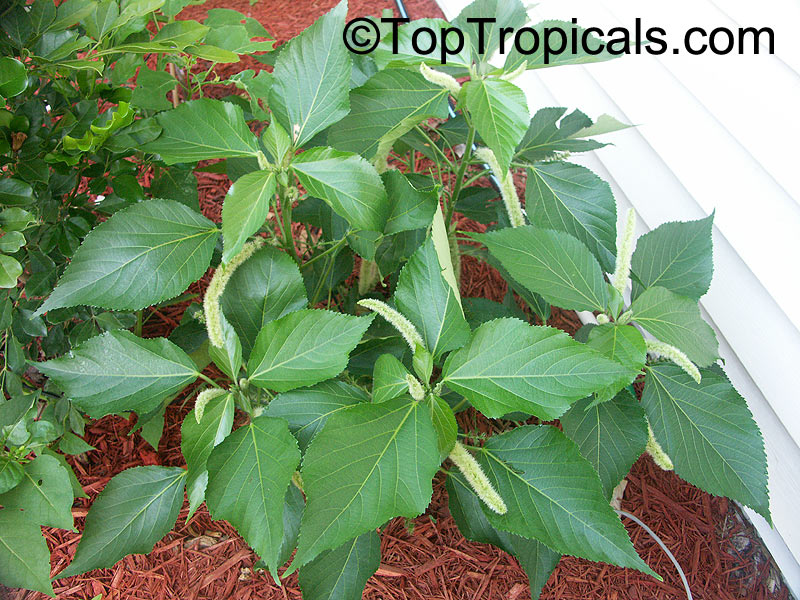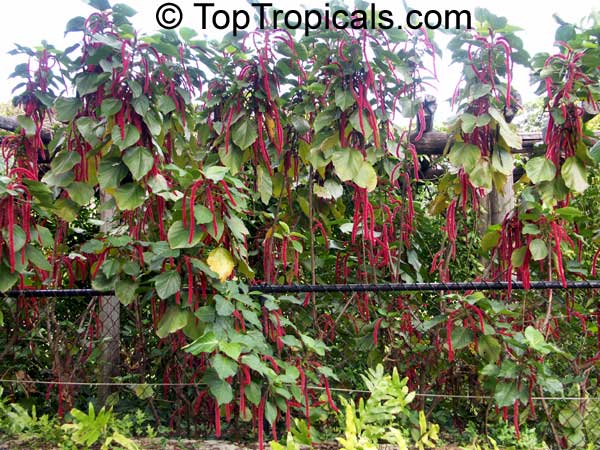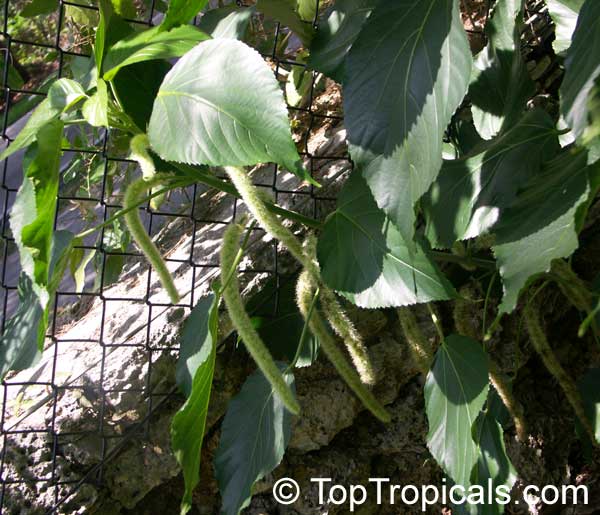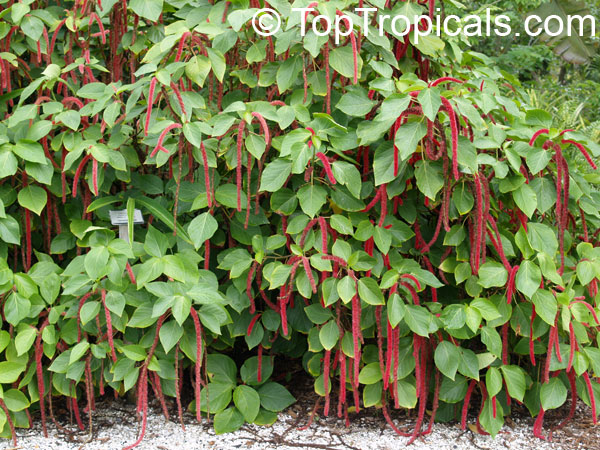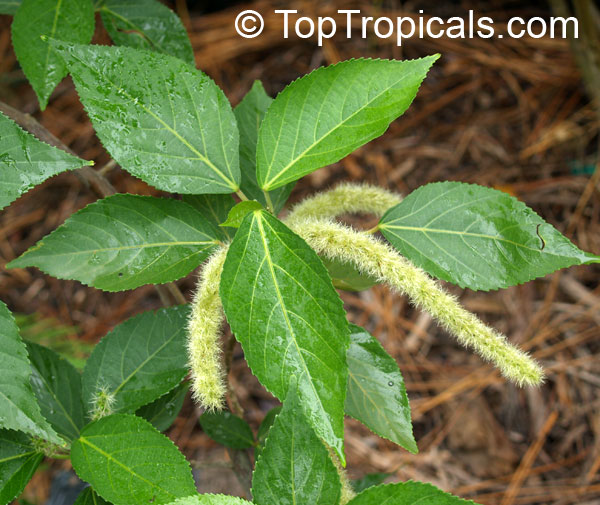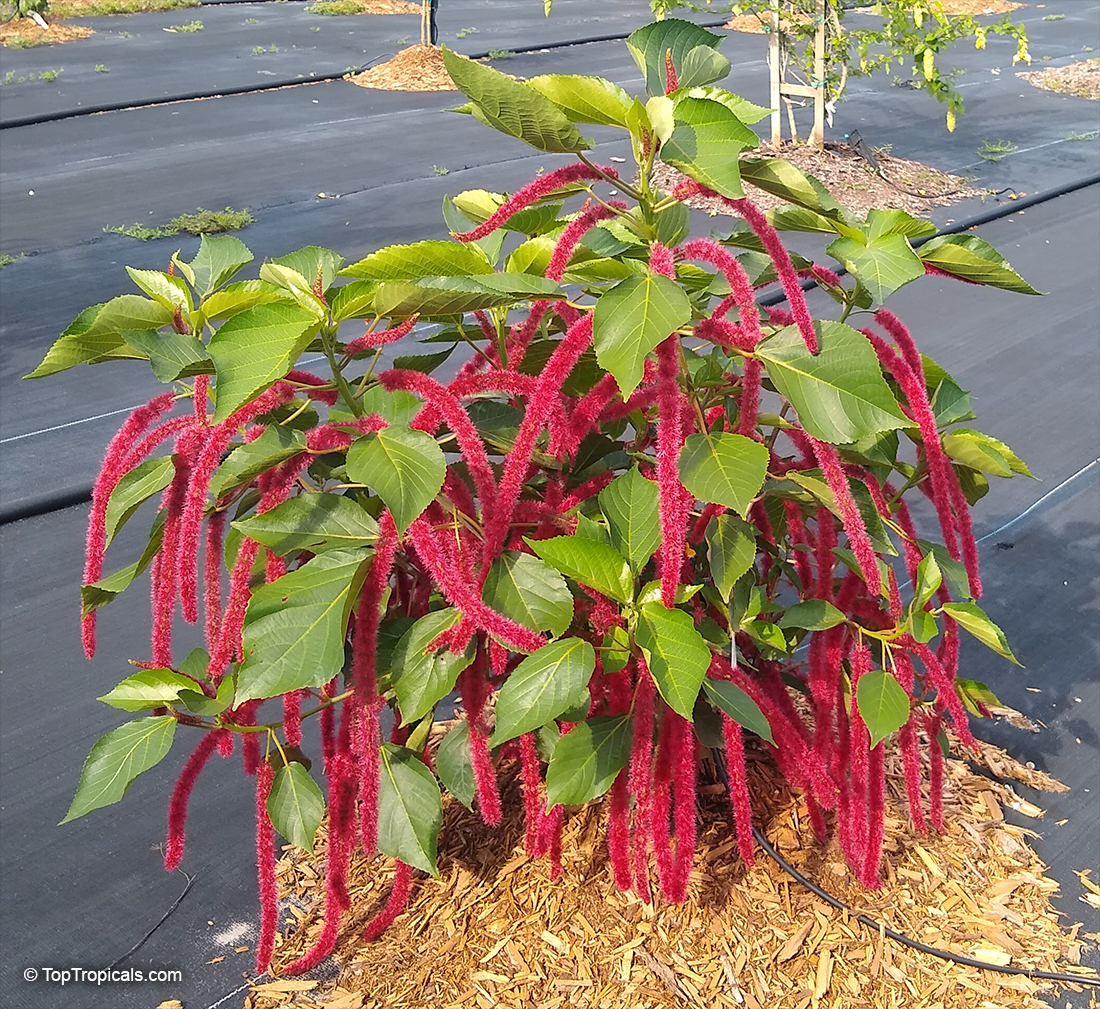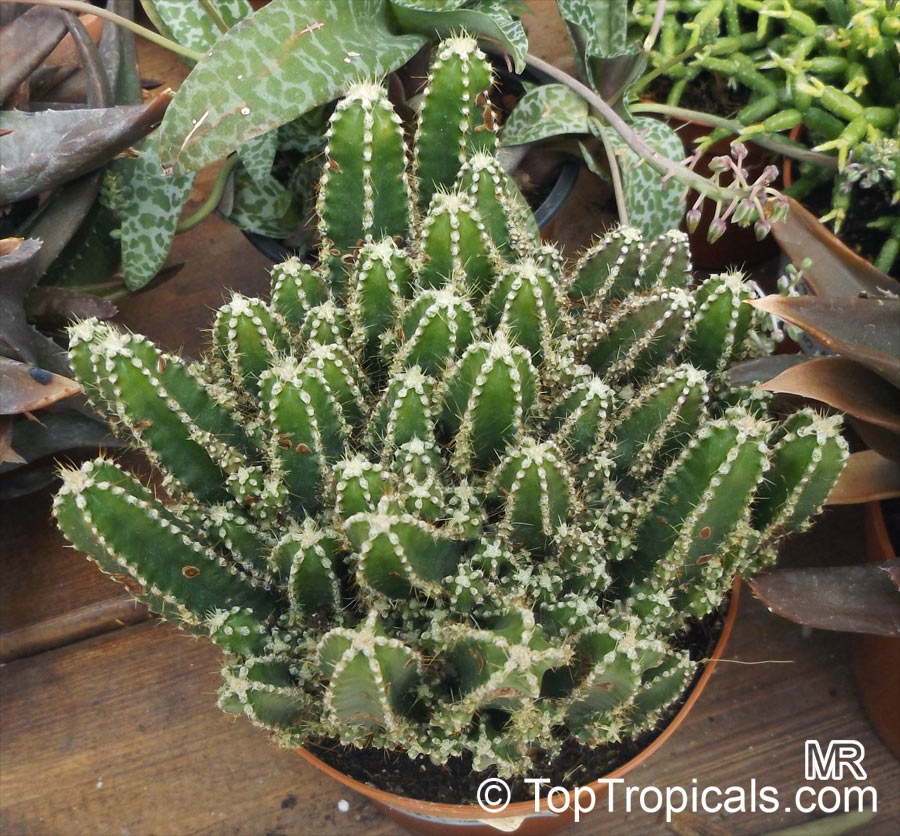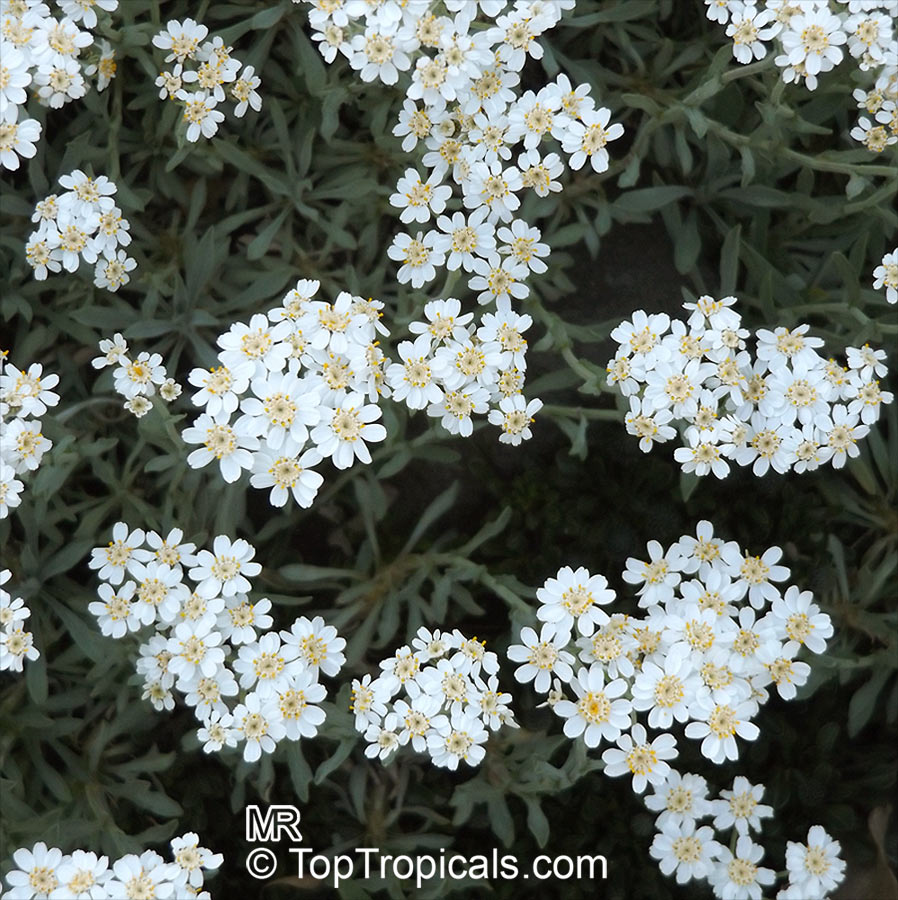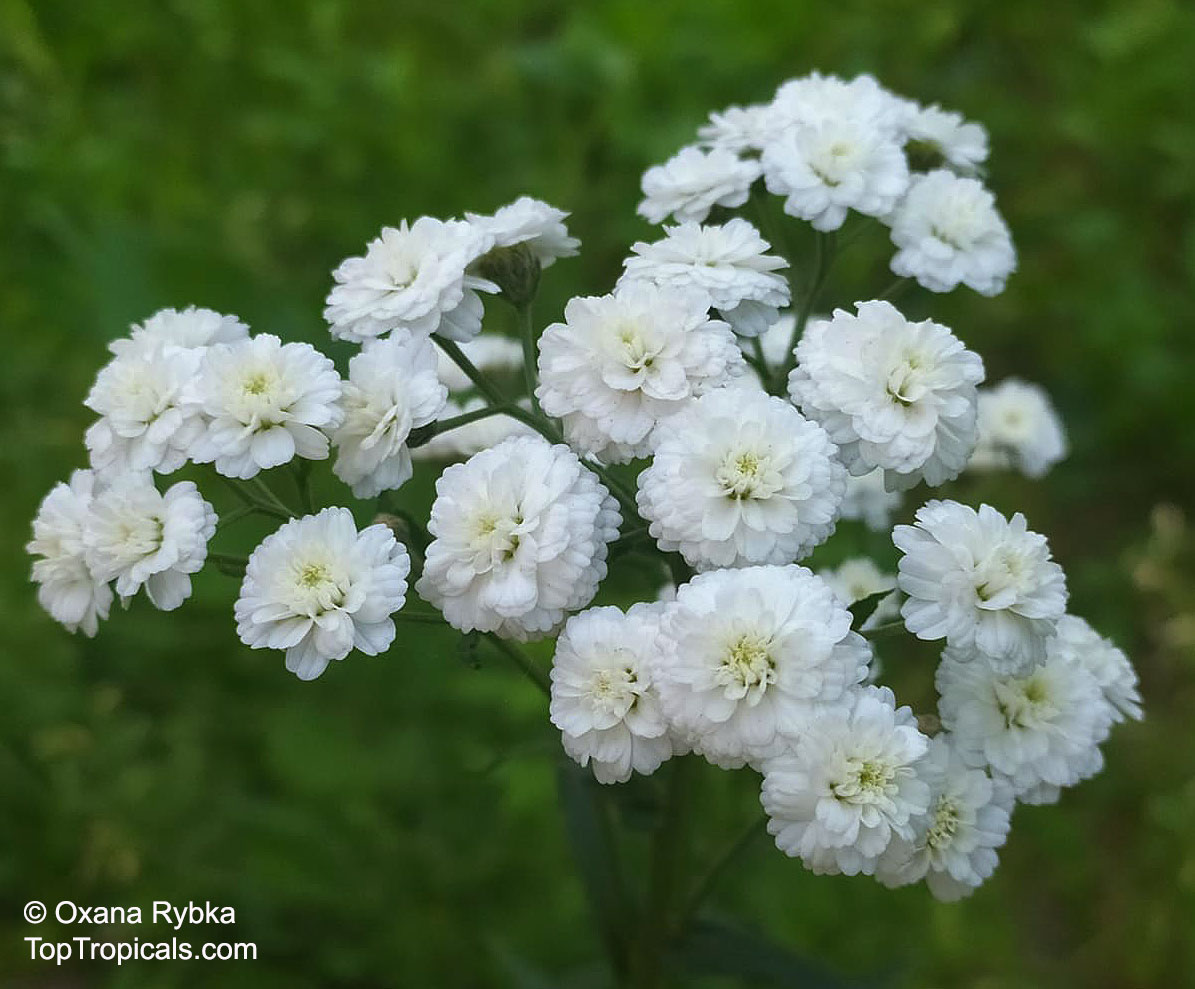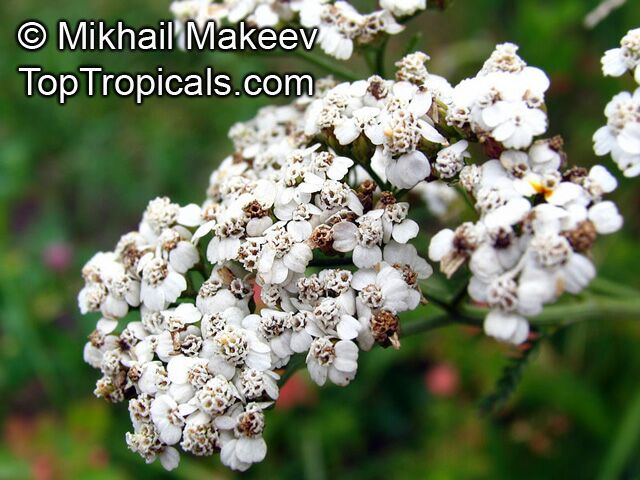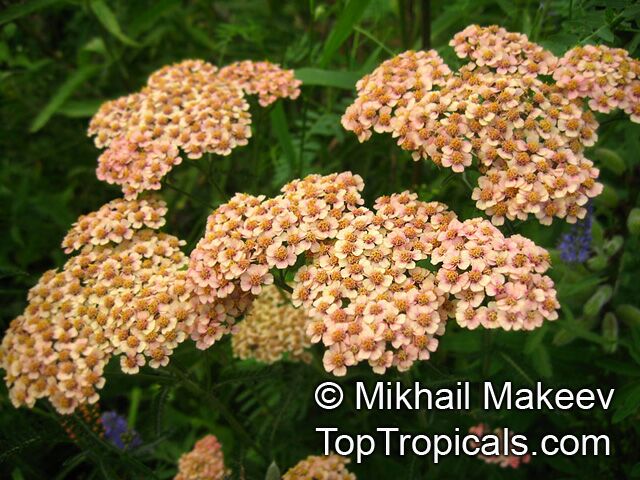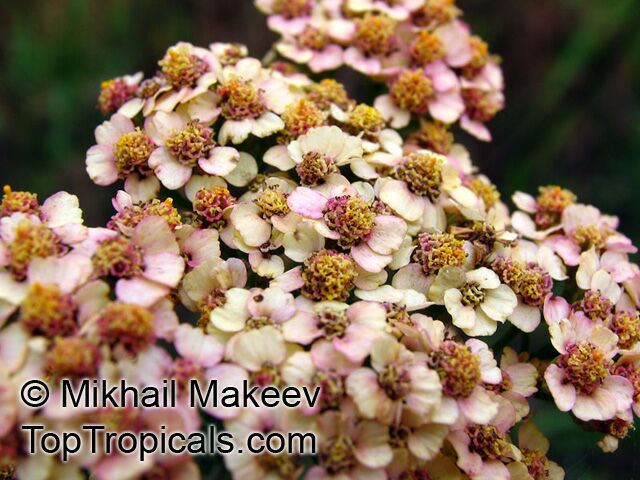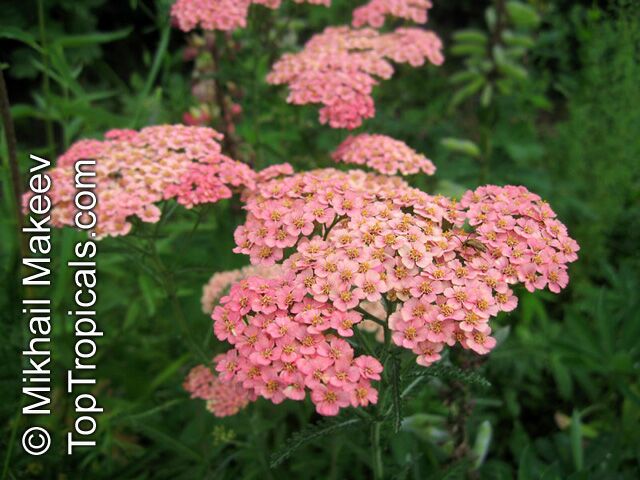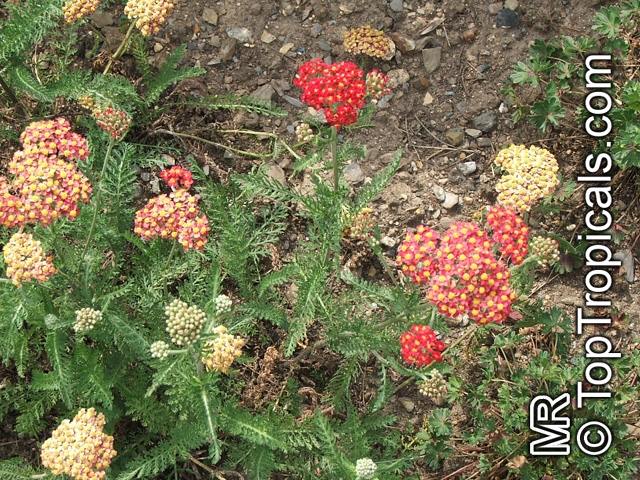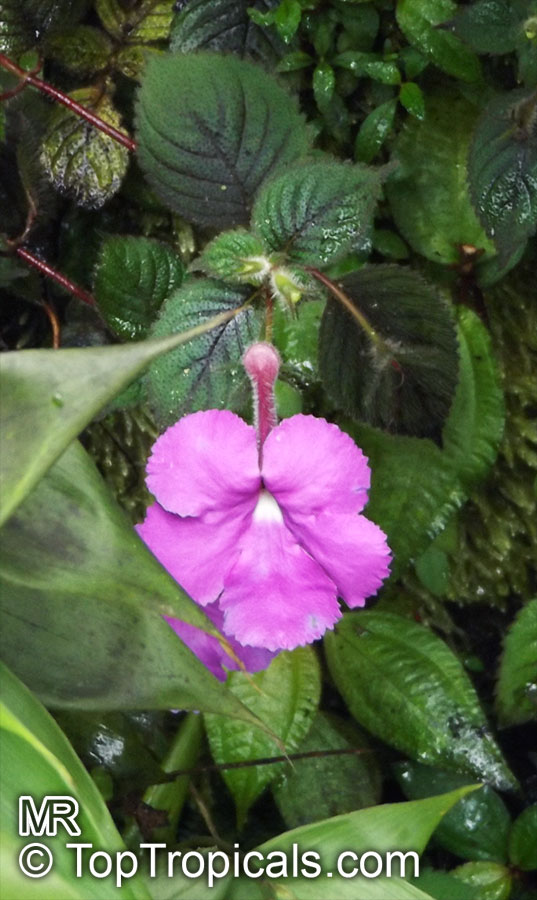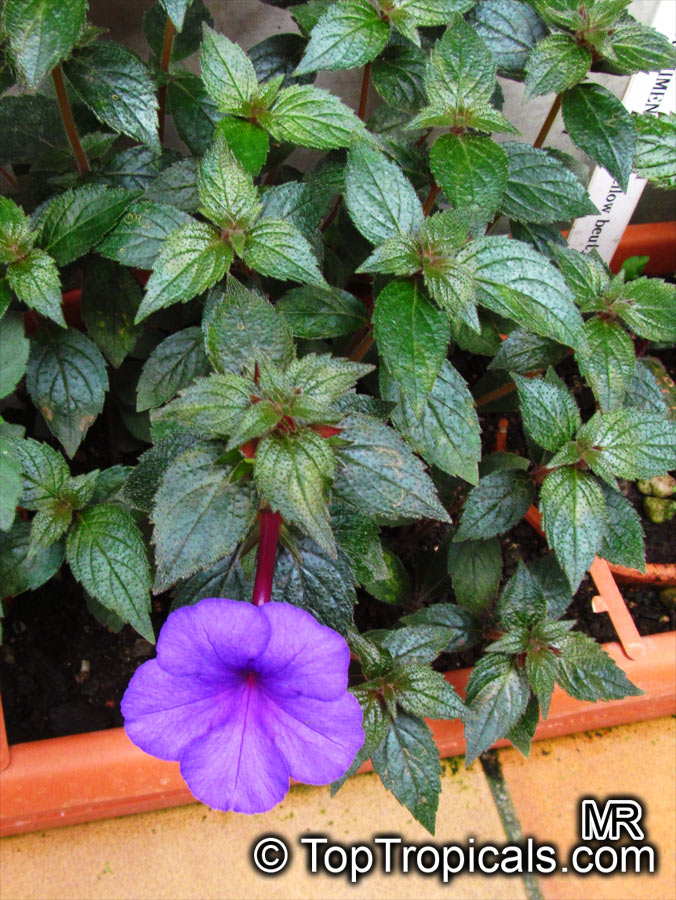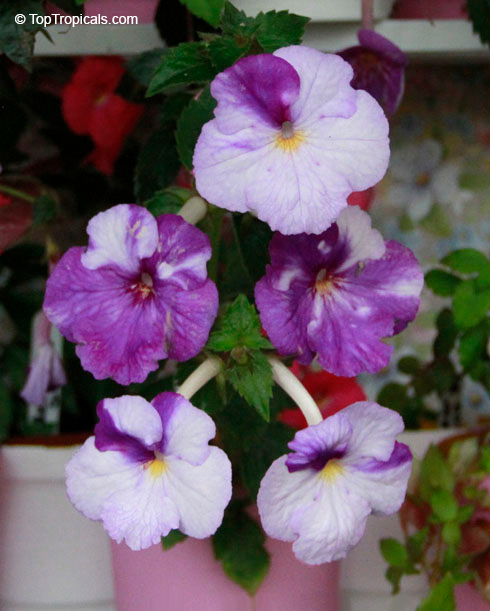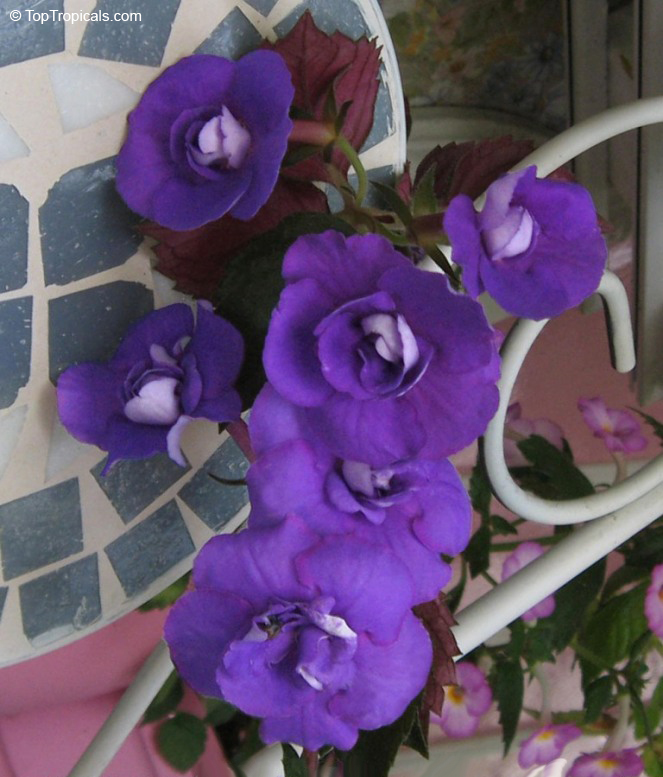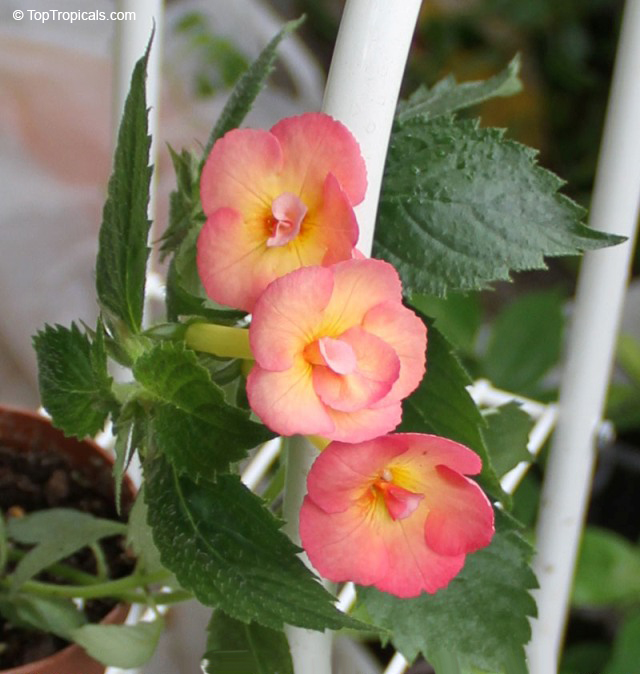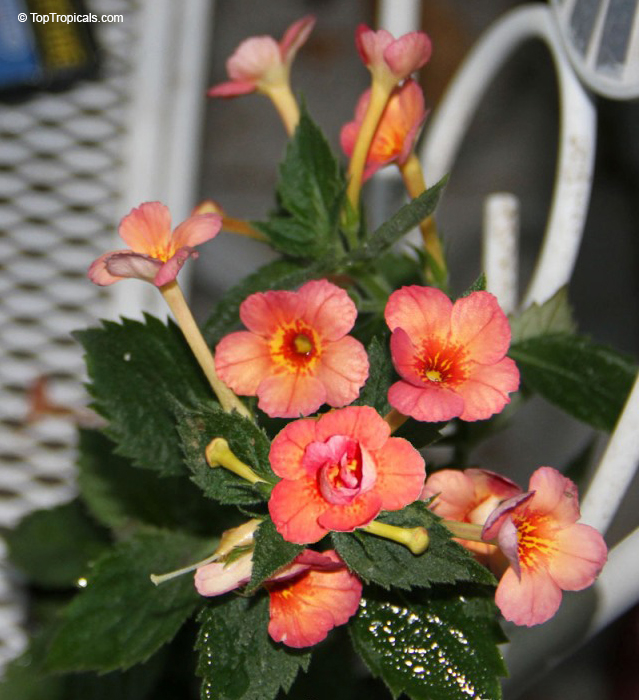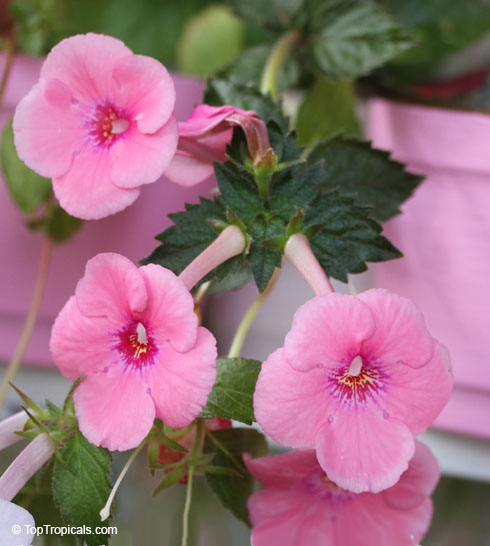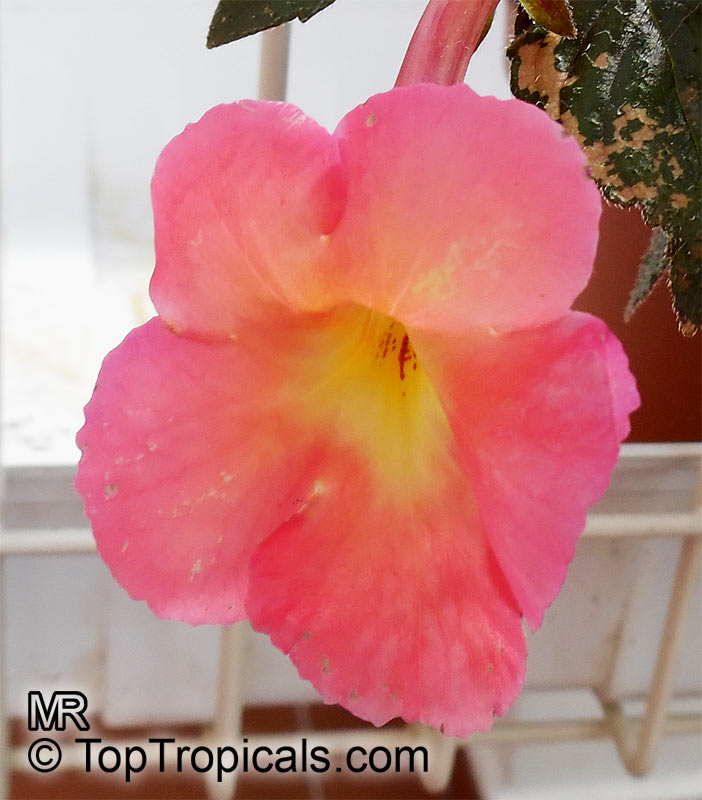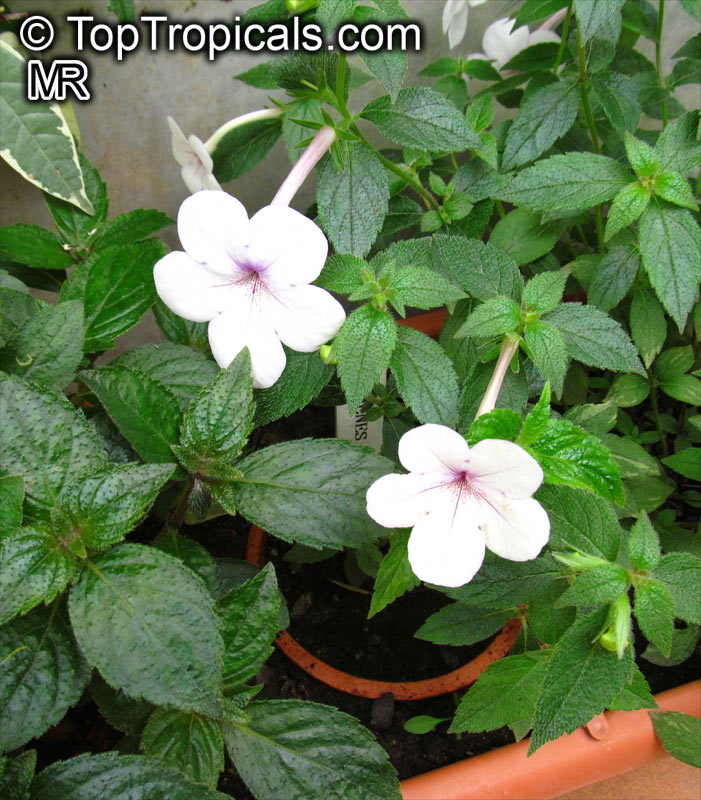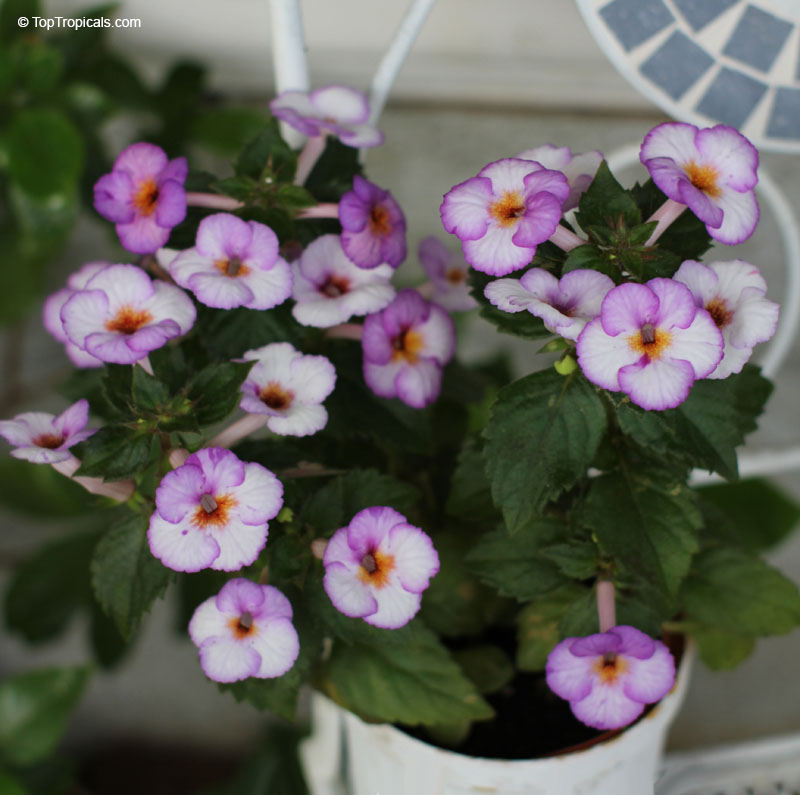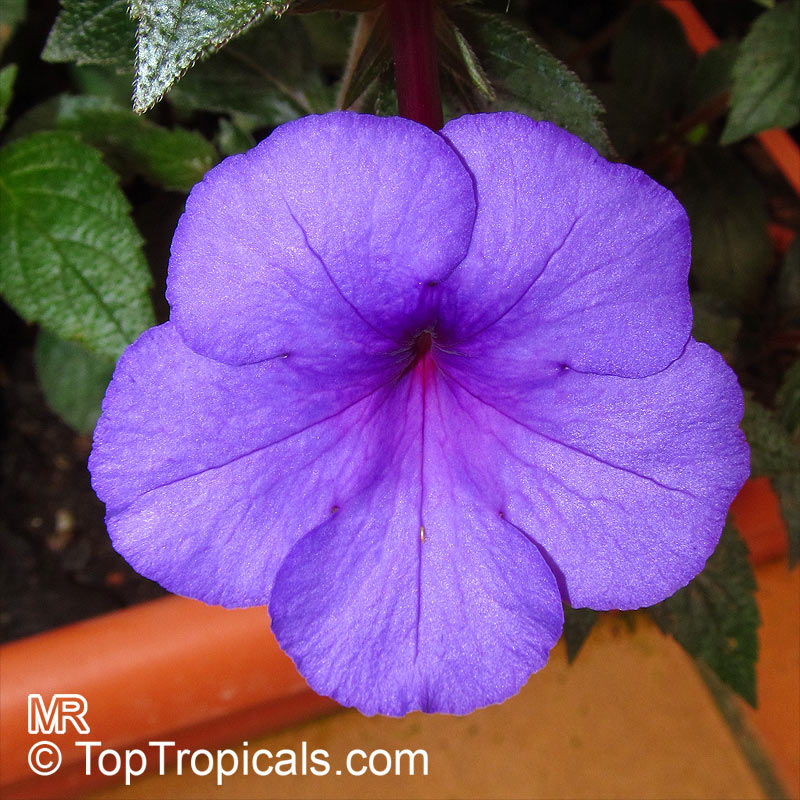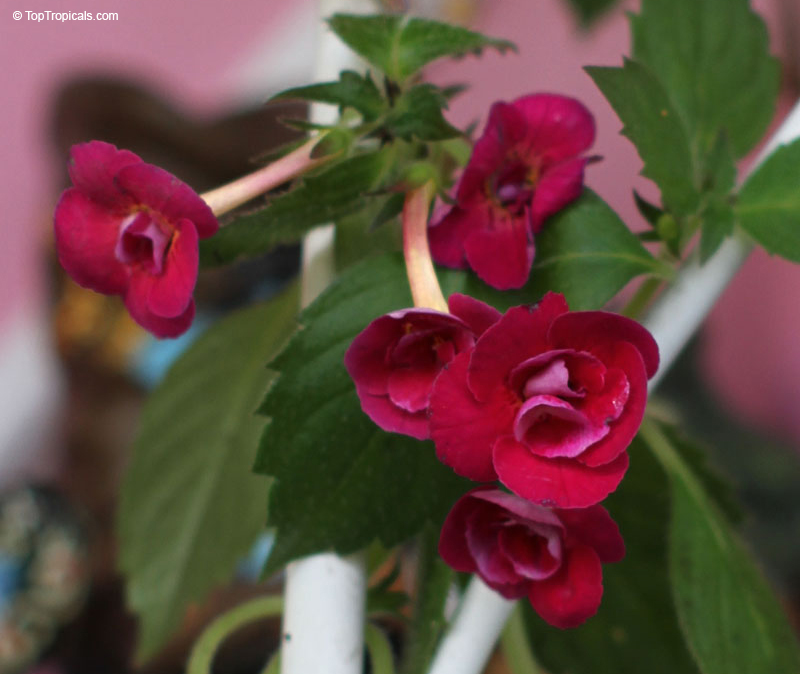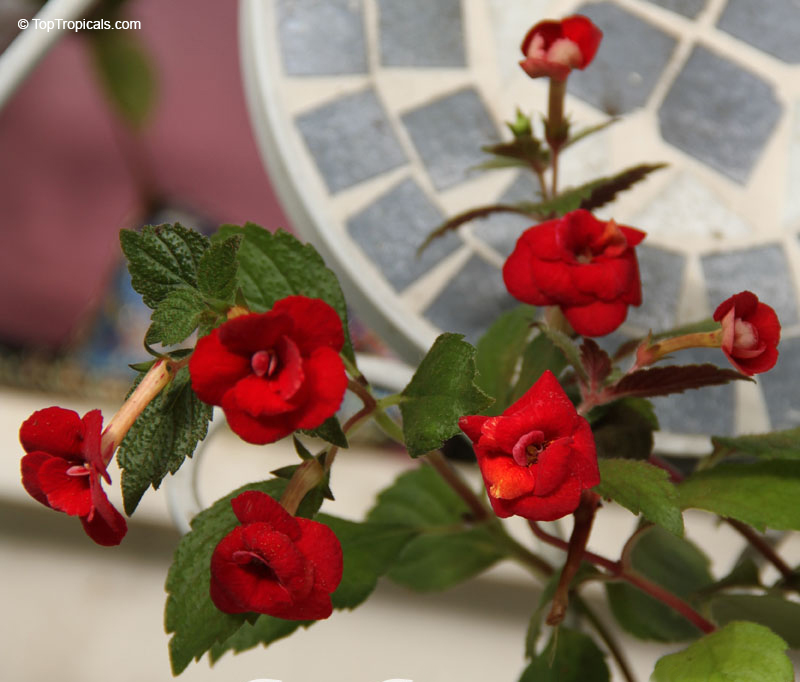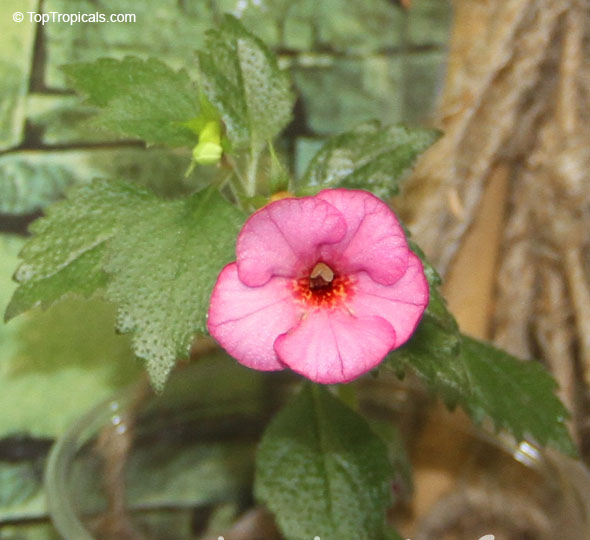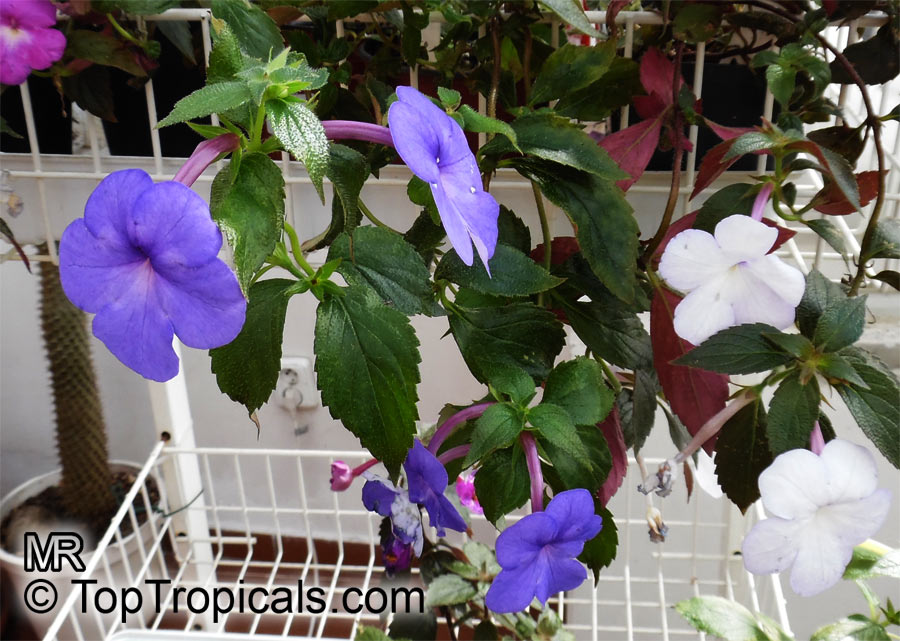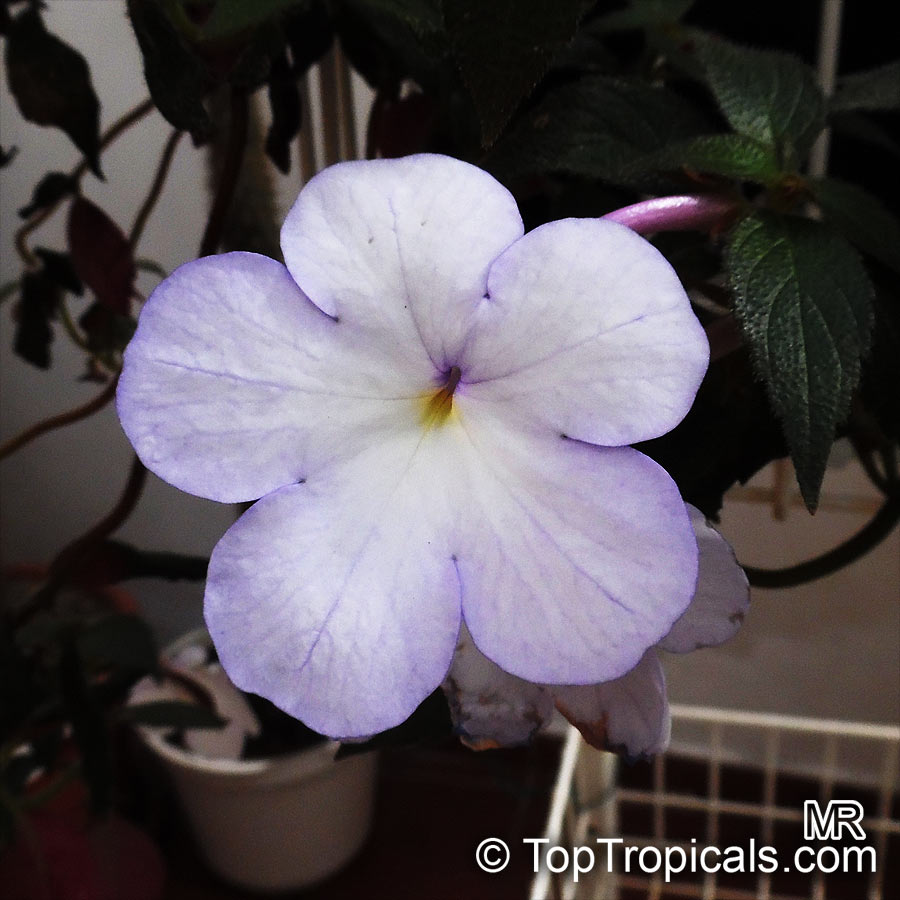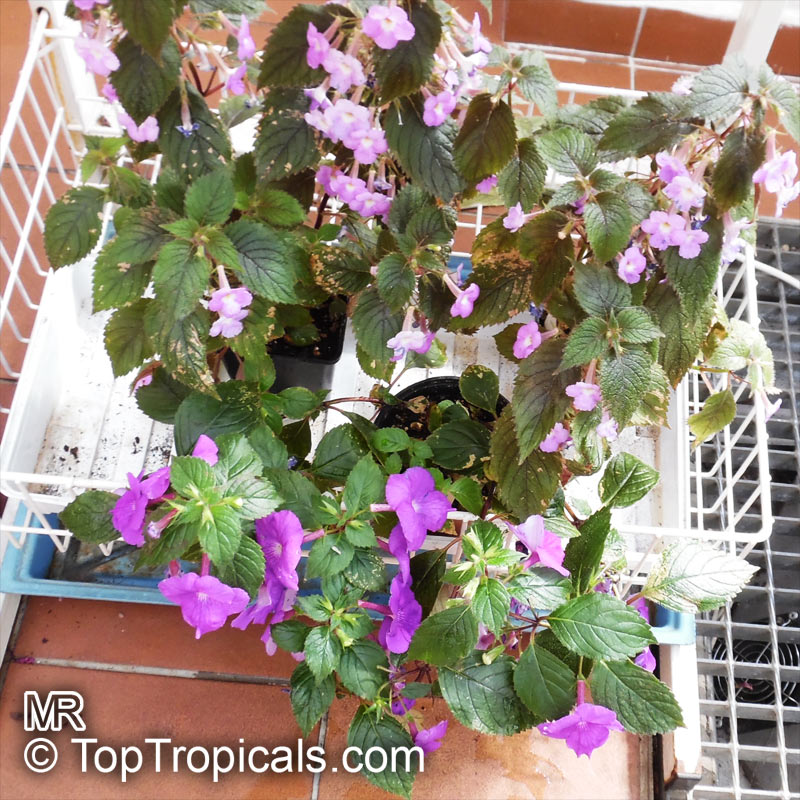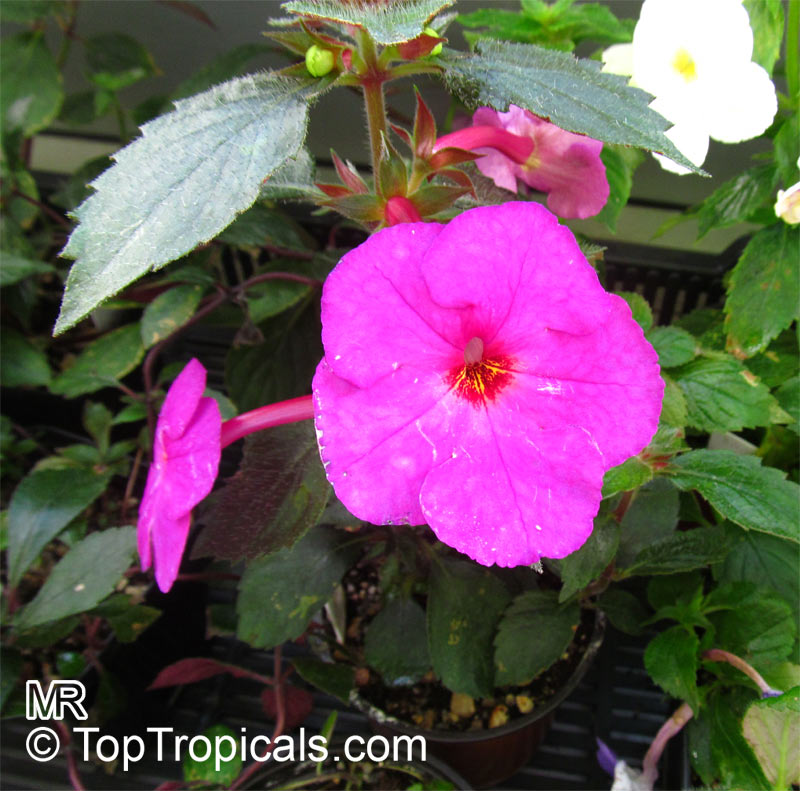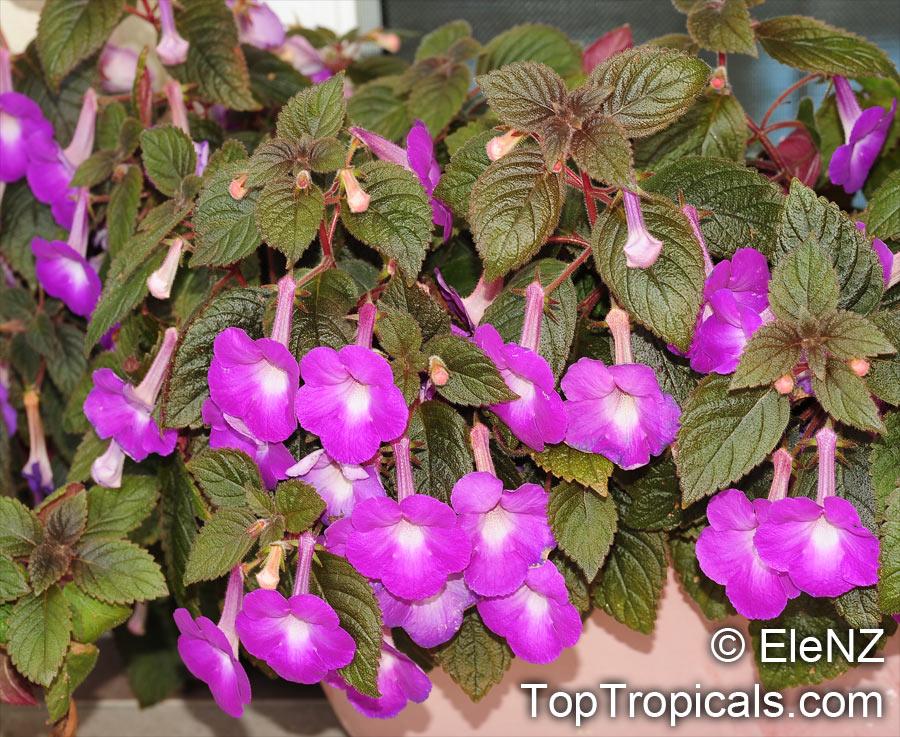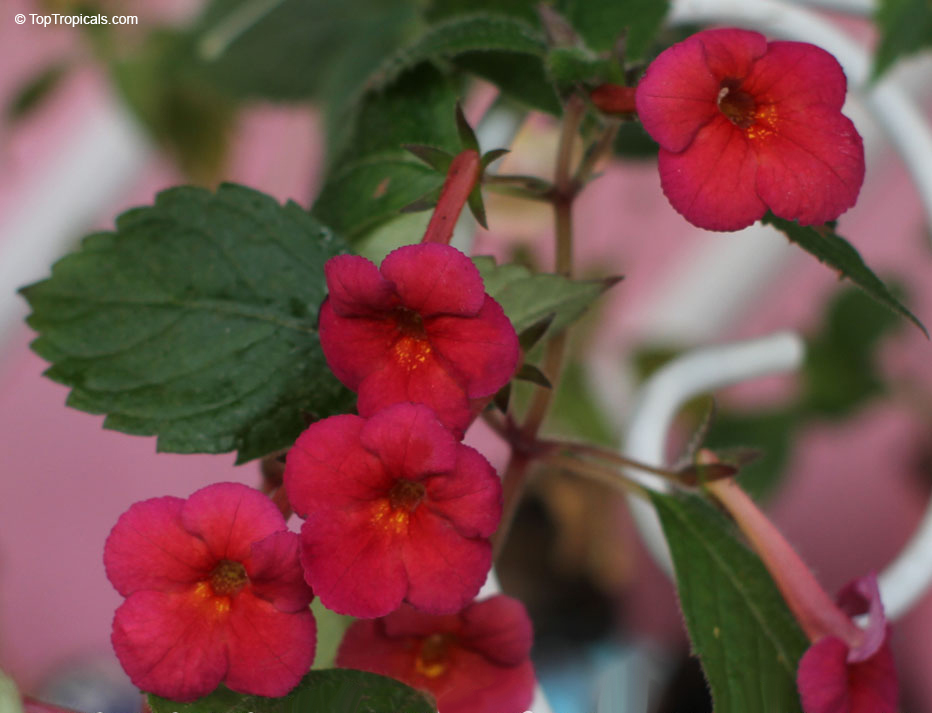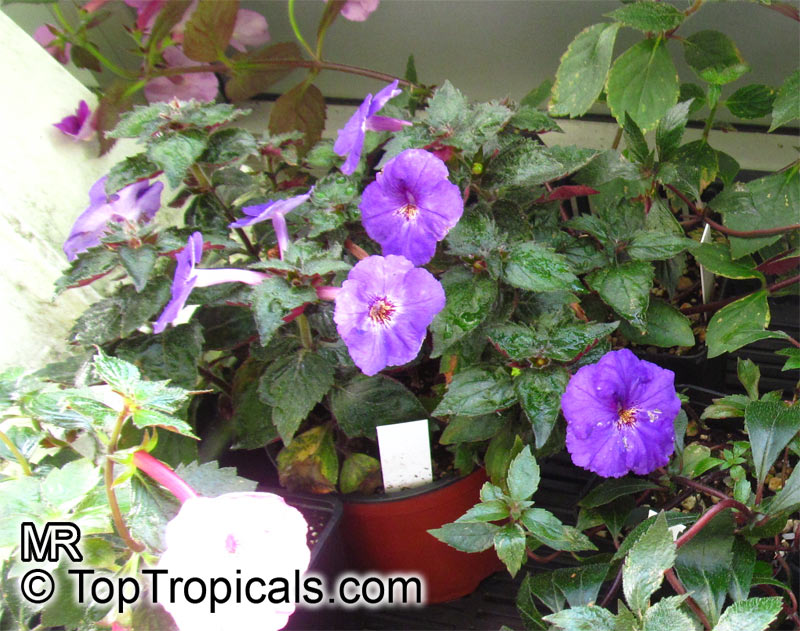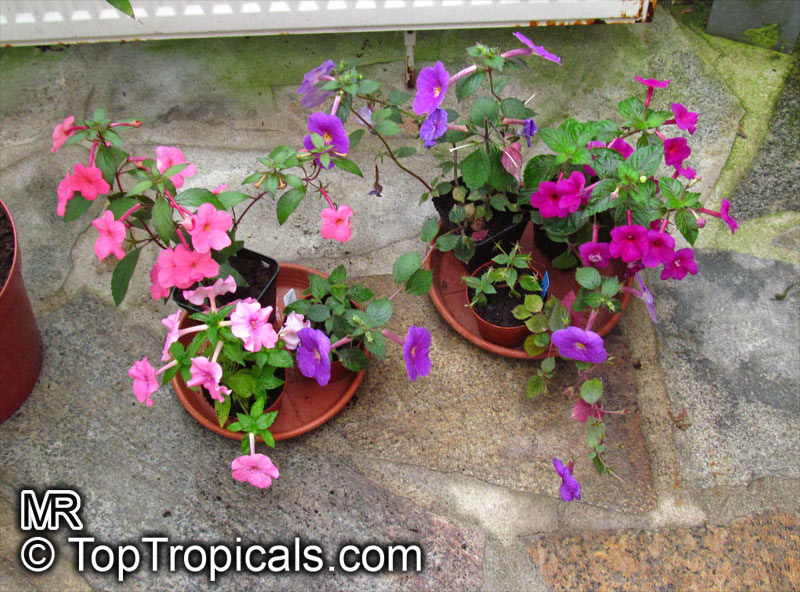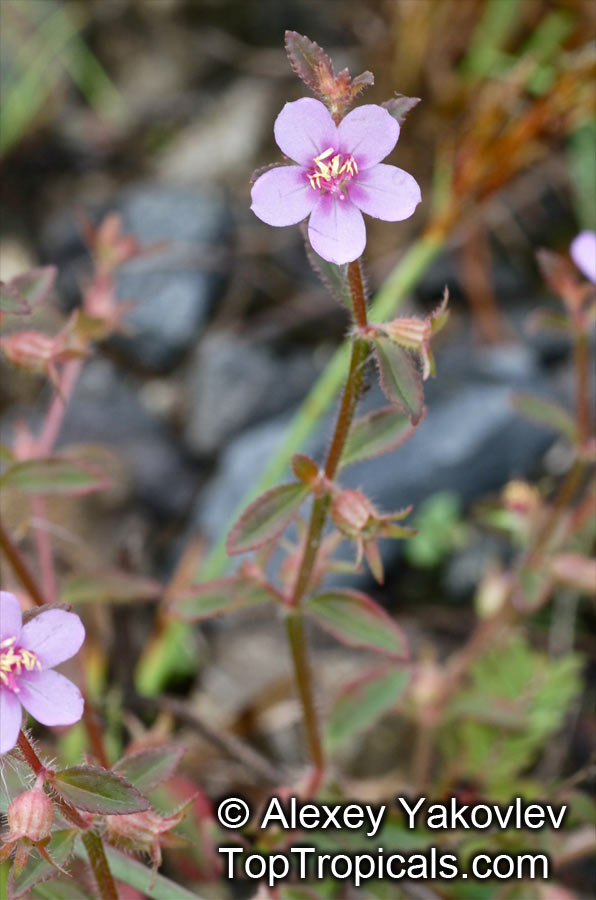Pink flowers - Search results
Top Tropicals Plant Encyclopedia
| Number of plants found: 1145 | Next | 
|
Go to page: | 1 | 2 | 3 | 4 | 5 | Last |
Botanical name: Abelia grandiflora
Common name: Glossy Abelia
Family: Caprifoliaceae
Origin: China










Abelia is a popular evergreen or semi-evergreen shrub with a rounded, fountain-like growth habit. It is fast-growing, growing up to 4-8 feet tall and 4-6 feet wide. Its leaves are fine-textured, glossy, oval, and dark green, usually 2 inches long, and the new growth has a bronze color. Abelia produces small, white and pink tubular flowers in clusters at the end of its stems, from summer to fall. The flowers are barely one inch long, but they are slightly fragrant - which attracts hummingbirds and butterflies.
This shrub is a great choice for planting near a pool, as it loves both full sun and semi-shade exposure. When watering it, allow the soil to dry out between waterings. It is mostly pest- and disease-free. Mature Abelias can withstand temperatures as low as 30 degrees Fahrenheit for a limited time.
Hyperacanthus amoenus is another popular evergreen shrub. It has pinkish red flowers with off-white petals that are fragrant, followed by green fruits that turn brown when ripe. This shrub is easy to grow, needing only full sun and regular watering - though it should be in USDA Zones 8 -9 for full protection from cold weather. For areas with colder climates, it is recommended to keep the plant in a pot and move it indoors in winter. In such a case, extra care should be taken to make sure it has enough water, light and fertilizer. Pruning may also be necessary to ensure the plant remains within the size desired.
Botanical name: Abelia sp.
Common name: Abelia
Family: Caprifoliaceae









The flowers appear in the upper leaf axils and stem ends, 1-8 together in a short cyme; they are pendulous, white to pink, bell-shaped with a five-lobed corolla.
The species from warm climates are evergreen, and colder climate species deciduous.
Botanical name: Abrus precatorius
Common names: Buddhist rosary bead, Rosary pea vine, Carolina muida, Deadly crab's eye, Lucky bean, Prayer beads, Weather plant, Wild liquorice
Family: Fabaceae
Subfamily: Faboideae
Origin: India, Sri Lanka, Thailand







Abrus precatorius has small pretty purple flowers located at the end of the stalks. Fruits are short, inflated pods, splitting open when mature to reveal the round; hard and shiny seeds which are scarlet, but black at the base. Seeds contain abrin, one of the most toxic plant poisons known.
Botanical name: Abutilon sp.
Common names: Flowering Maple, Weeping Maple,Chinese Lantern
Family: Malvaceae
Origin: South America










Abutilon species, commonly known as flowering maples or Chinese lanterns, are evergreen or semi-evergreen shrubs grown for their attractive maple-like foliage and pendant, bell-shaped blooms. Many garden forms are complex hybrids, combining traits from several South American species. These hybrids are valued for their long flowering season, compact to medium growth habit, and wide color range including white, yellow, orange, pink, and red. Some cultivars feature variegated leaves, adding extra ornamental appeal.
Hybrid abutilons thrive in full sun to partial shade and prefer fertile, well-drained soil with regular watering. They benefit from pruning in early spring to maintain shape and encourage branching, and pinching growing tips promotes a bushier form. Hardy in USDA Zones 8-11, they can tolerate brief drops to near freezing but require frost protection. In colder climates, hybrids are well-suited to container culture, allowing them to be overwintered indoors or in sheltered areas. Regular feeding during the growing season supports continuous blooming, and spent flowers should be removed to prolong display.
Recommended Fertilizer: SUNSHINE Megaflor - Bloom Nutrition Booster
Botanical names: Abutilon vitifolium, Corynabutilon vitifolium
Common names: Vine-leaved Abutilon, Flowering Maple, Indian Mallow
Family: Malvaceae
Origin: Chile








It usually grows to be anywhere between 5-10 feet tall, depending on the conditions in which it is grown and the amount of care it receives. If kept well mulched on the ground, it can easily reach its maximum of 10 feet. Full sun and semi-shade are both equally suitable for this species, but with regular water, the best of the blooms can be expected. The vines produce hanging buds of either a cheery pink or a more dainty, off white, depending on variety.
When mature, Abutilon vitifolium is cold hardy down to at least 30 degrees Fahrenheit for a short time, as determined by USDA Zone 8-11. If planted in colder regions, be sure to take extra care that the shrub is well potted and situated in an area protected from the winter weather. Mulch can also be helpful in keeping its roots warm and the shrub topped up with the right amount of water.
This large shrub is ideal for garden pathways or any border area in the garden, admired for its trumpeting petals of varying shades of pink, white and off-white. When in full bloom, it can even be seen through hedges or used as a specimen in moonlight gardens. With its height, hardiness and a little care, it can make a beautiful addition to any outdoor home.
Botanical name: Acalypha hispida
Common names: Cat Tail, Chenille Plant, Red Hot Cattail, Foxtail, Red Hot Poker
Family: Euphorbiaceae
Origin: East Indies









Acalypha hispida grows as a large shrub 5-10 feet tall. If trimmed, it can be grown as a hedge or even maintained at a low height shrubs. The plant produces flowers in a variety of shades, including the traditional cat tail red, as well as pink, white, off-white, and crimson or vinous colored varieties. The shrub blooms year round in warmer climates and spring through fall in cooler climates, producing masses of long, bright inflorescences that hang down and give rise to its popular name of "Cat Tails". The brightly colored pendulous tassels are extremely showy. This is a tough and versatile plant which is salt-tolerant and seaside-resistant, and can withstand temperatures down to the 30s F for a short period of time.Acalypha hispida can typically be grown in USDA Zones 9-11.
When growing Acalypha hispida in zones cooler than zone 9, the plant should be grown in a pot and brought in for the winter to a cold, but not freezing, area. The soil should be kept moist, and fertilizer should be used sparingly, but may be beneficial from April to August. Acalypha hispida should be pruned often to maintain a healthy shape and prevent overgrowth. To encourage flowering, the new growth should be trimmed during the winter months.
Recommended Fertilizer: SUNSHINE Megaflor - Bloom Nutrition Booster
Botanical names: Acanthocereus tetragonus, Acanthocereus pentagonus
Common names: Night-blooming Cereus, Barbed-wire Cactus, Sword-pear
Family: Cactaceae
Origin: Central America, Caribbean






Acanthocereus tetragonus is a tall, columnar cactus that reaches a height of 2-7 m. Flowers are open from midnight until dawn, attracting hummingbird moths.
Acanthocereus tetragonus 'Fairy Castles' is a dwarf, columnar, branching, slow growing cactus. The Fairy Castles Cactus is the colorful name by which the plant is marketed and refers to the numerous vertical stems of different heights that resemble spires and turrets.
Botanical name: Achillea sp.
Common names: Yarrow, Thousand-leaf, Milfoil, Sneezewort, Soldier's Friend
Family: Asteraceae










Common Yarrow is a drought tolerant species of which there are several different ornamental cultivars.
The herb is purported to be a diaphoretic, astringent, tonic, stimulant and mild aromatic. Yarrows are well suited to the wildflower garden. The soft, lacy foliage makes an interesting and beautiful groundcover. The flowerheads are used in arrangements, fresh and dried.
Botanical name: Achimenes sp.
Common names: Cupid's Bower, Hot Water Plant, Monkey-Faced Pansy, Magic Flower, Orchid Pansy
Family: Gesneriaceae
Origin: South America










Achimenes species and hybrids are commonly grown as greenhouse plants, or outdoors as bedding plants in subtropical regions. The species have been extensively hybridized, with many of the hybrids involving the large-flowered species A. grandiflora and A. longiflora. Many of the species and their hybrids have large, brightly colored flowers and are cultivated as ornamental greenhouse and bedding plants.
Botanical name: Acisanthera sp.
Common name: Acisanthera
Family: Melastomataceae
Origin: Central America





| Next |  |
Use link to repeat this search:
https://toptropicals.com/cgi-bin/garden_catalog/cat.cgi?search_op=and&keyword_op=and&language=e&number=10&no_change_lang=1
&v1=pnk&user=tt&sale=1&first=0
